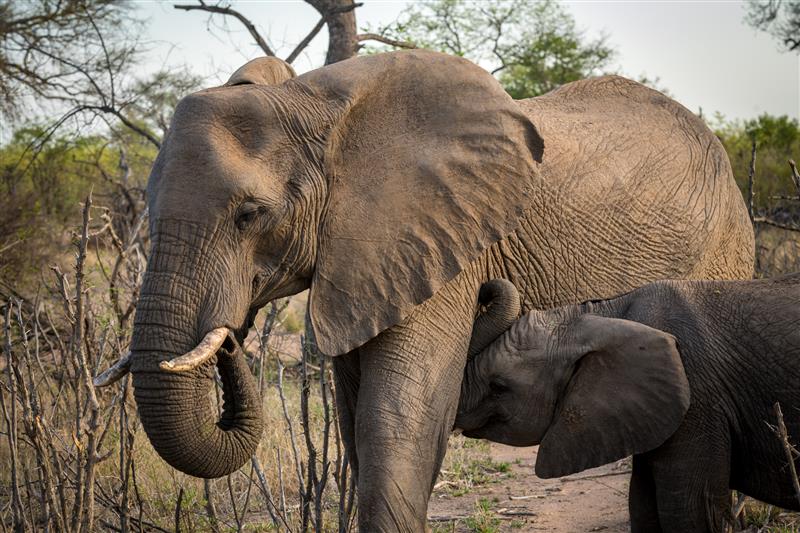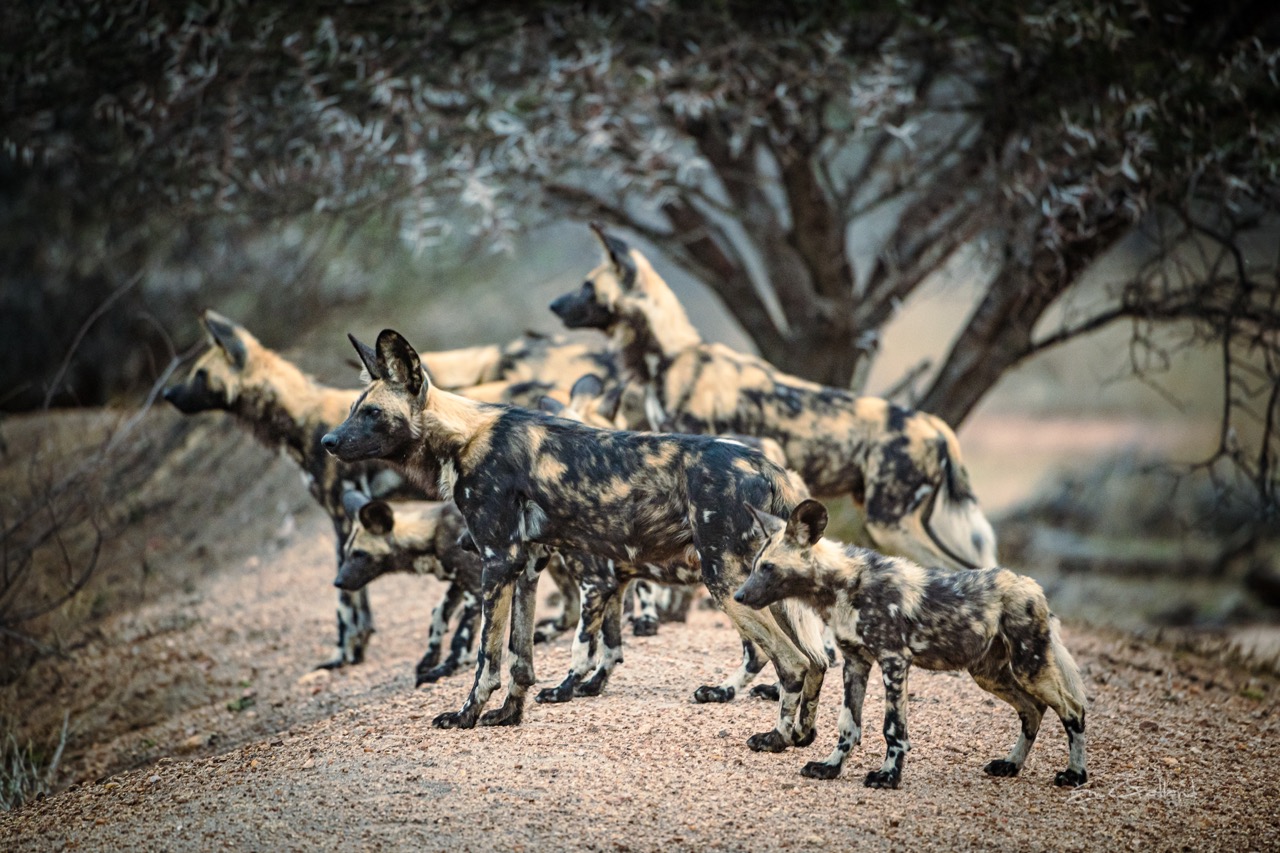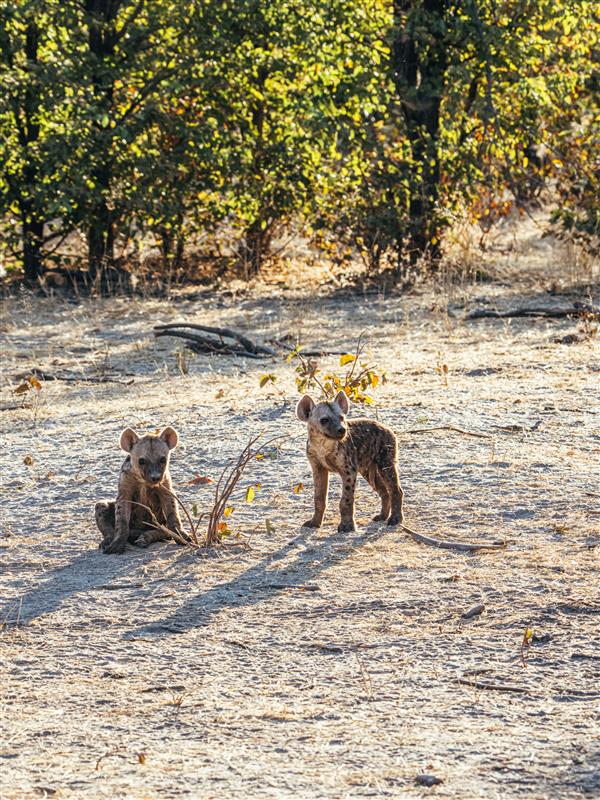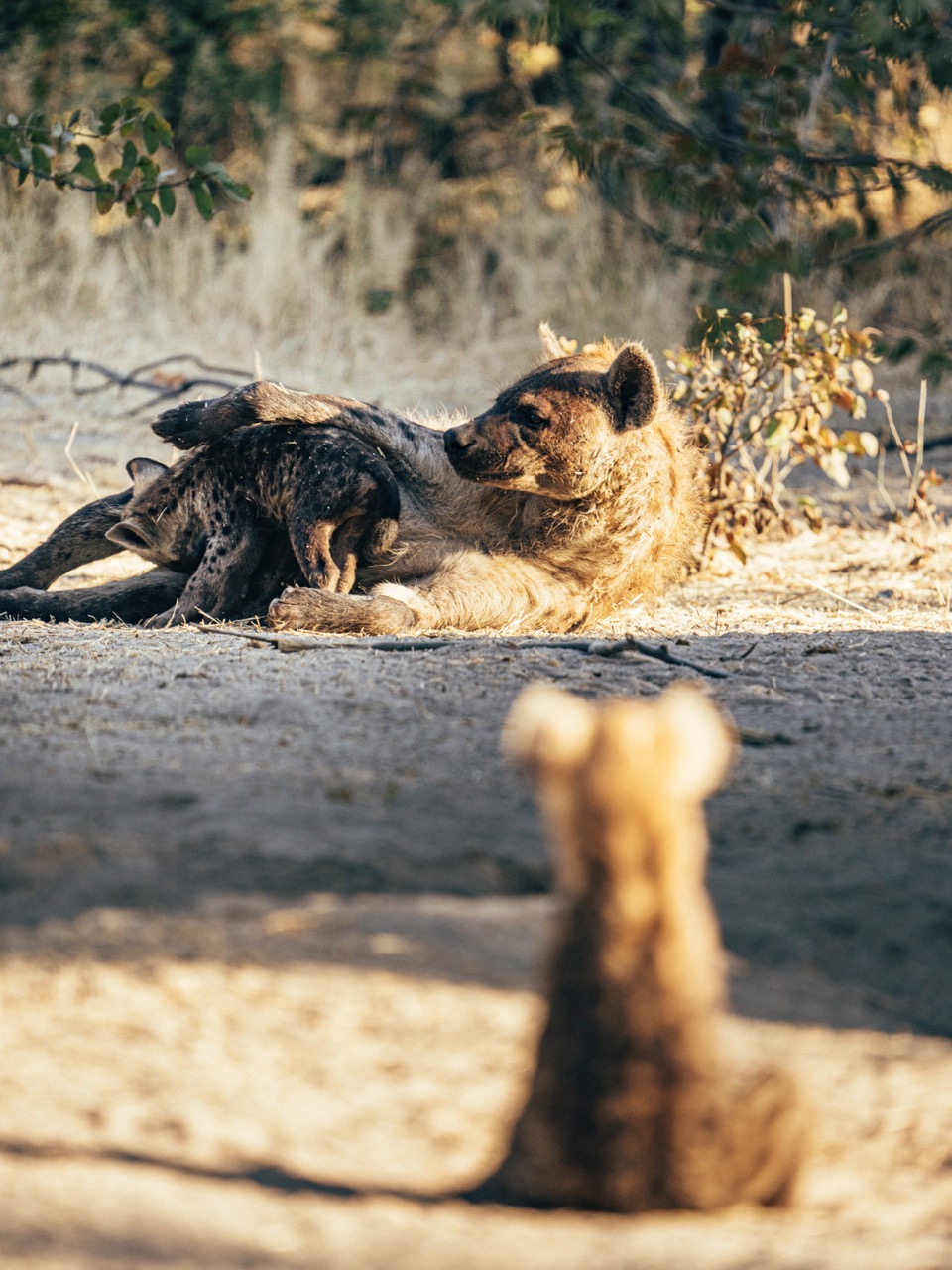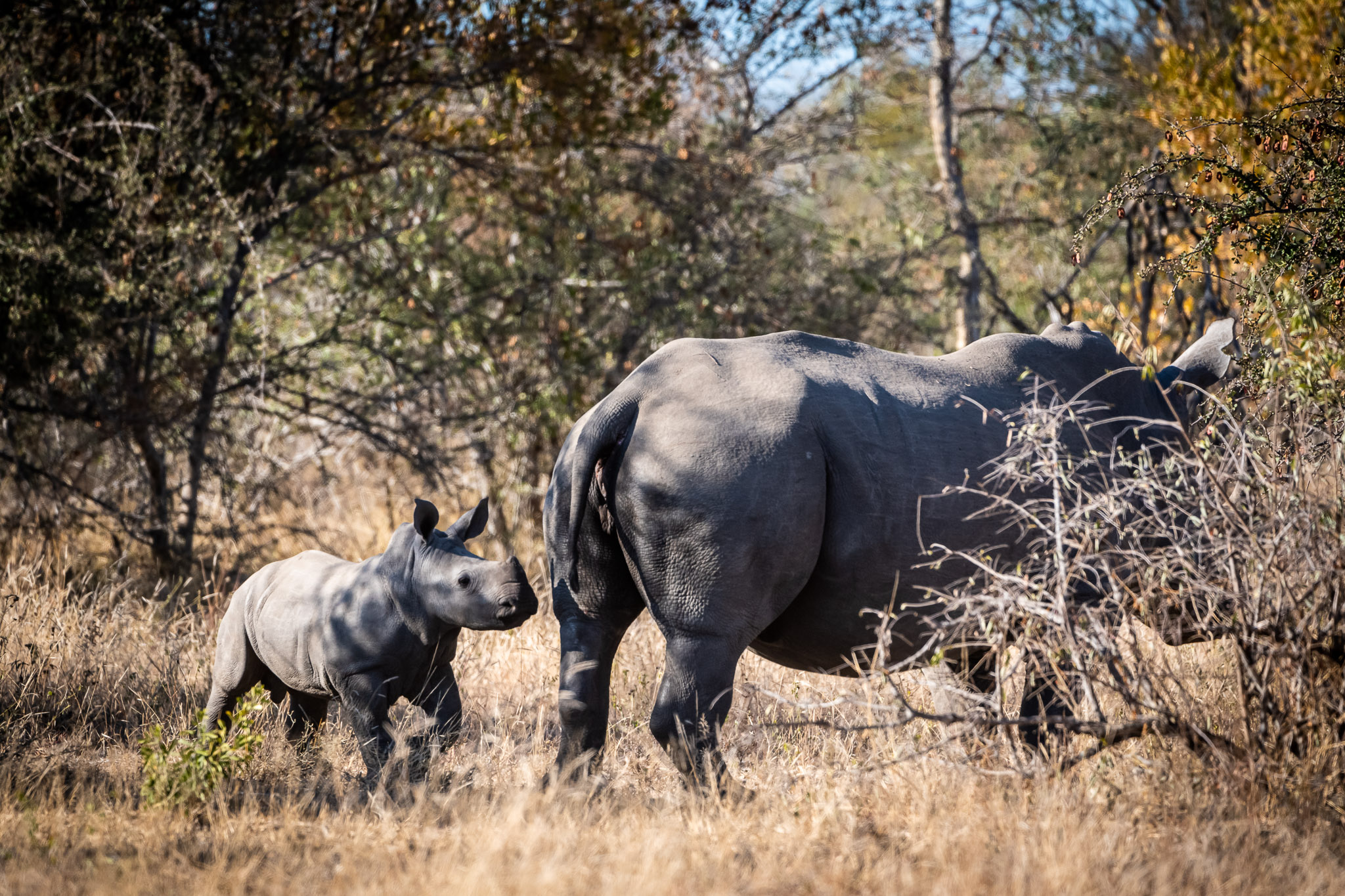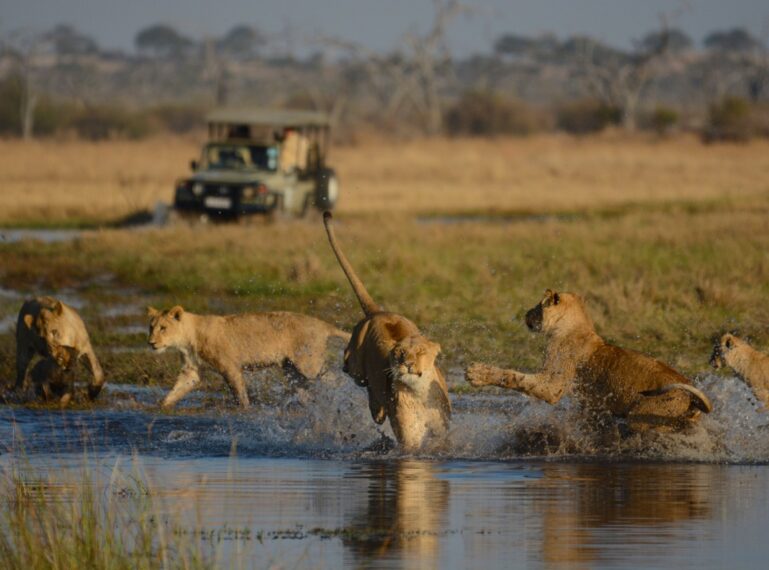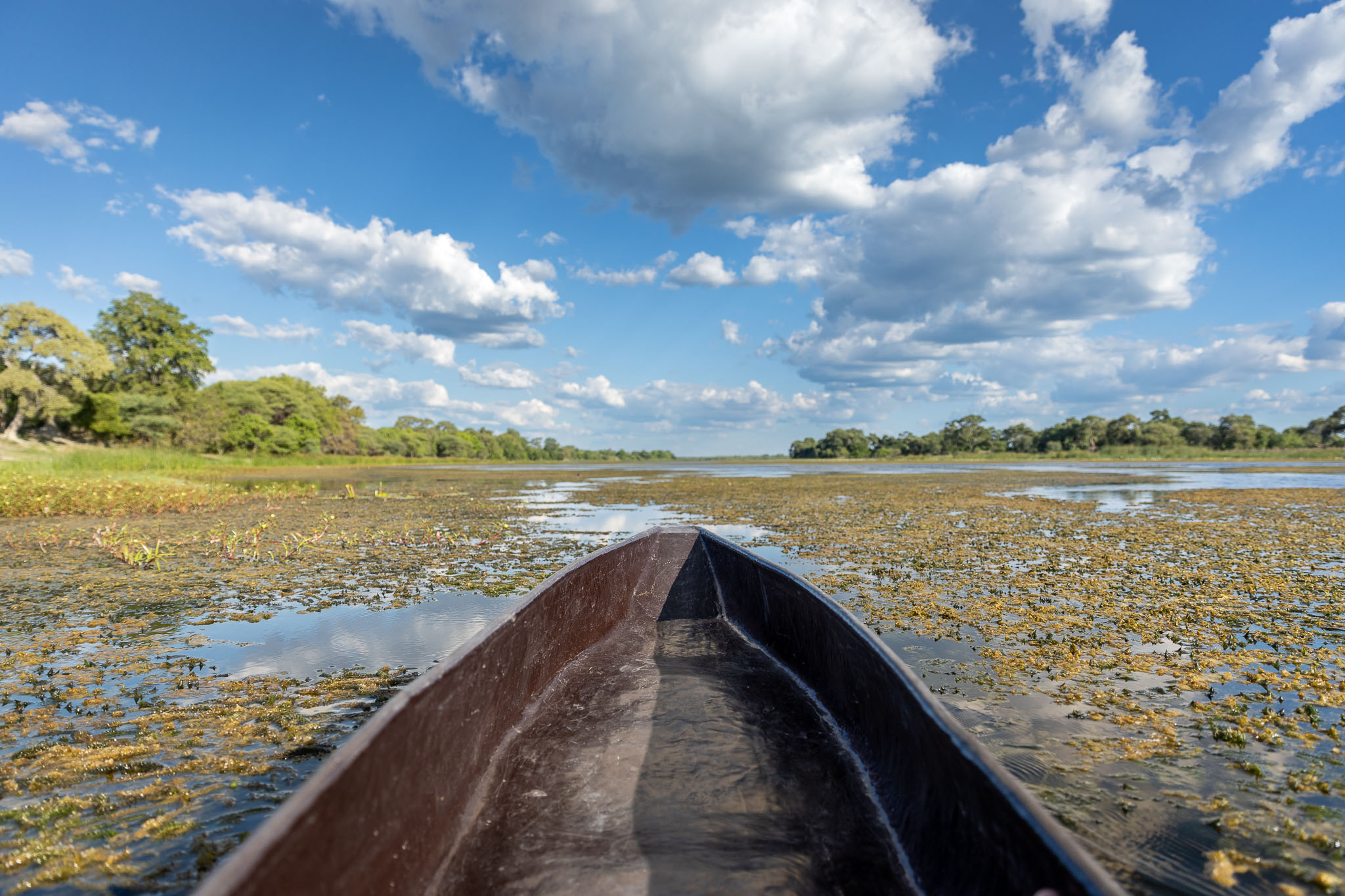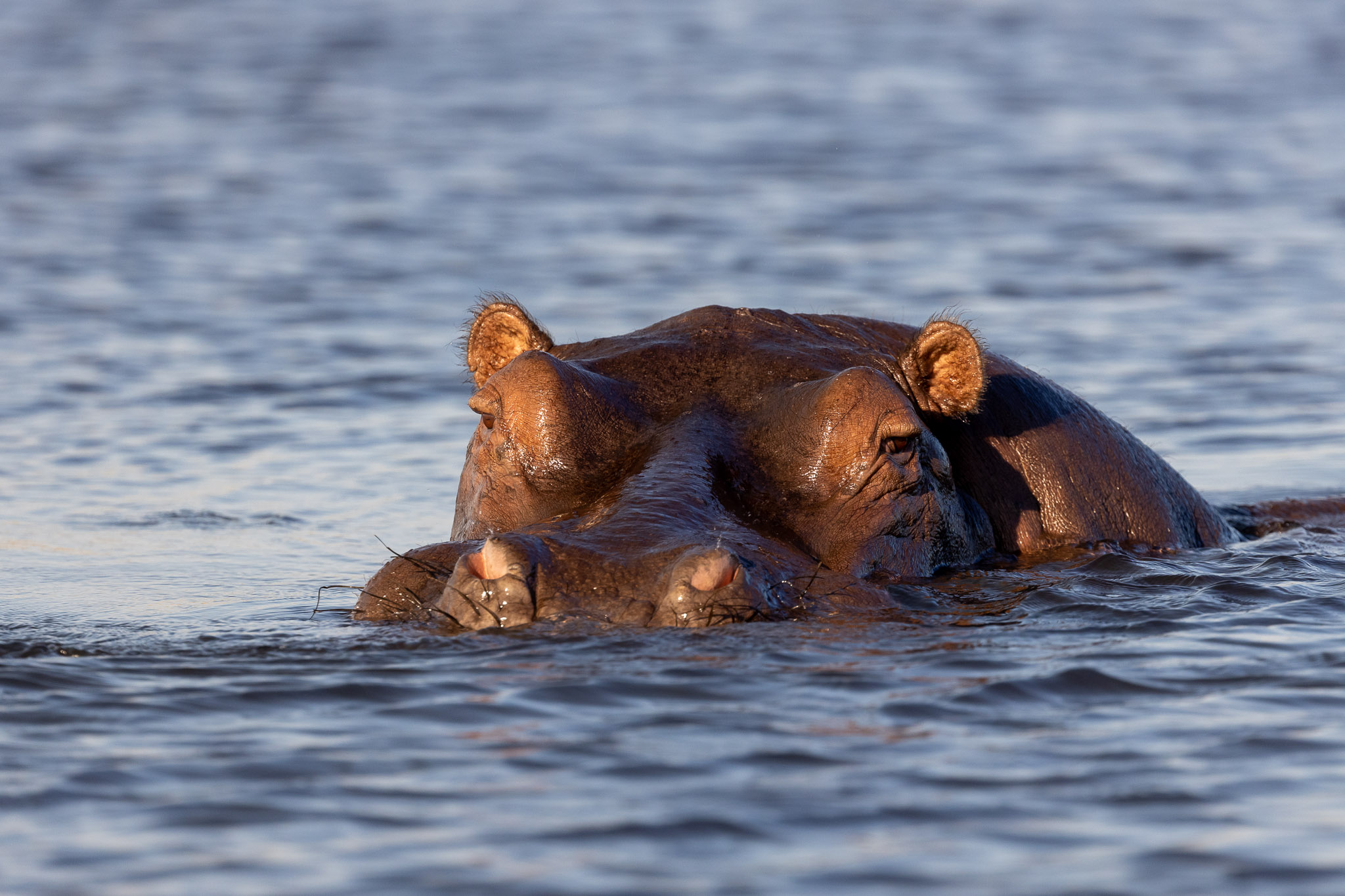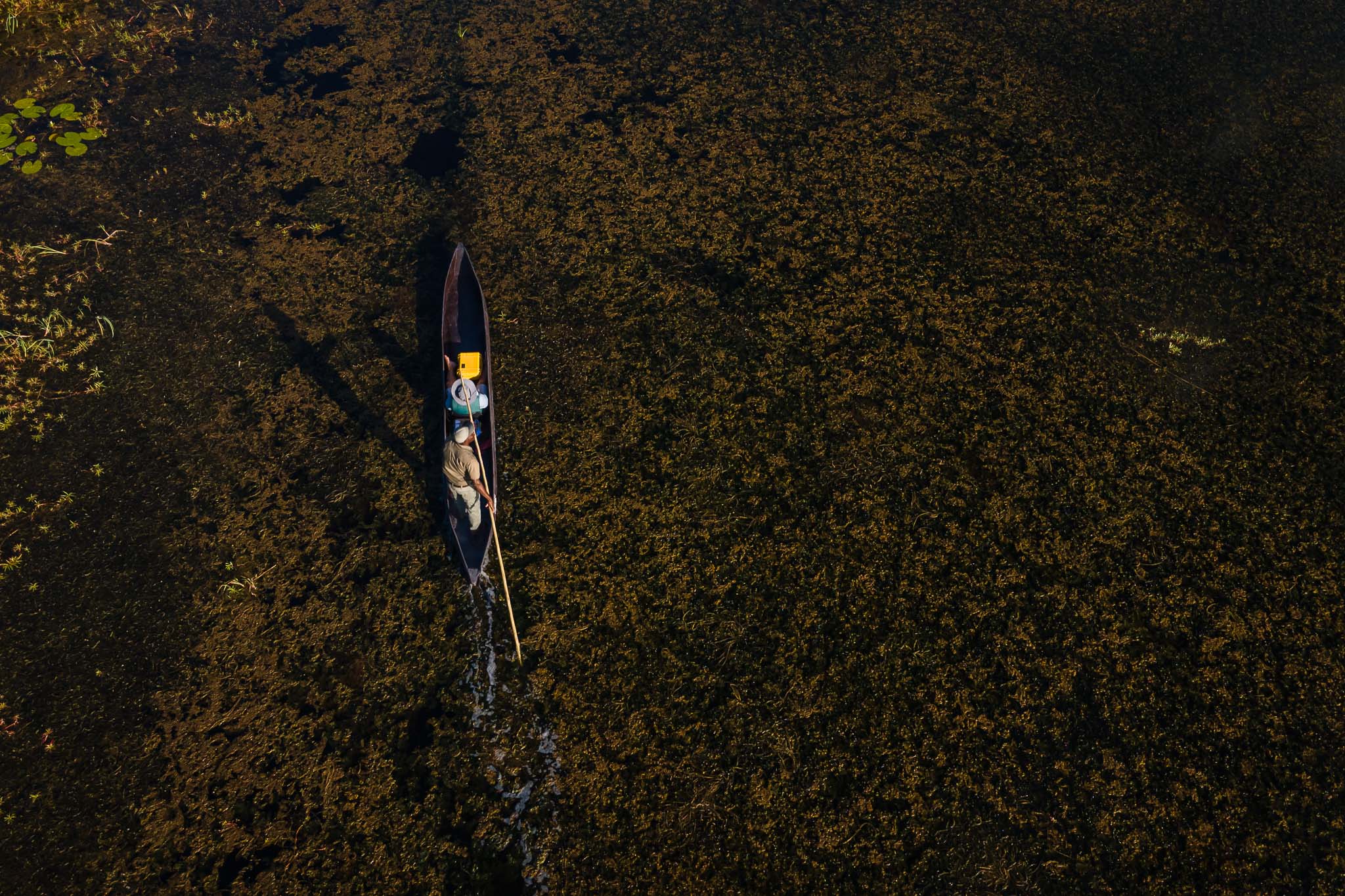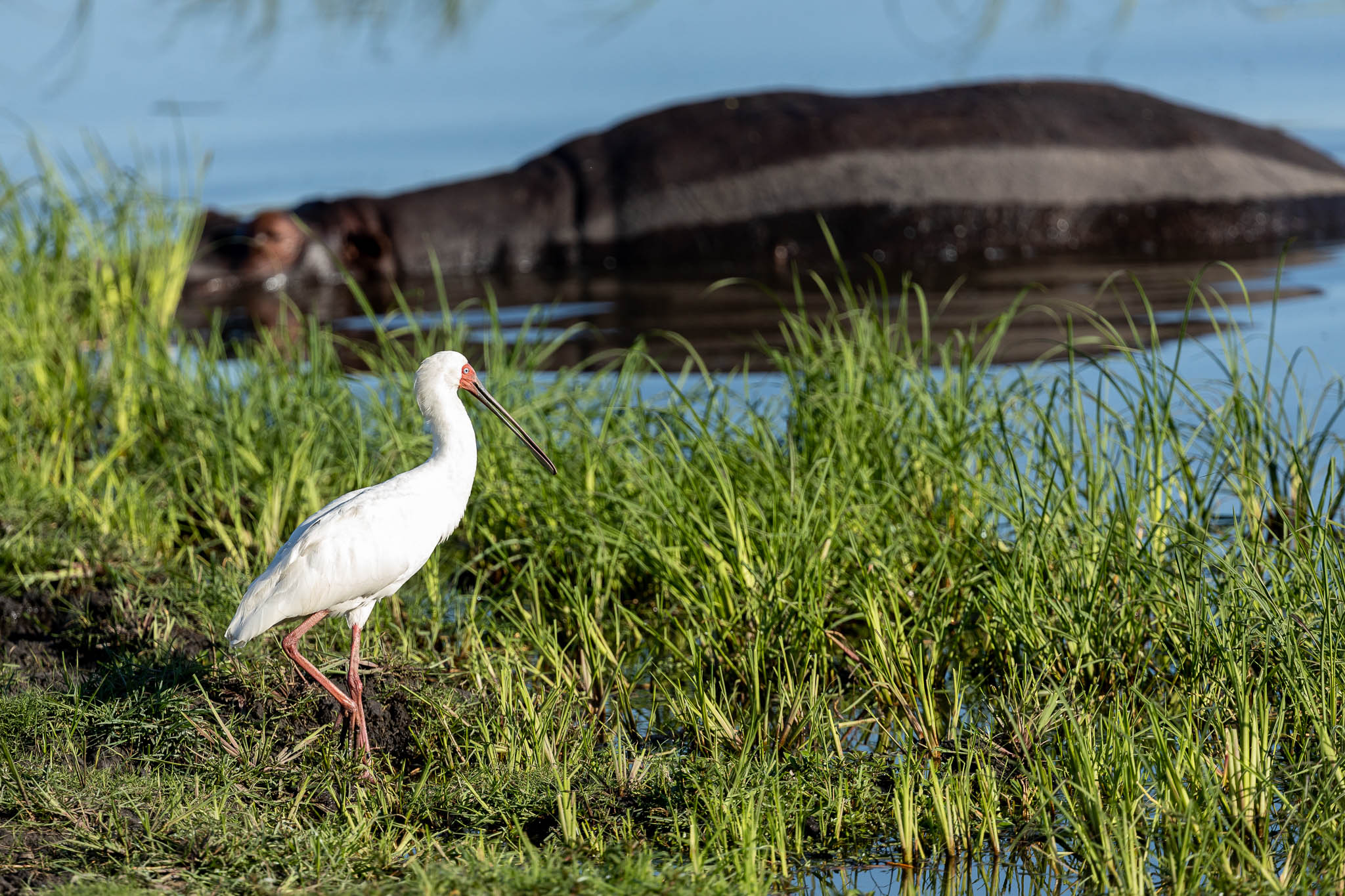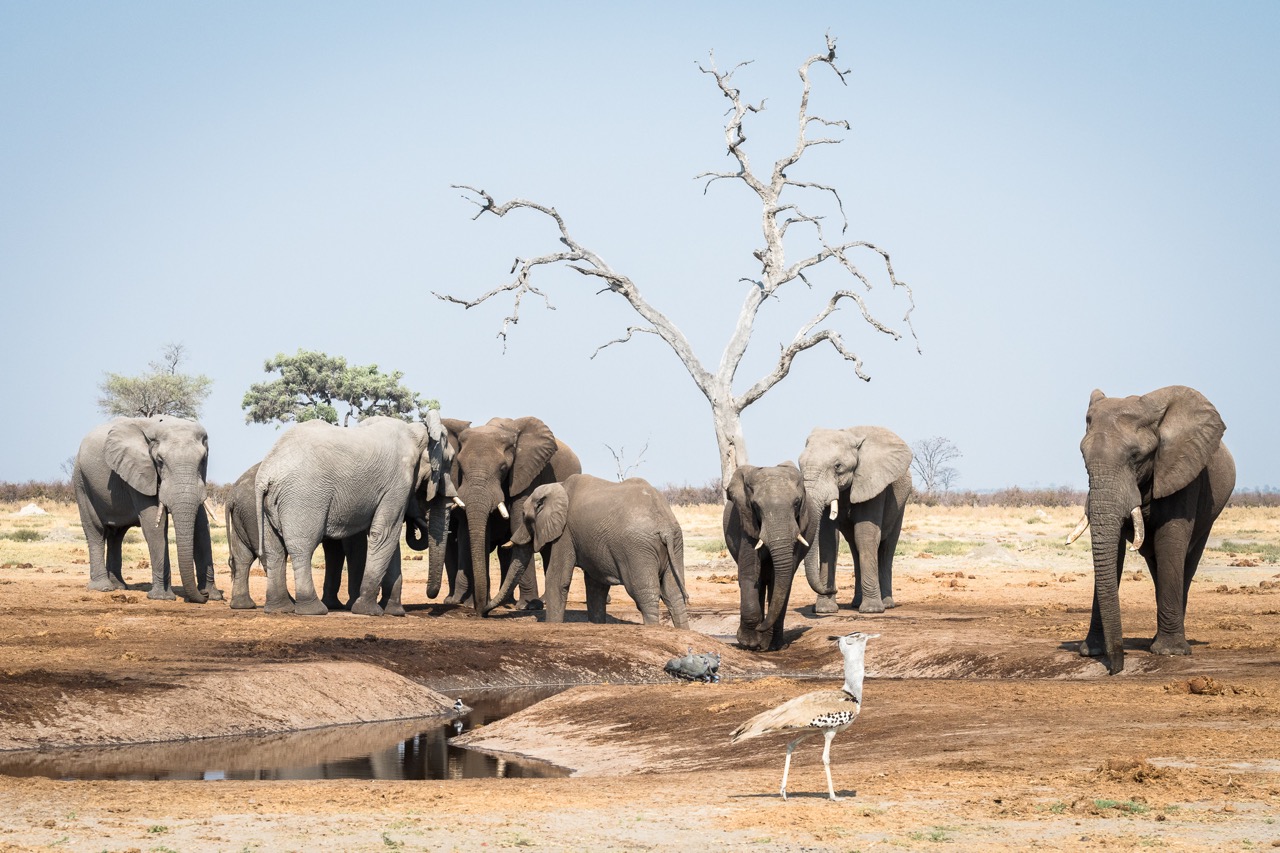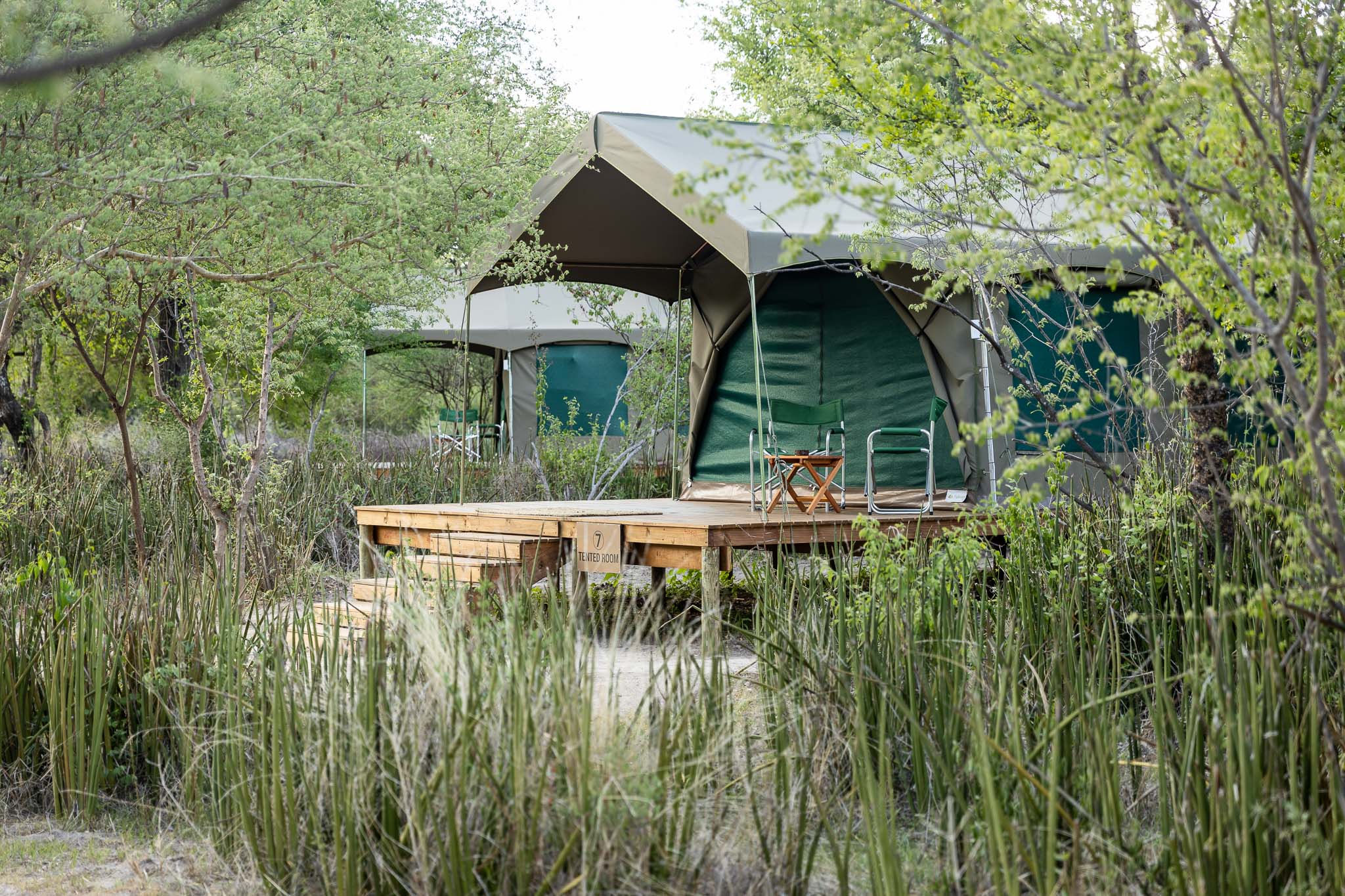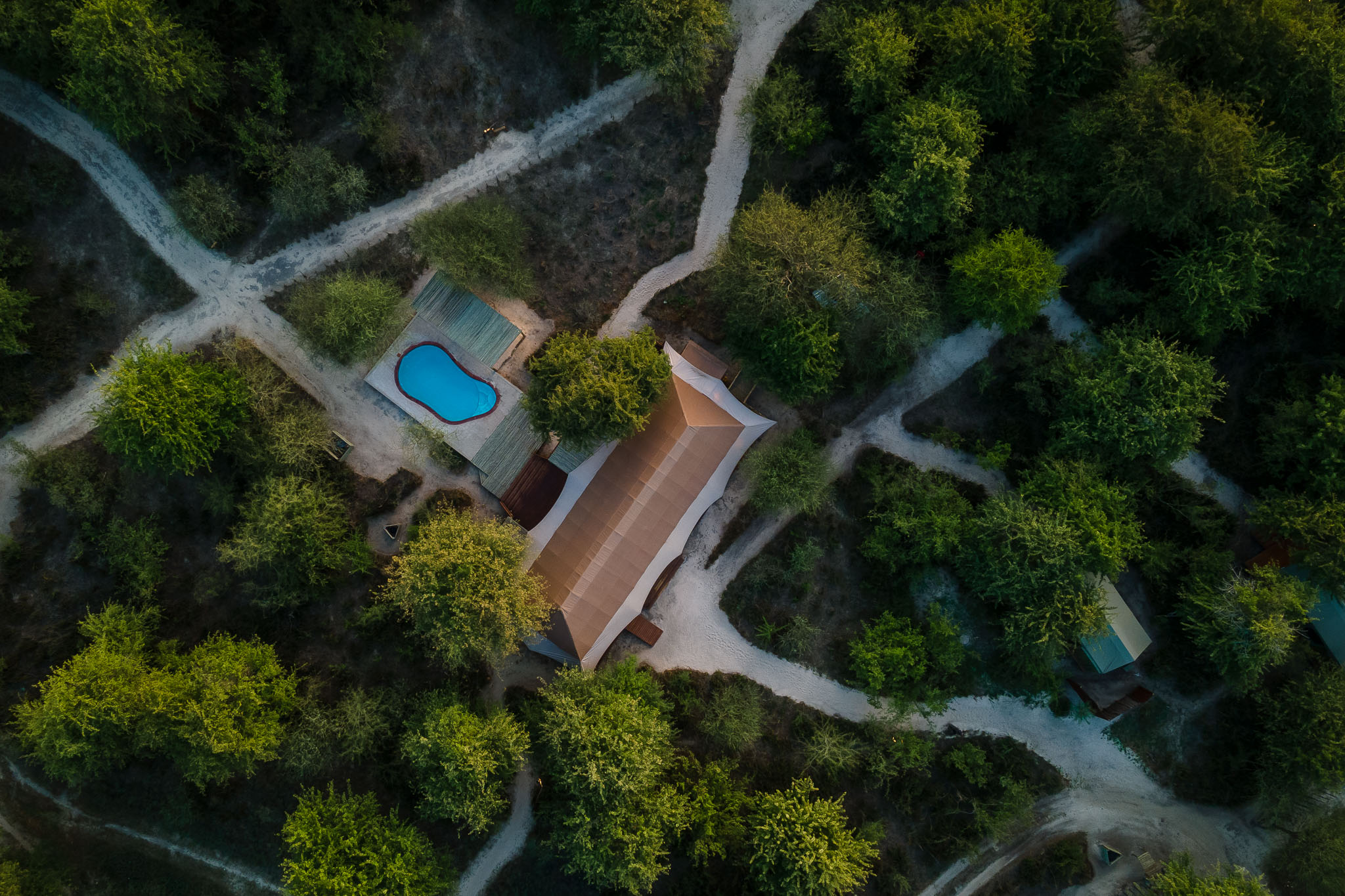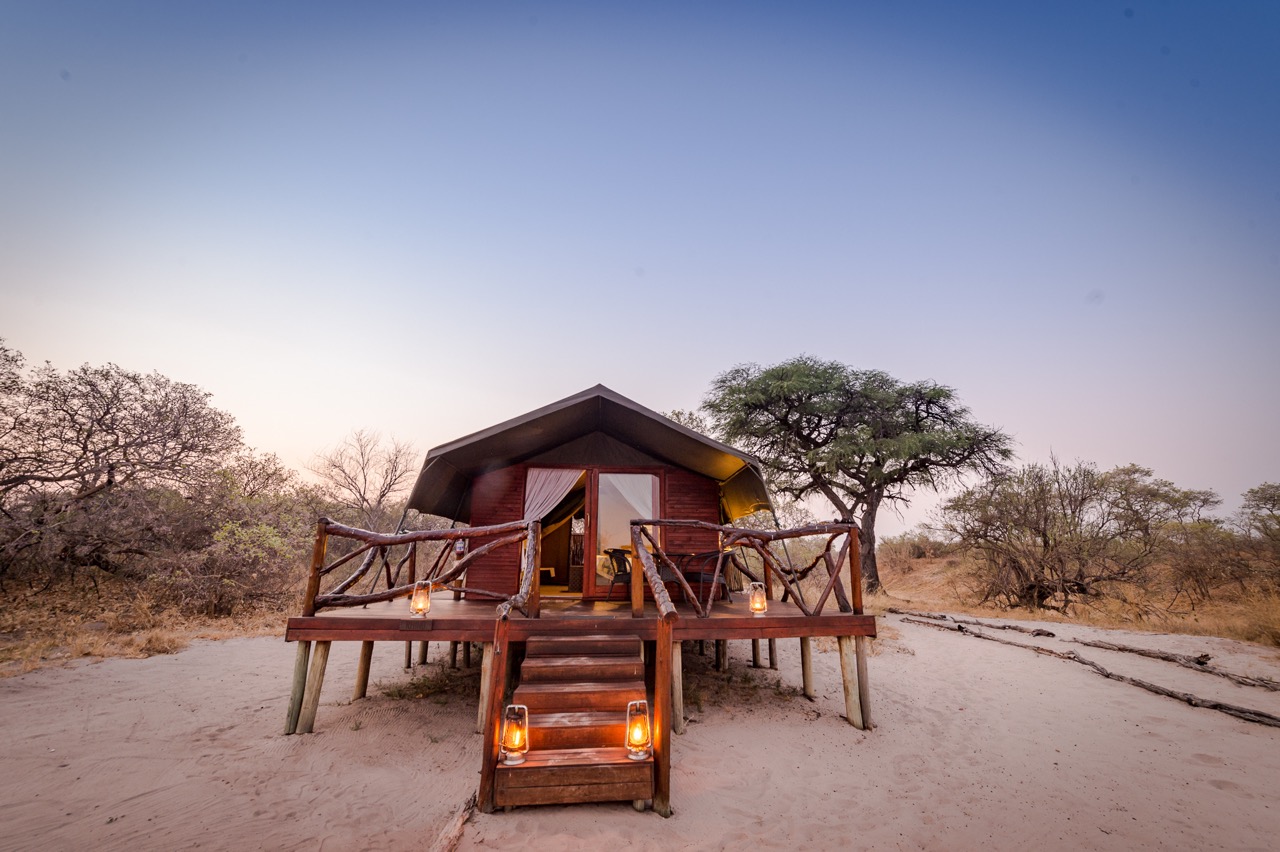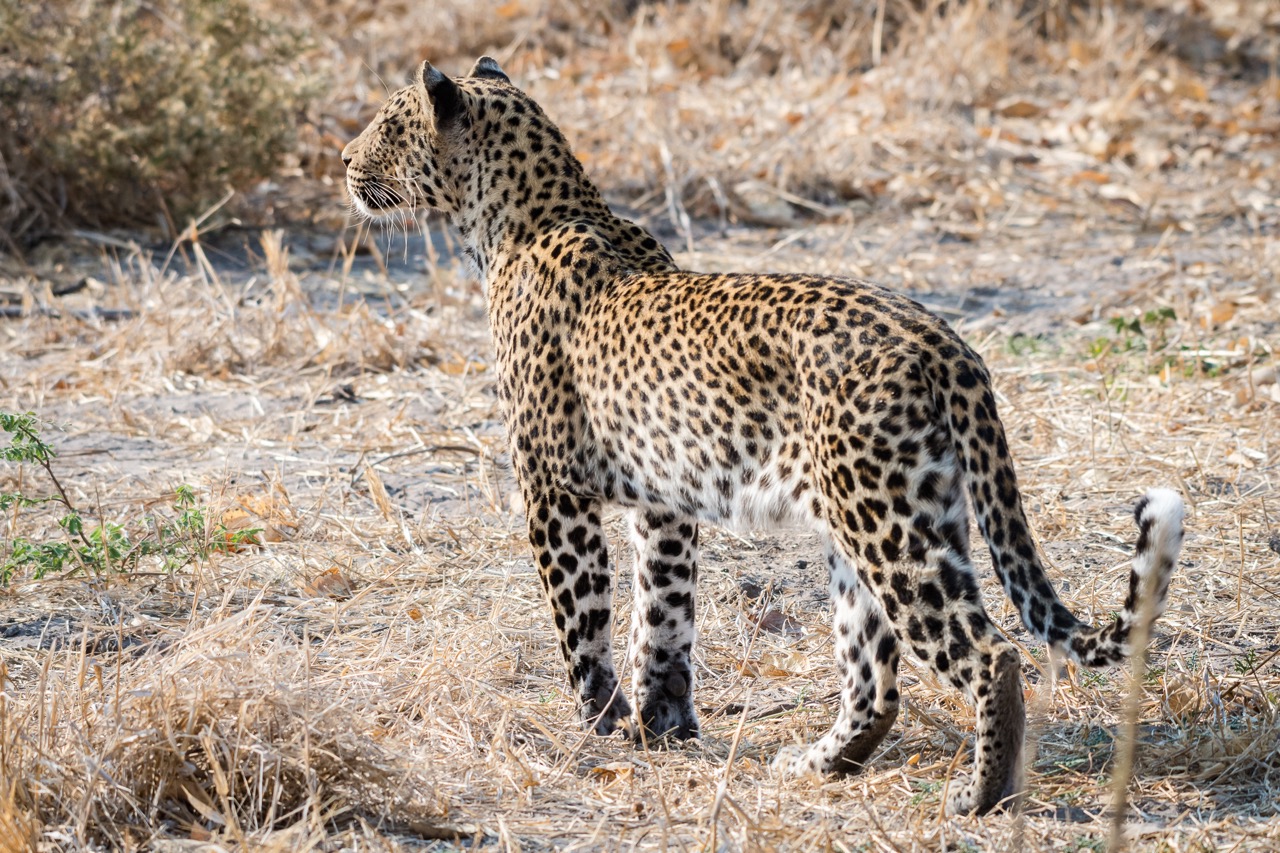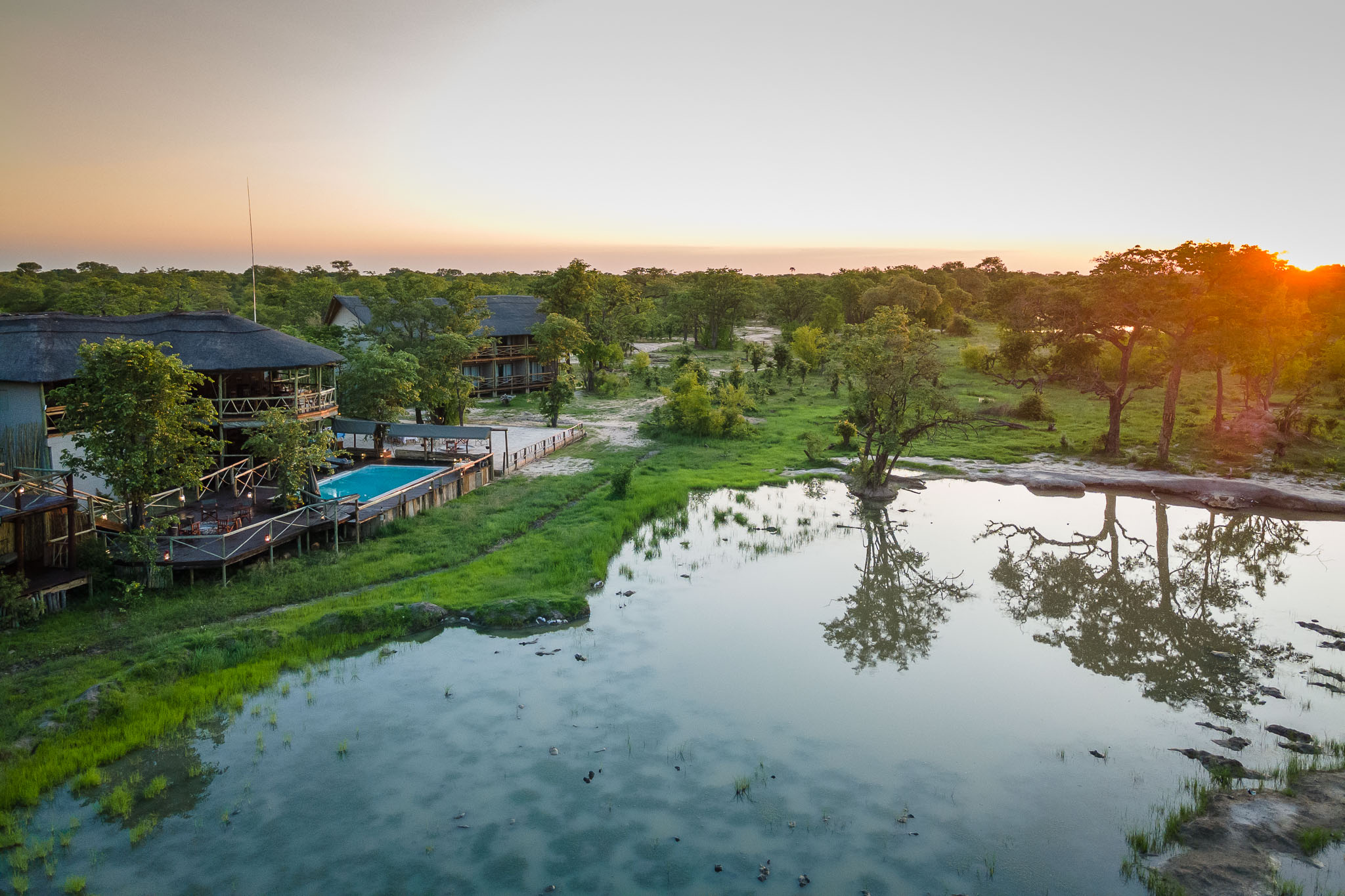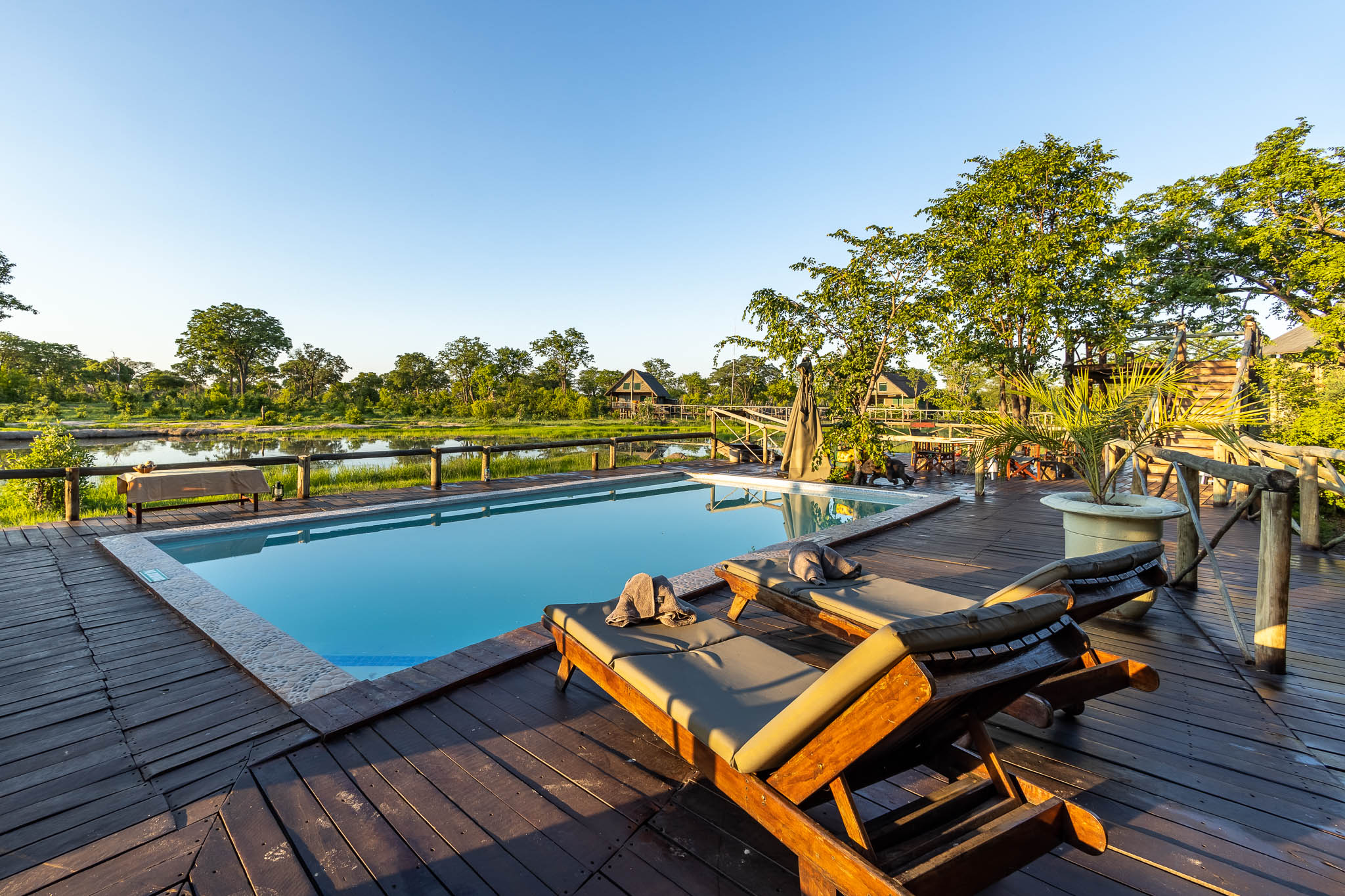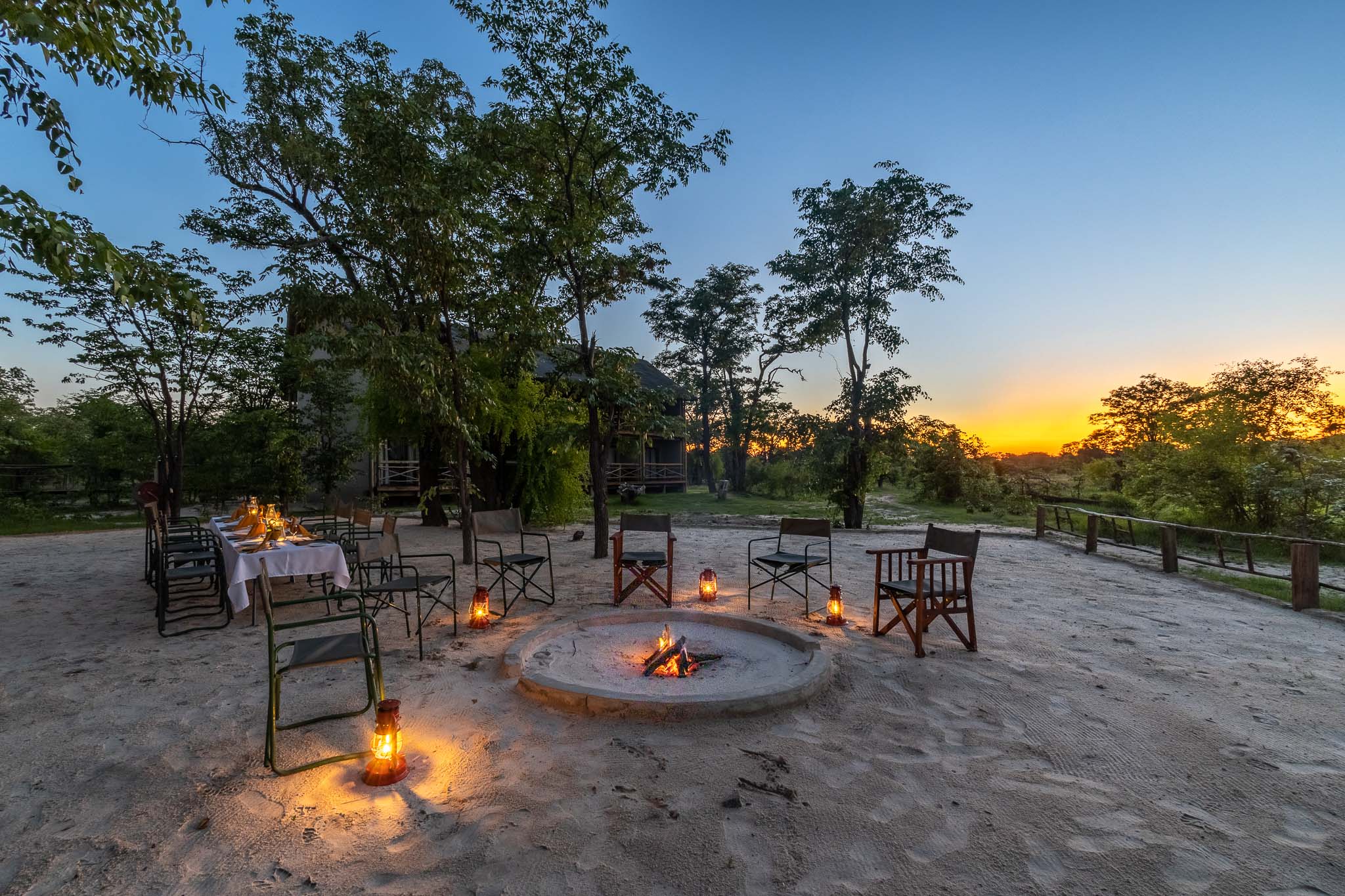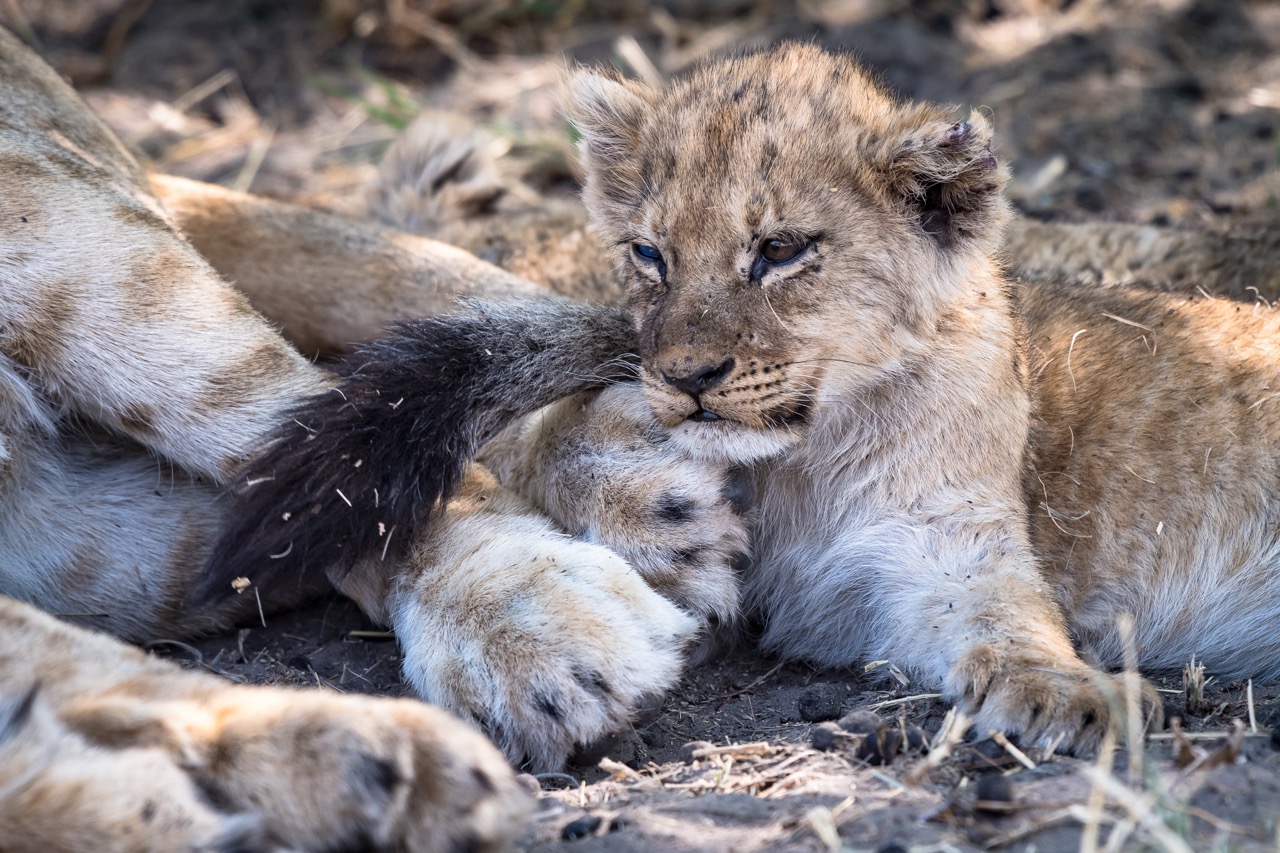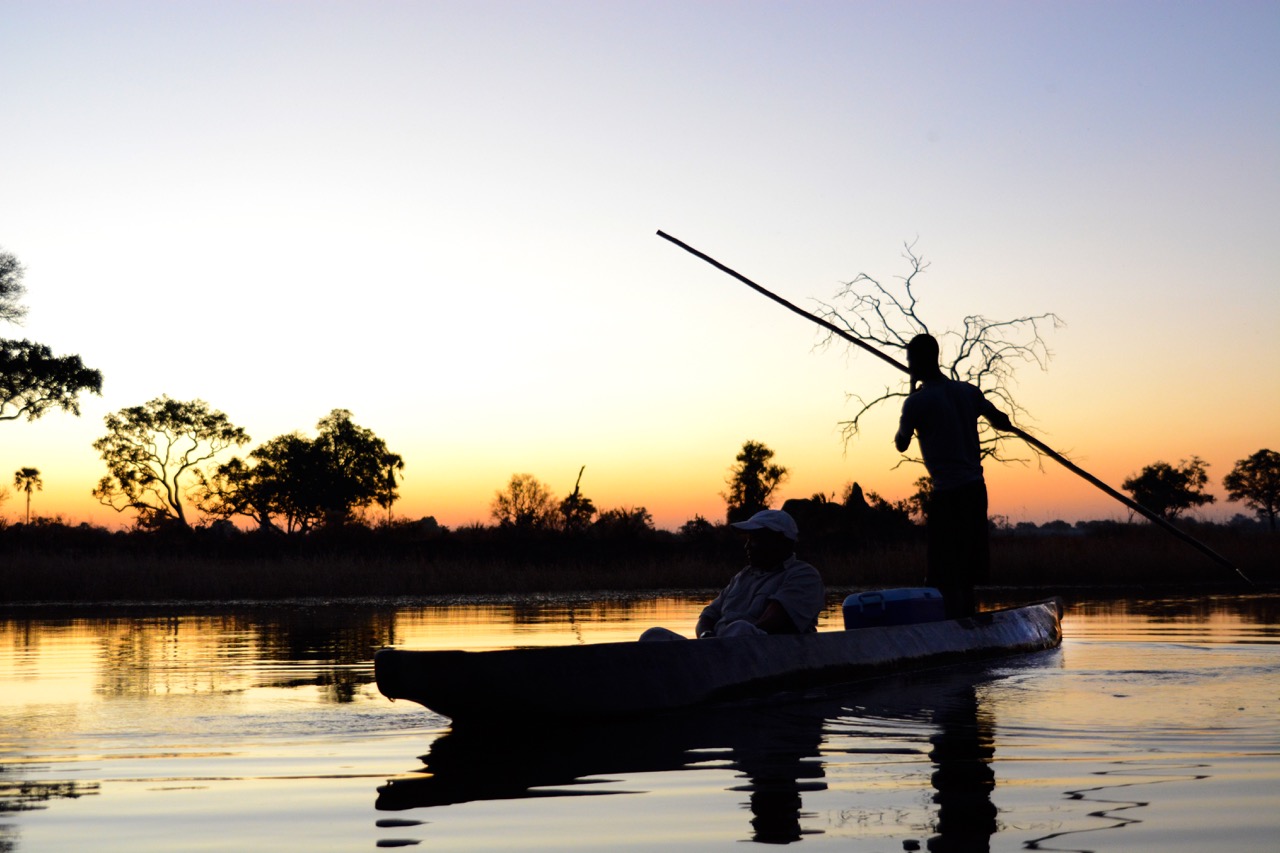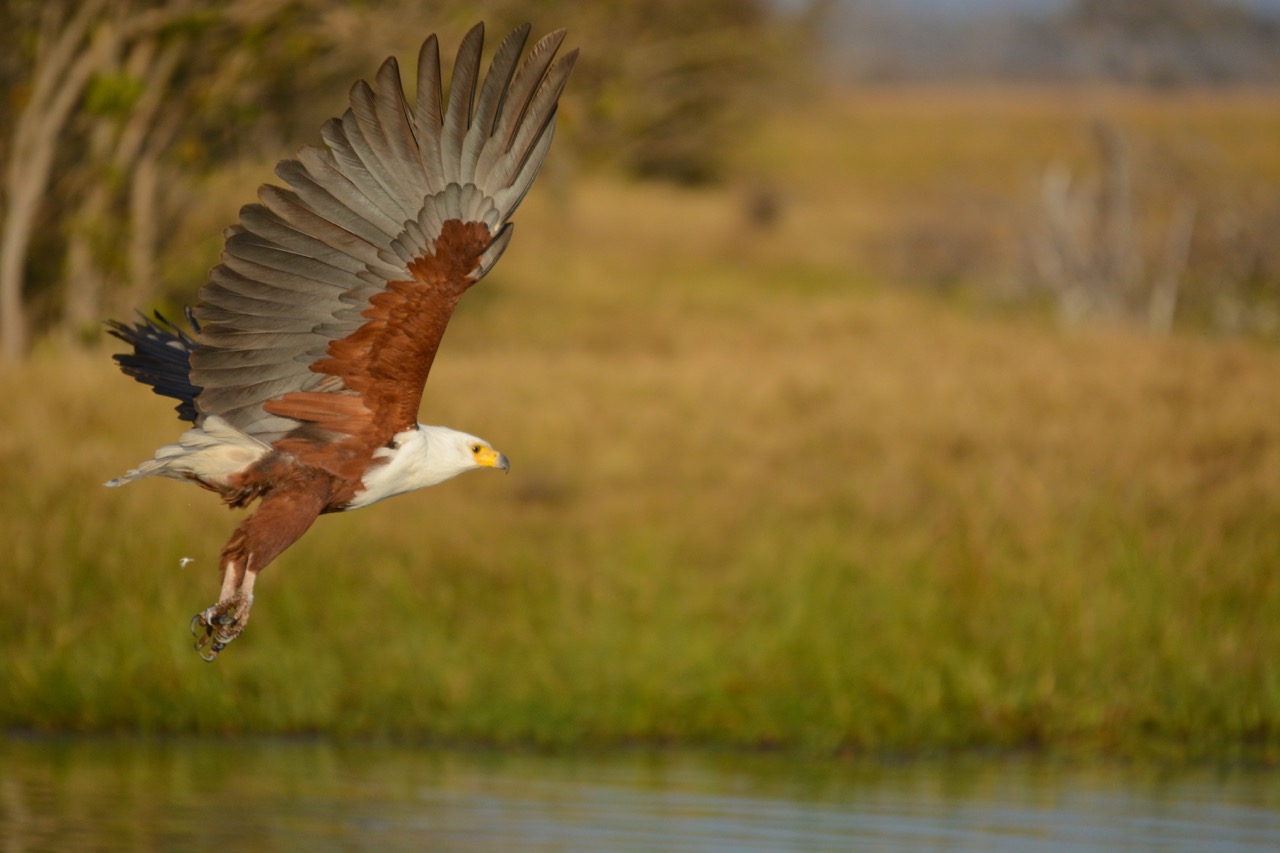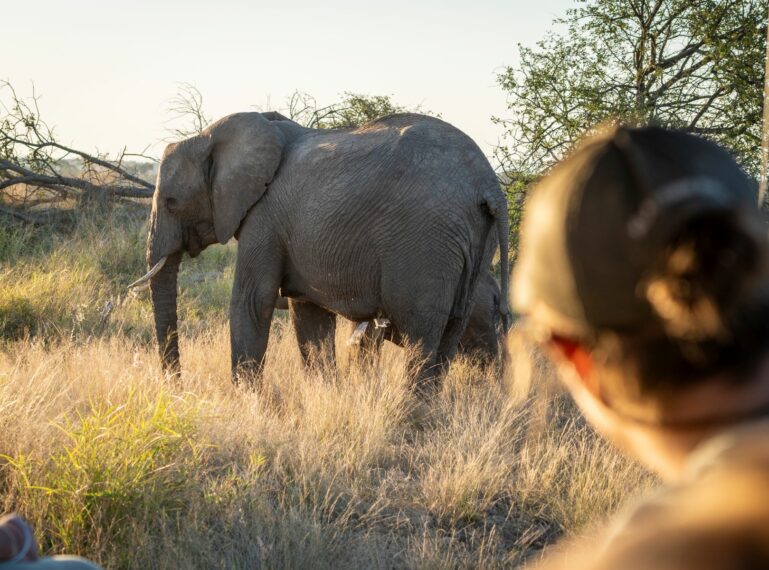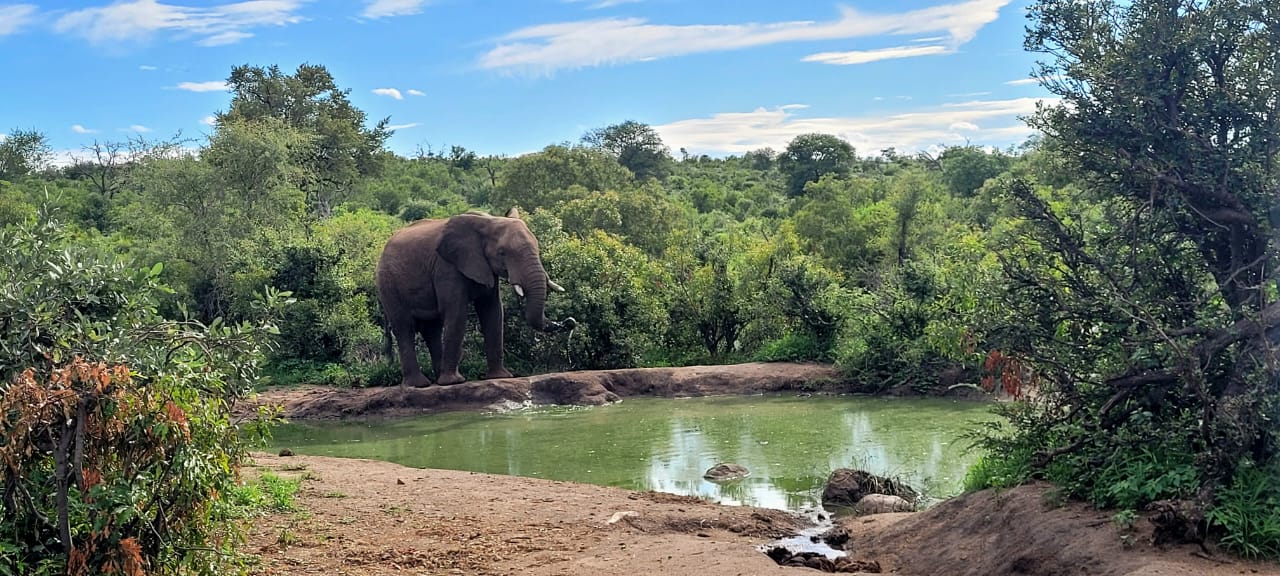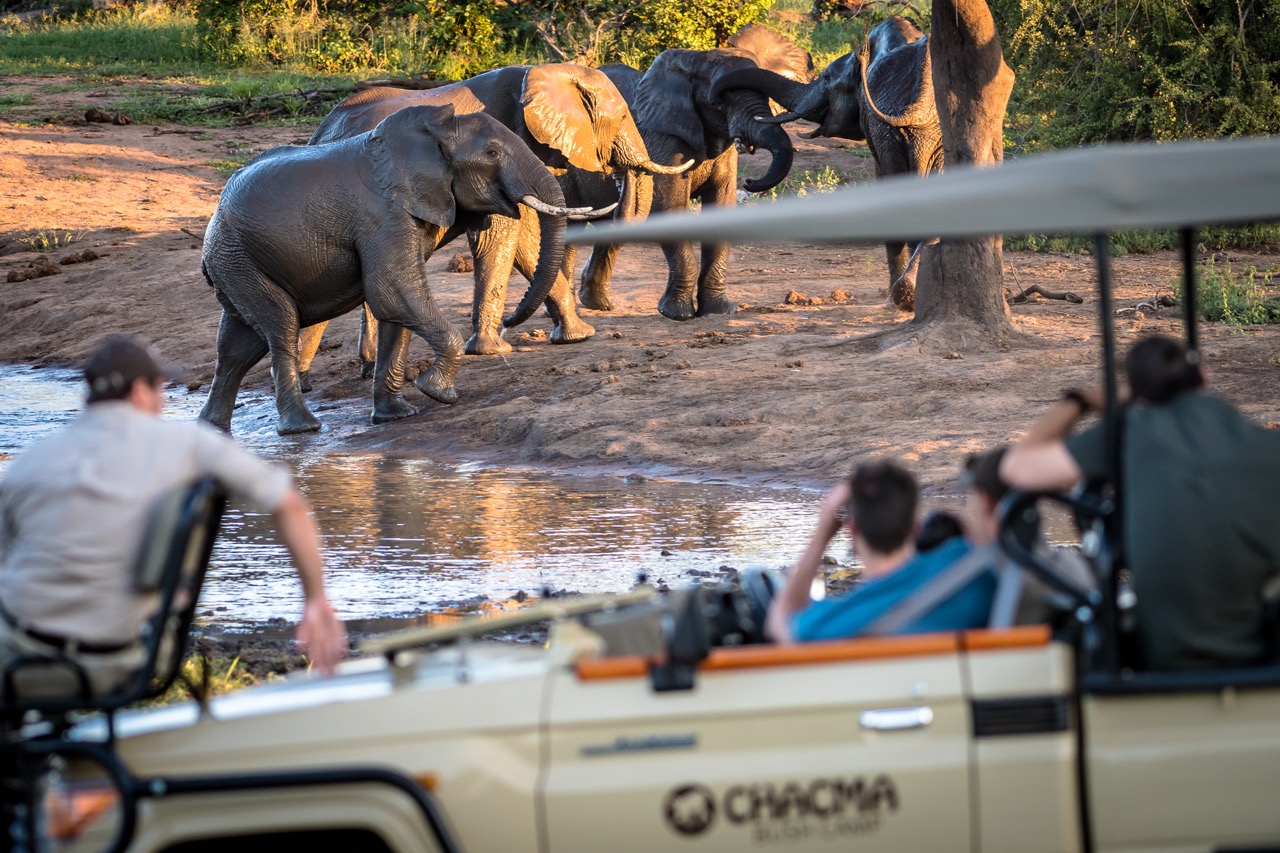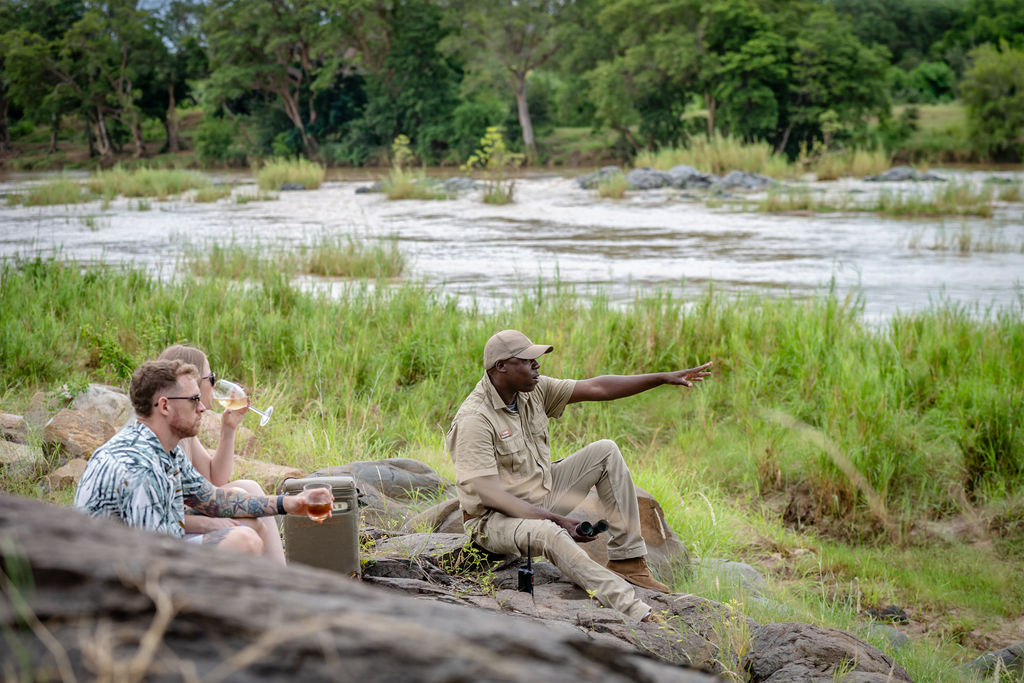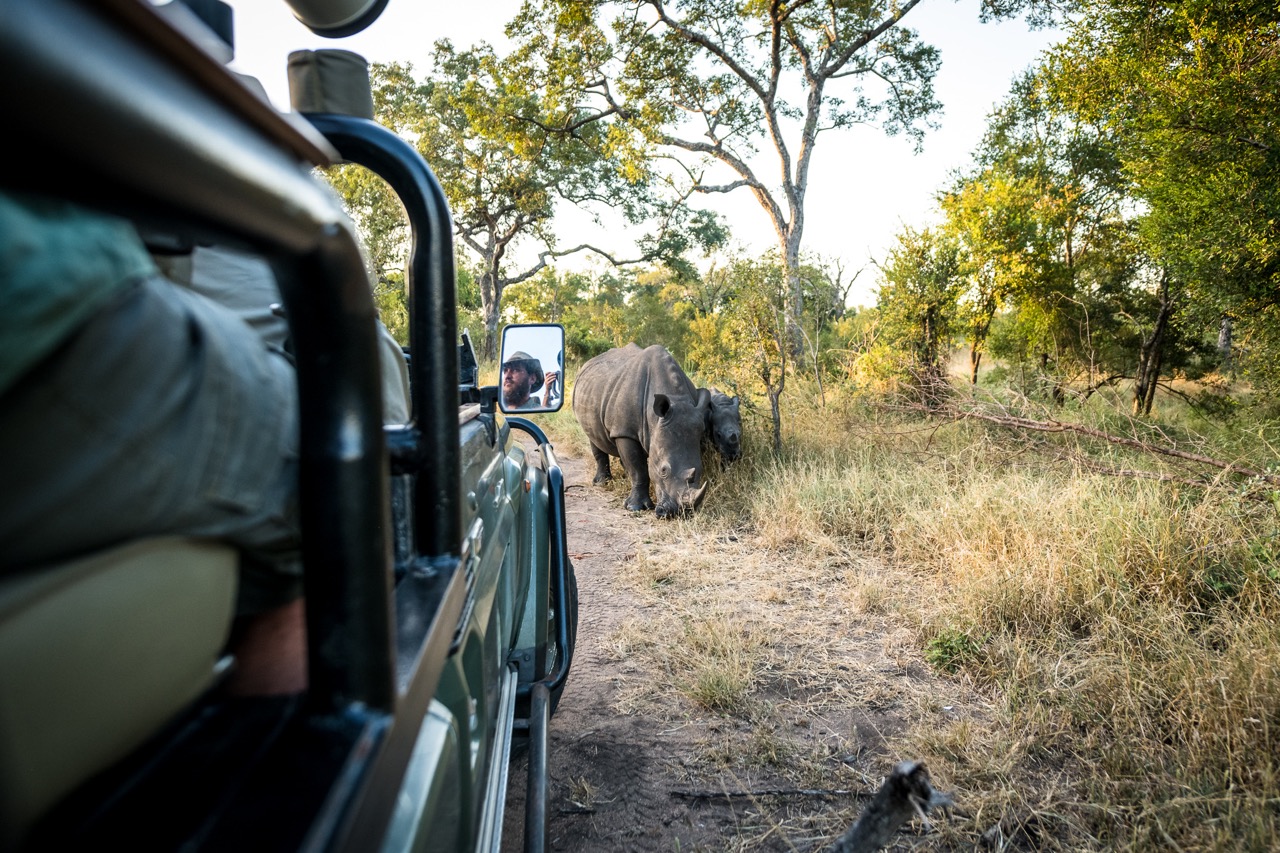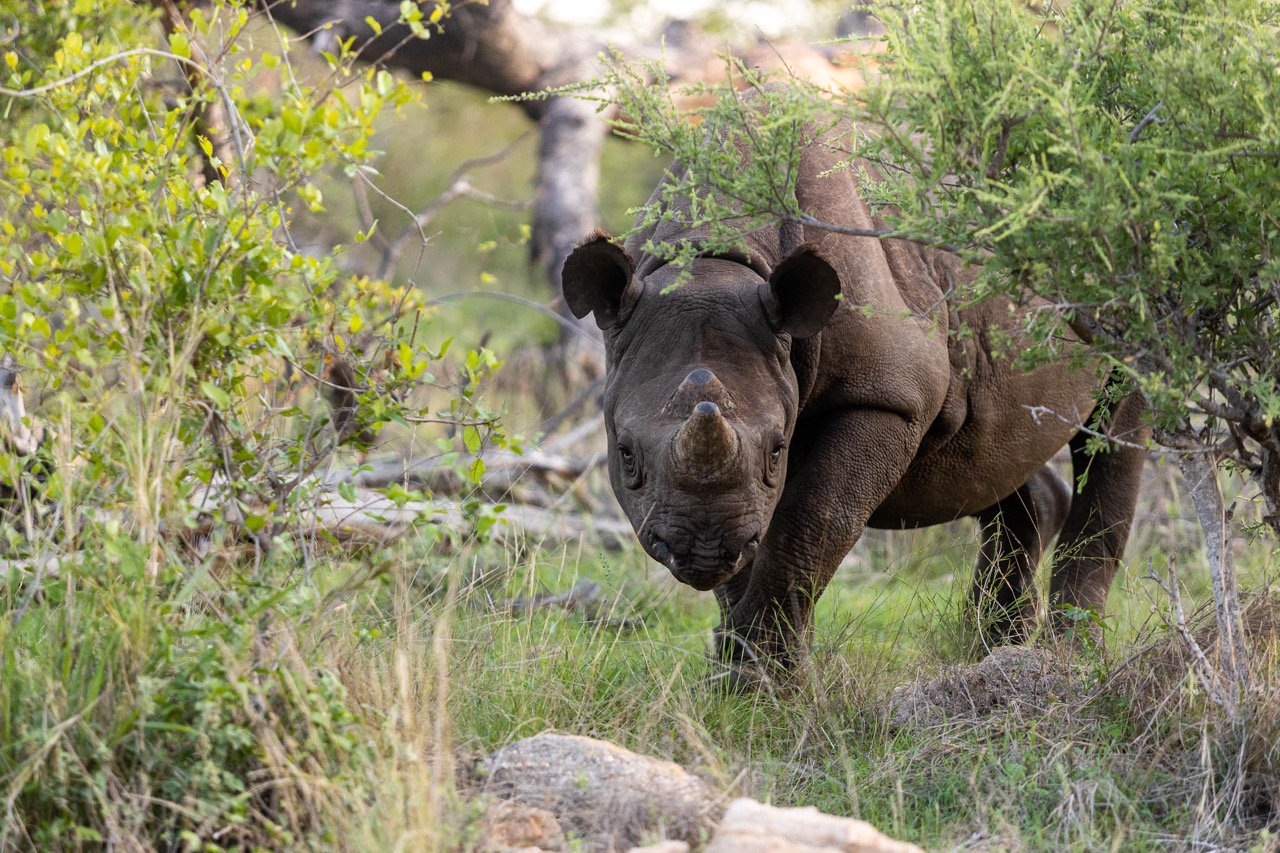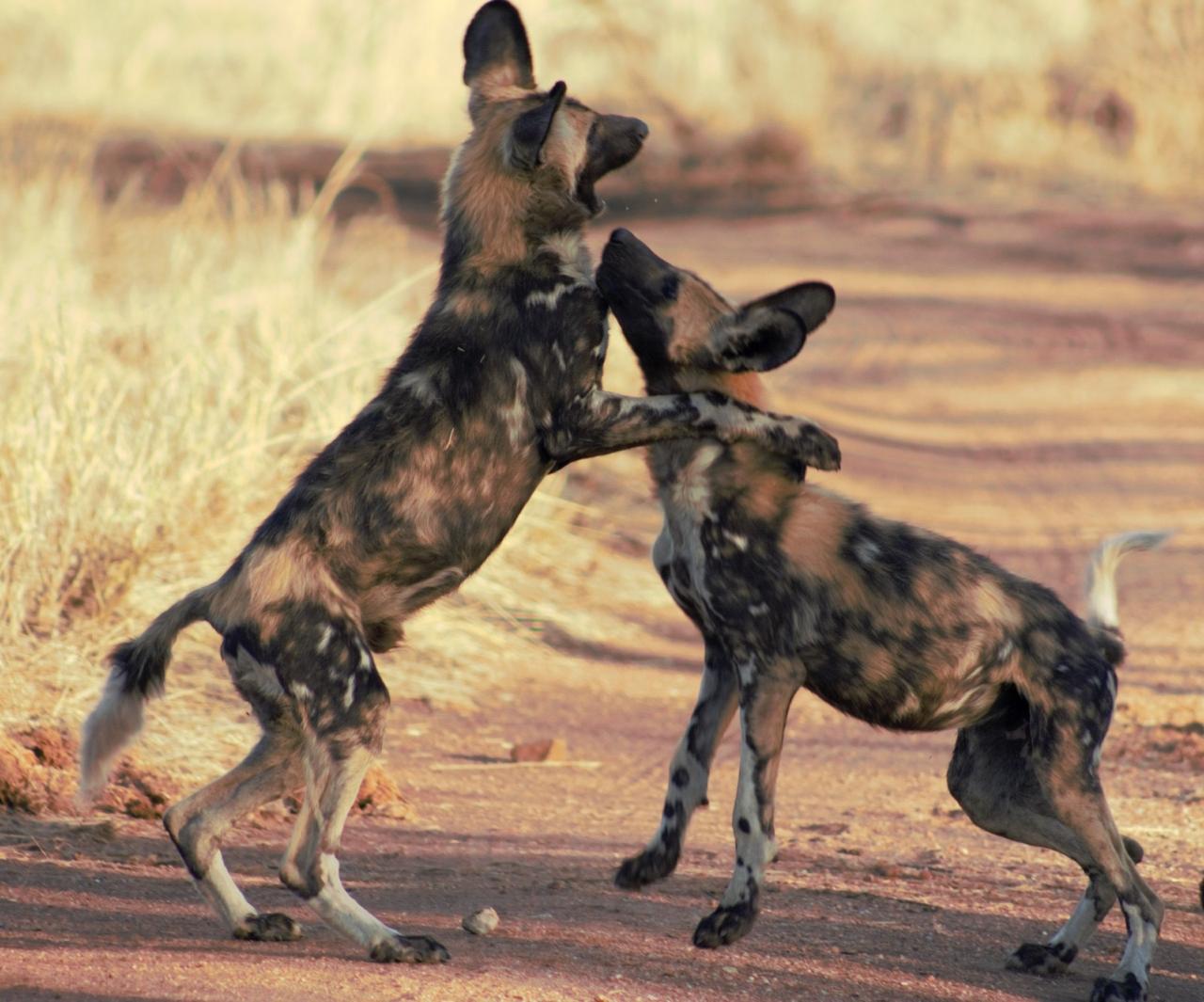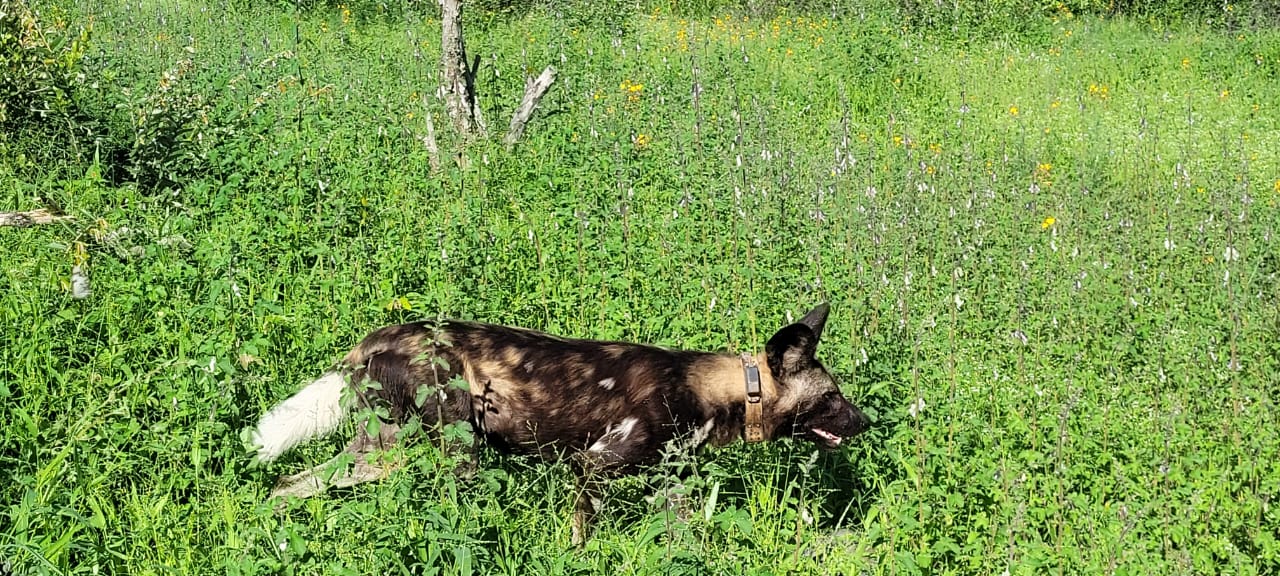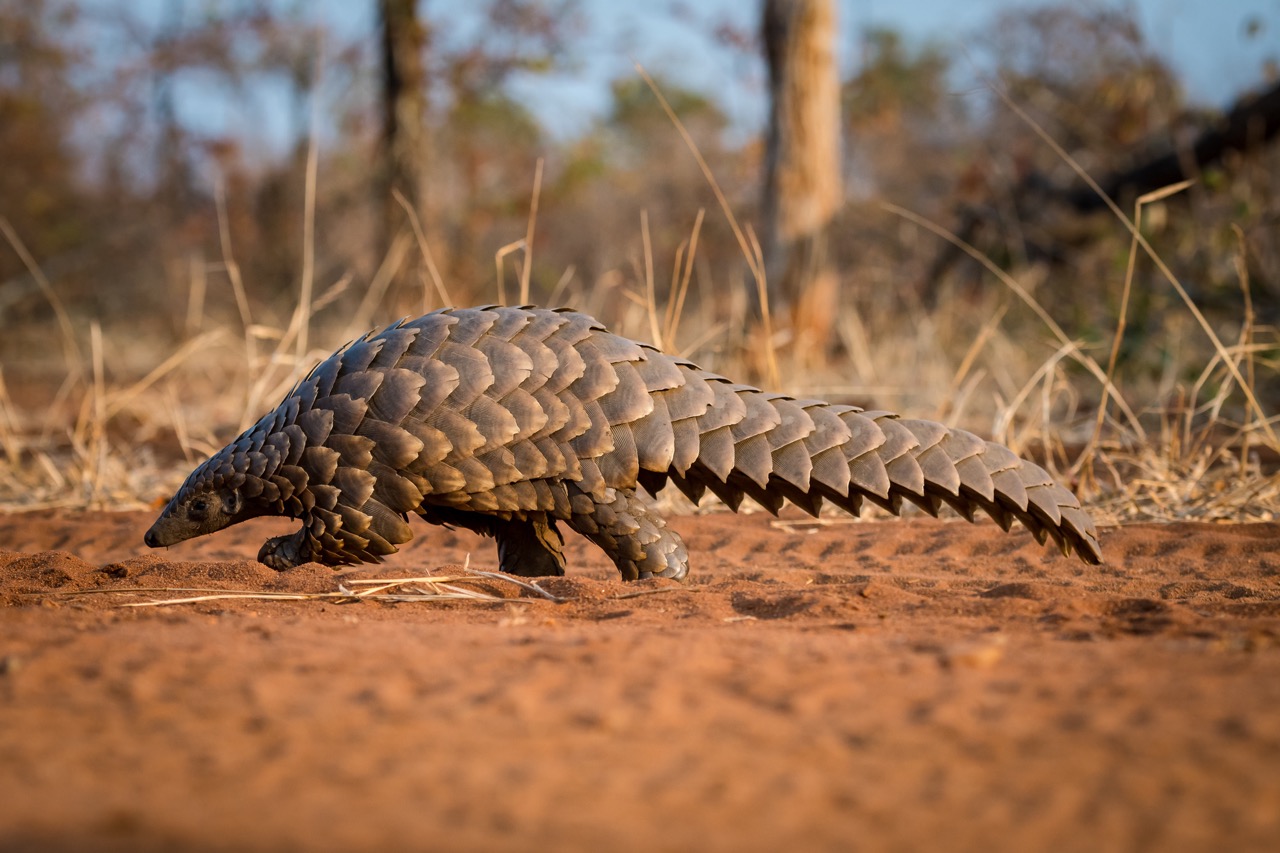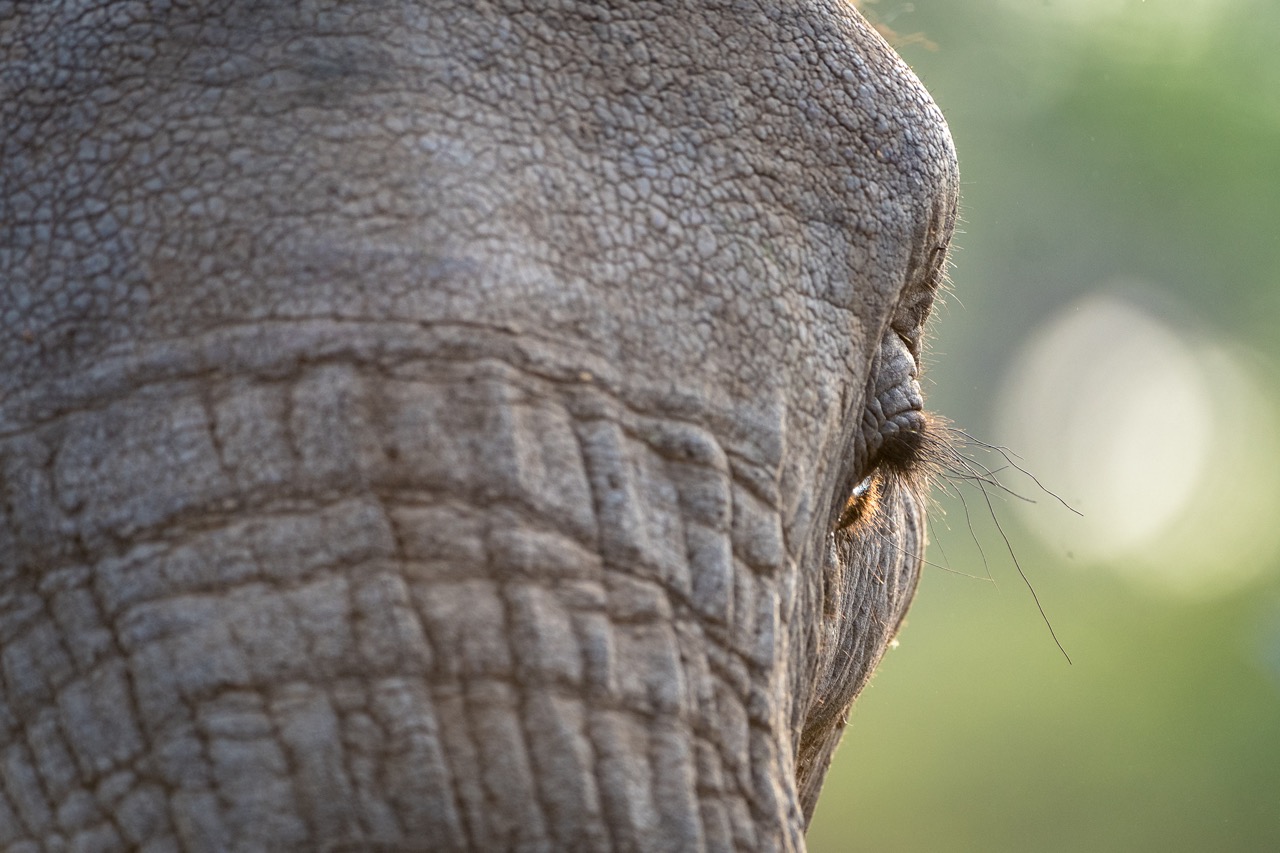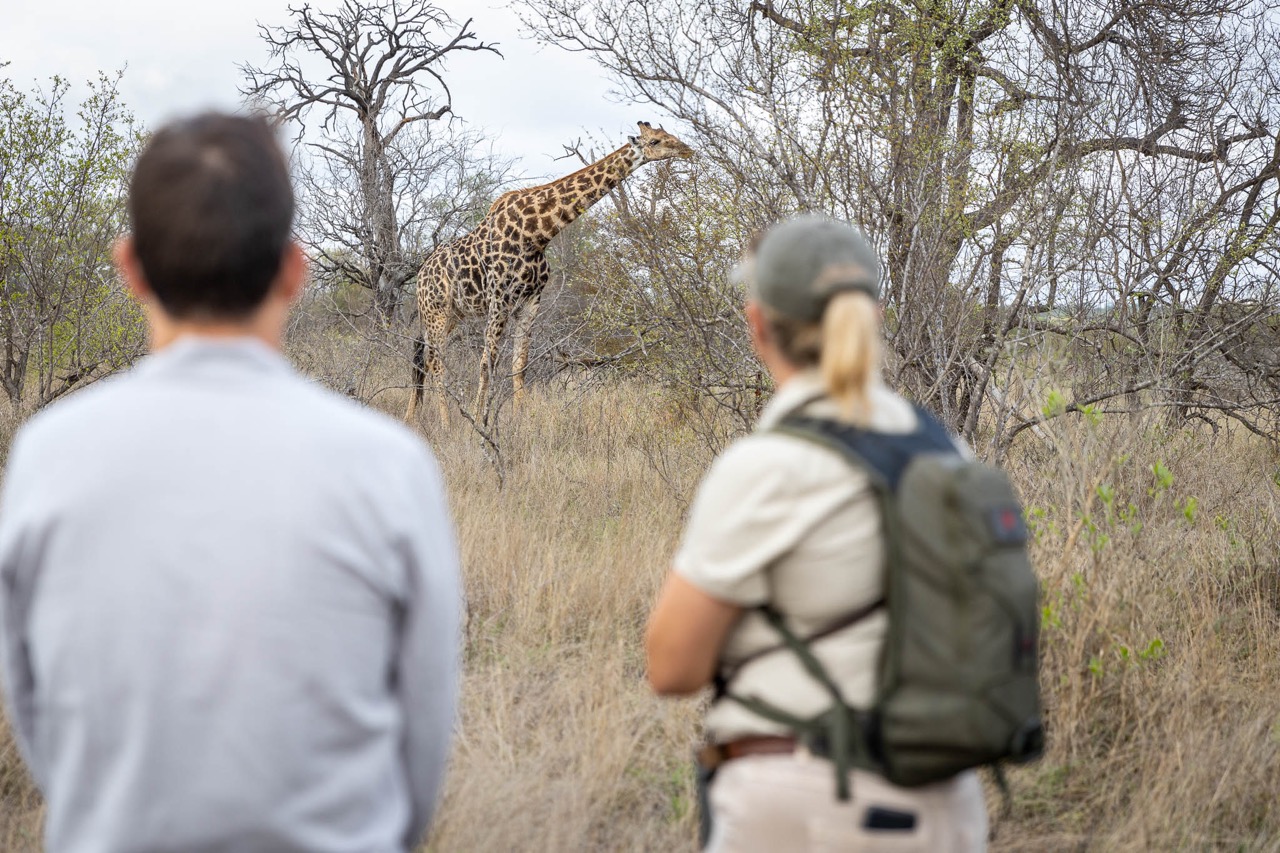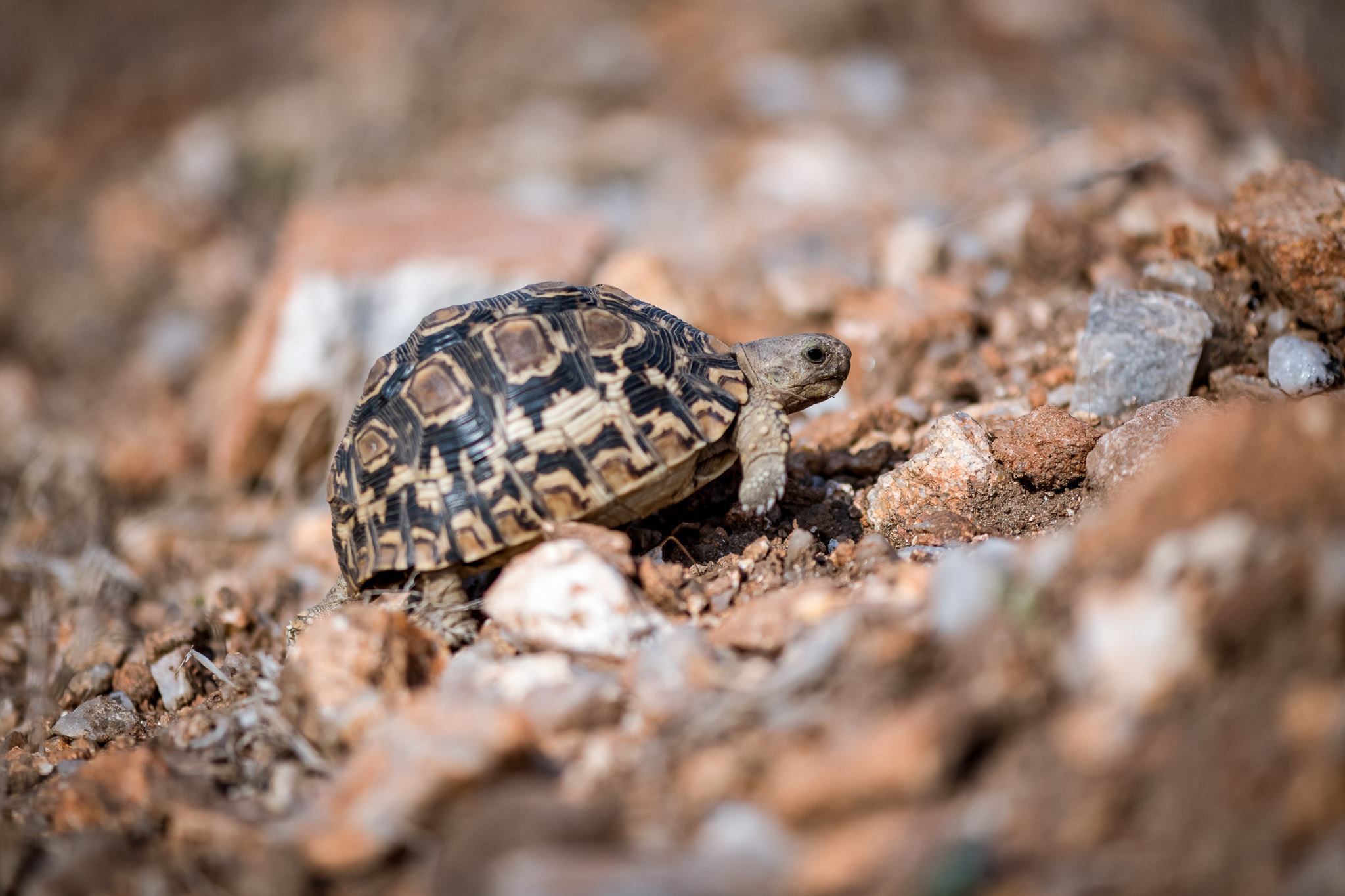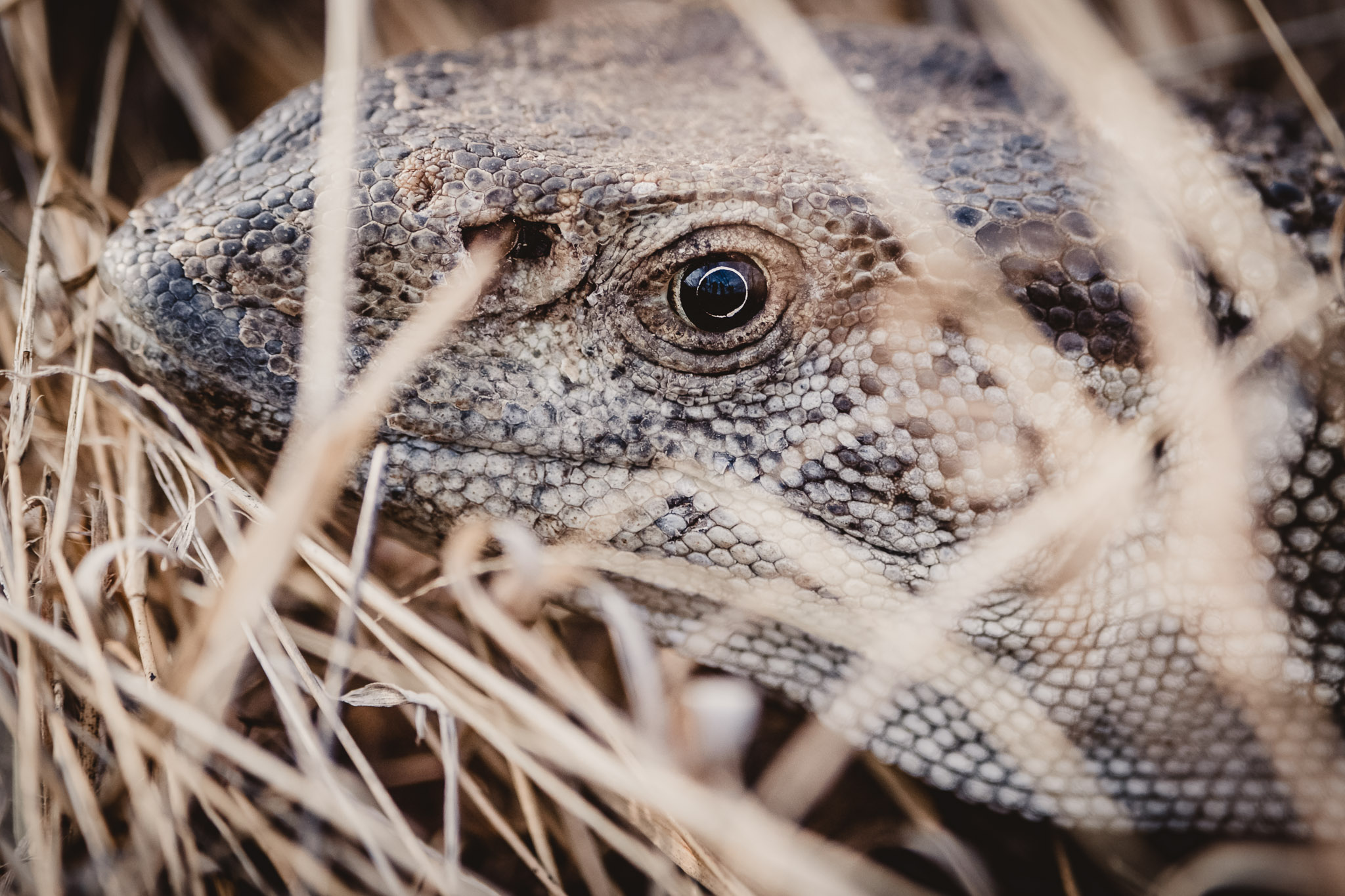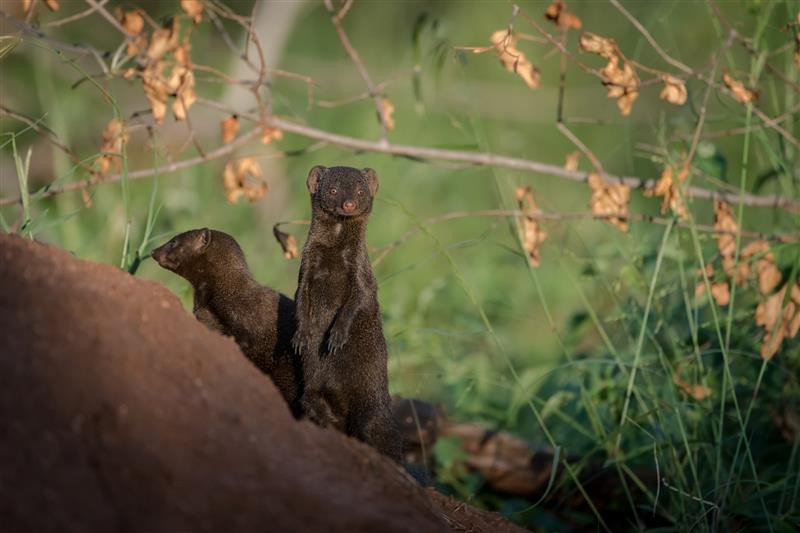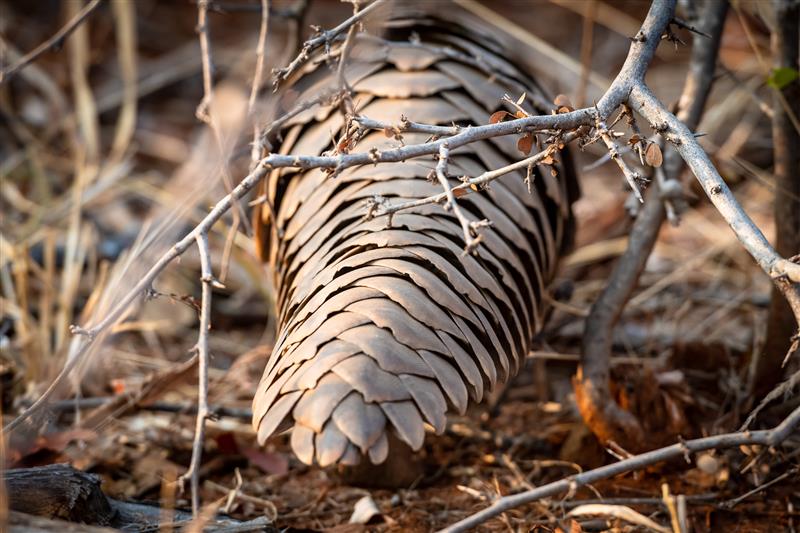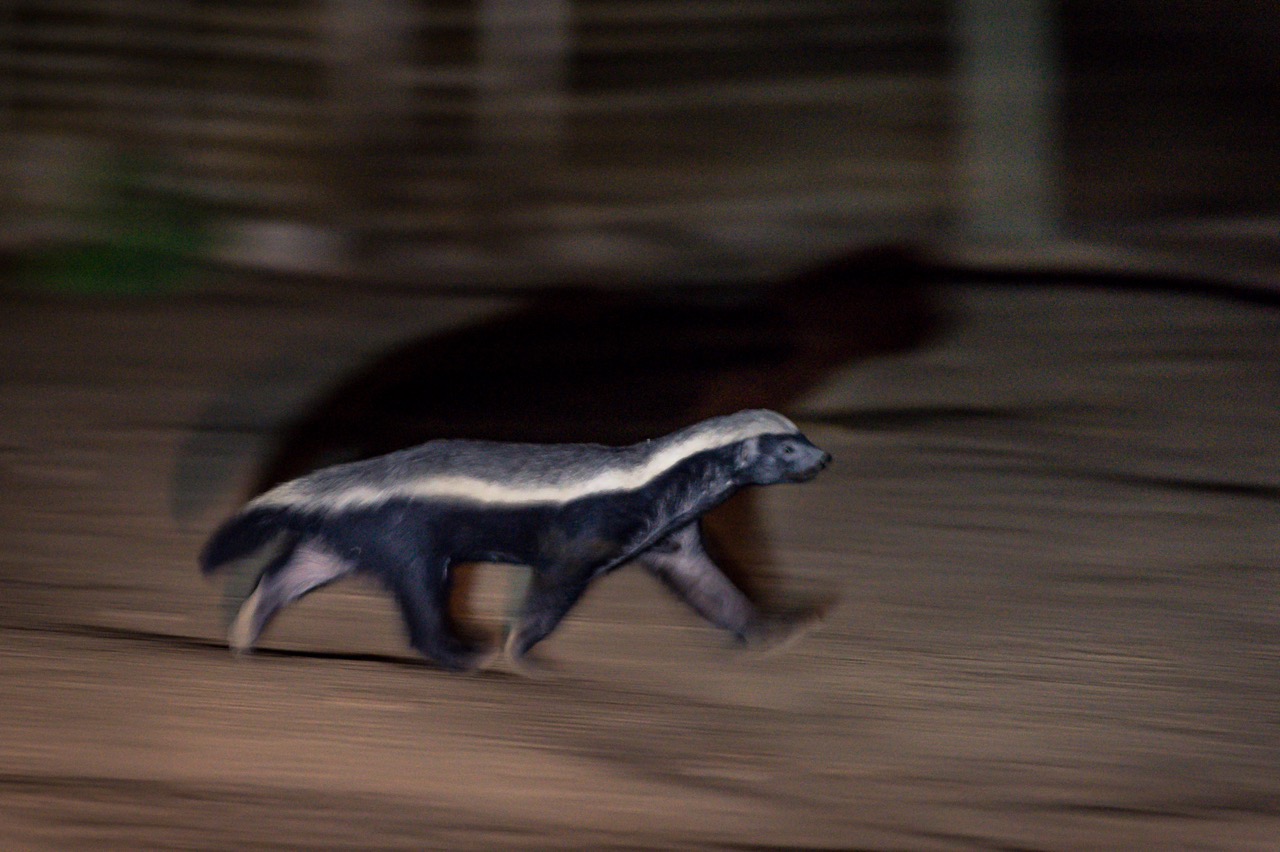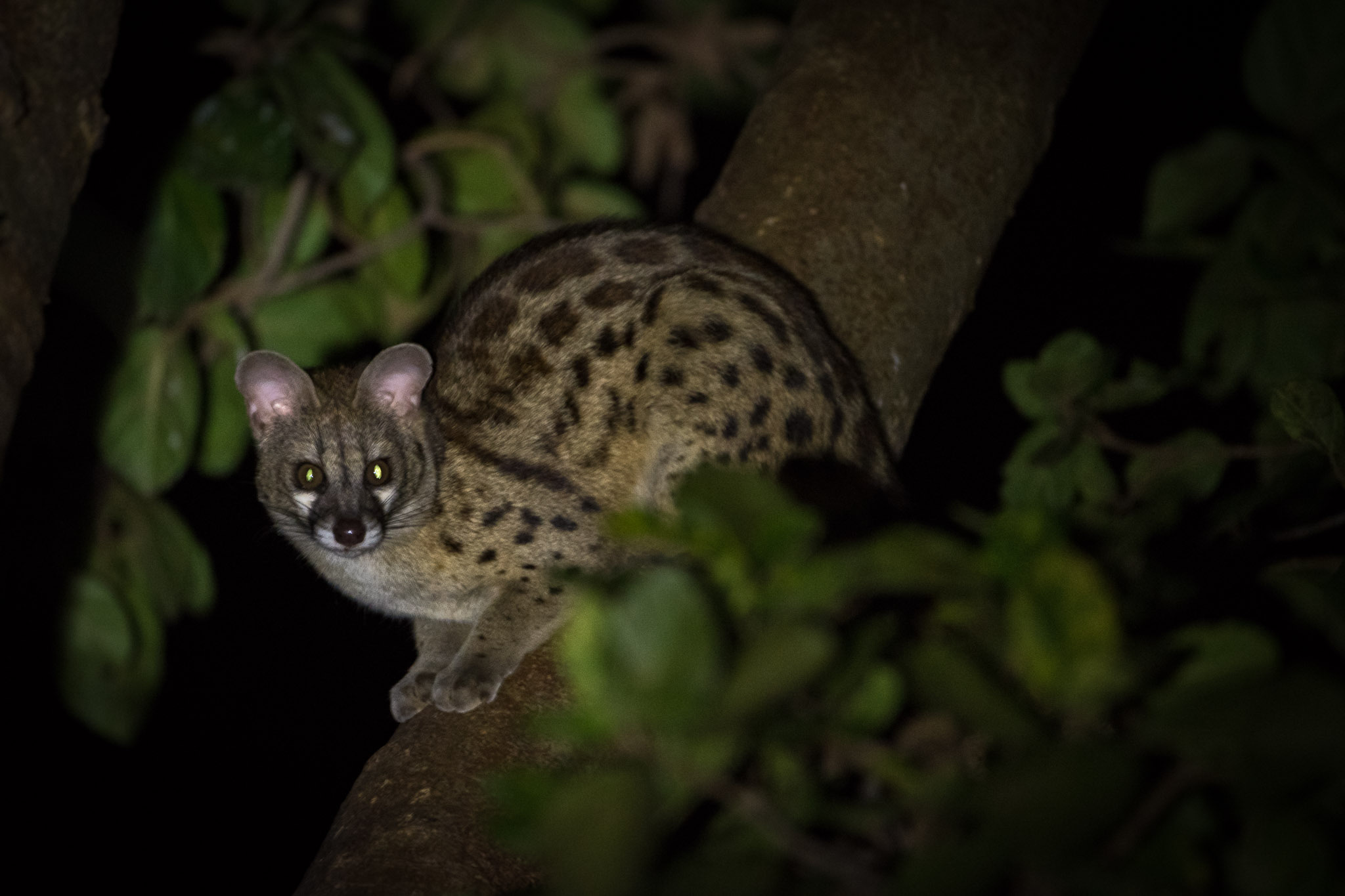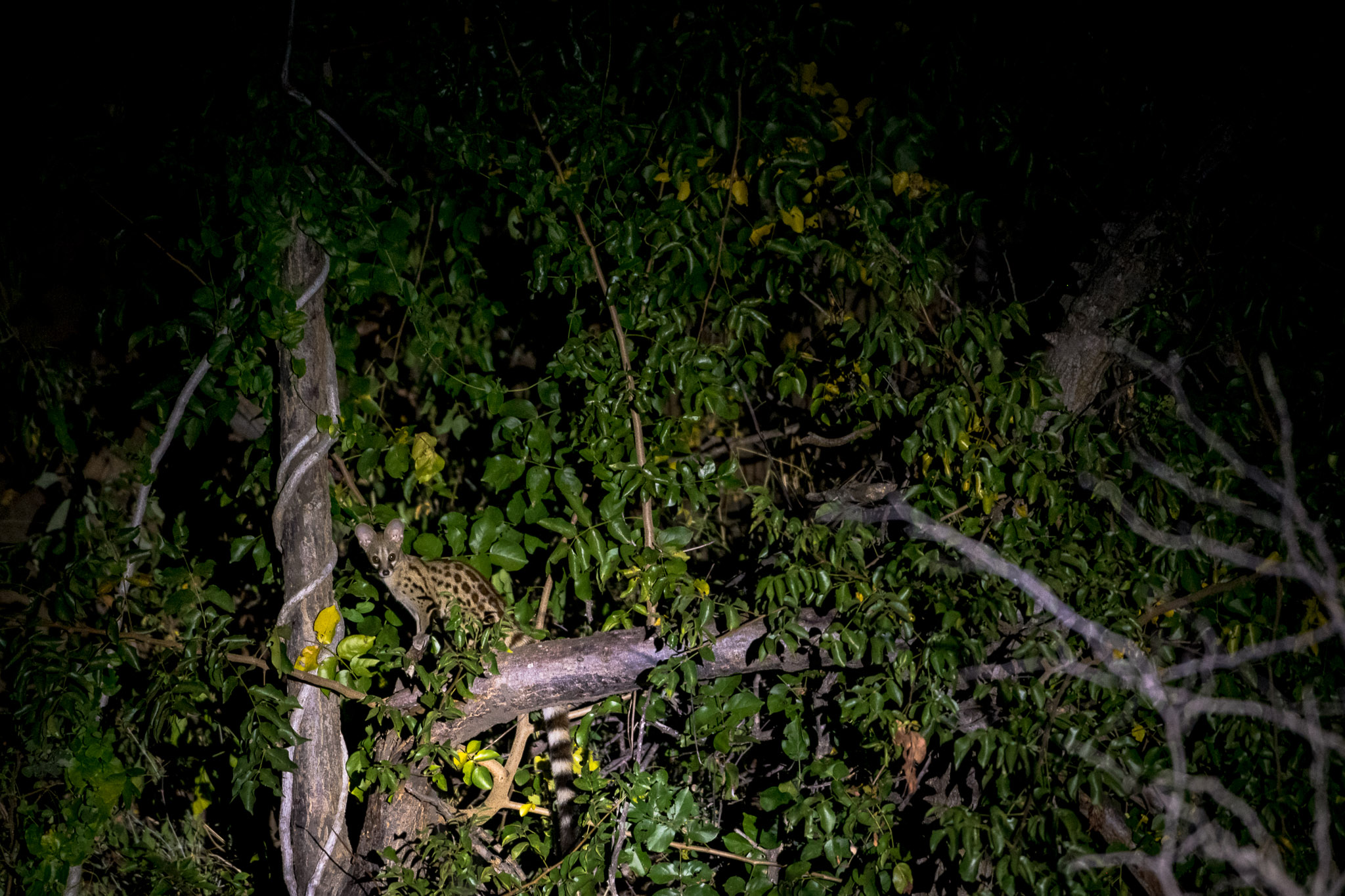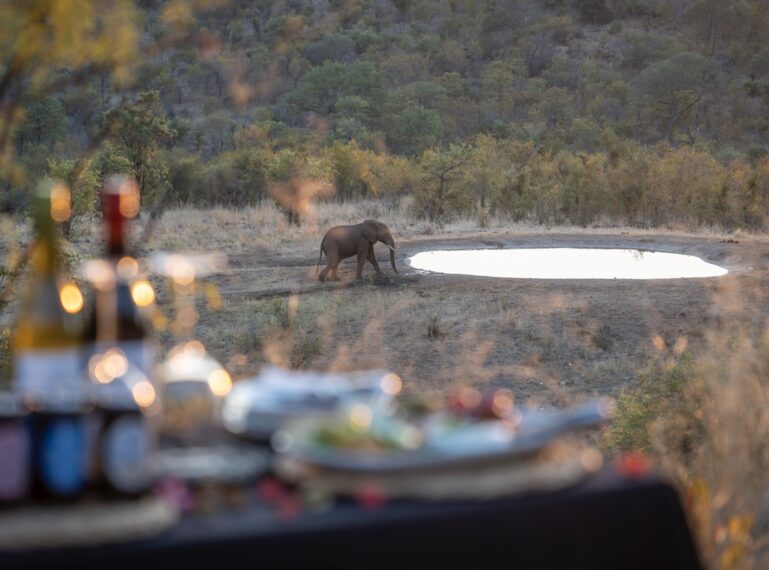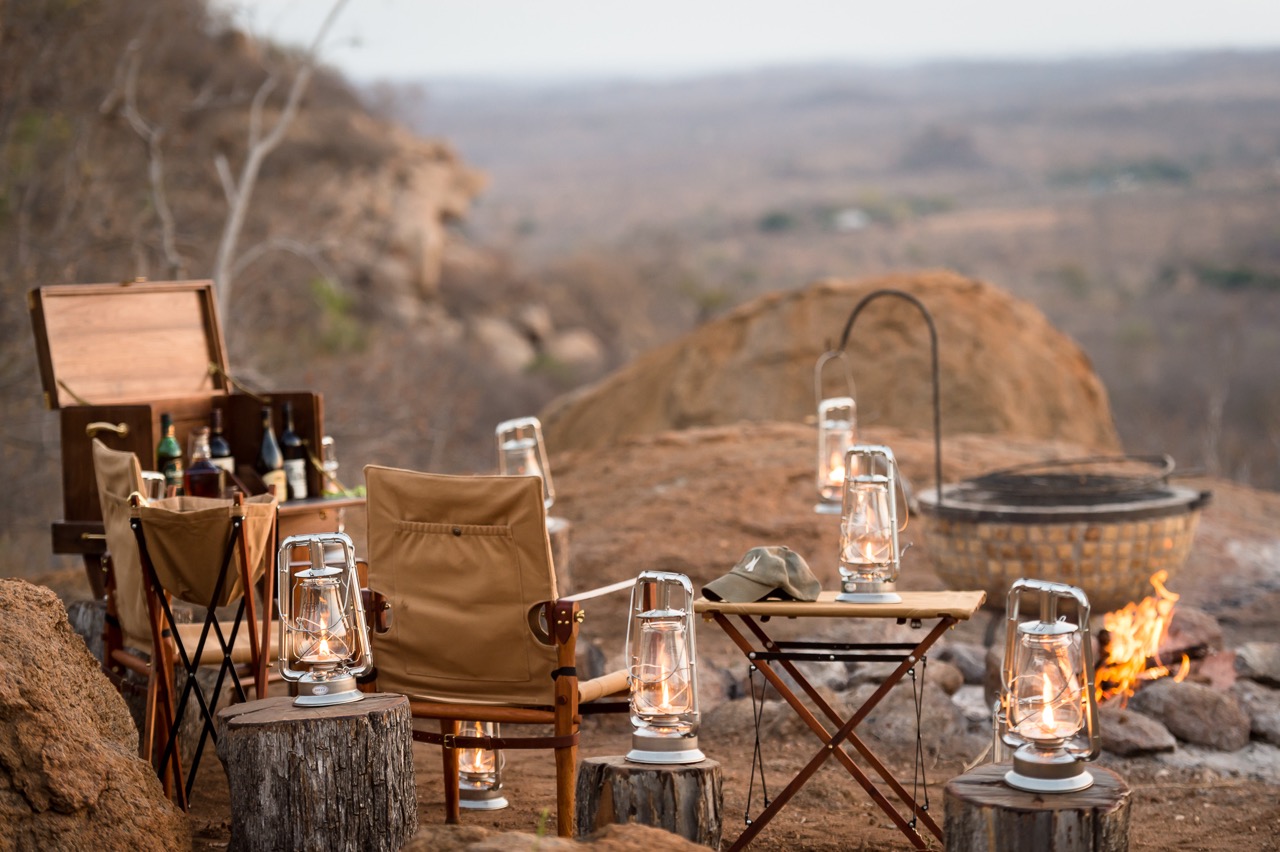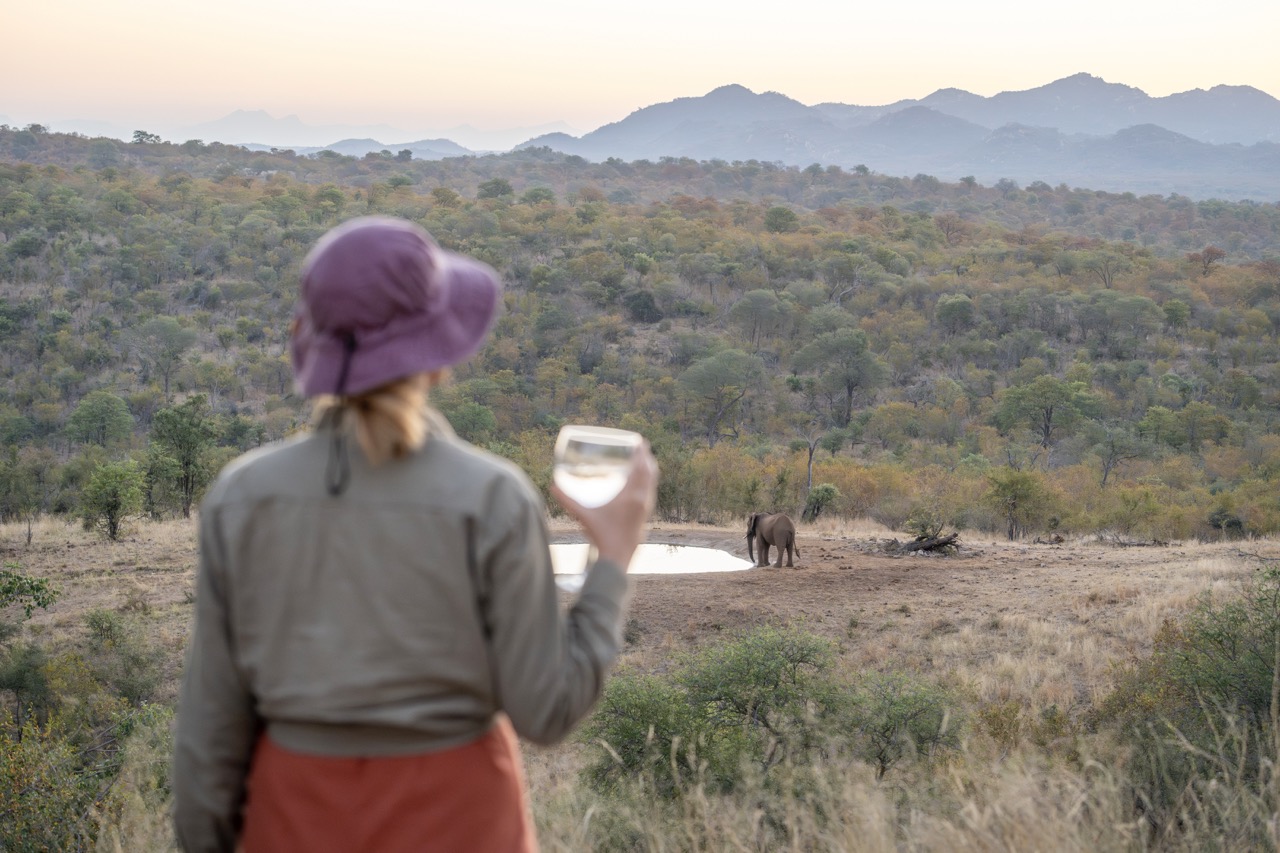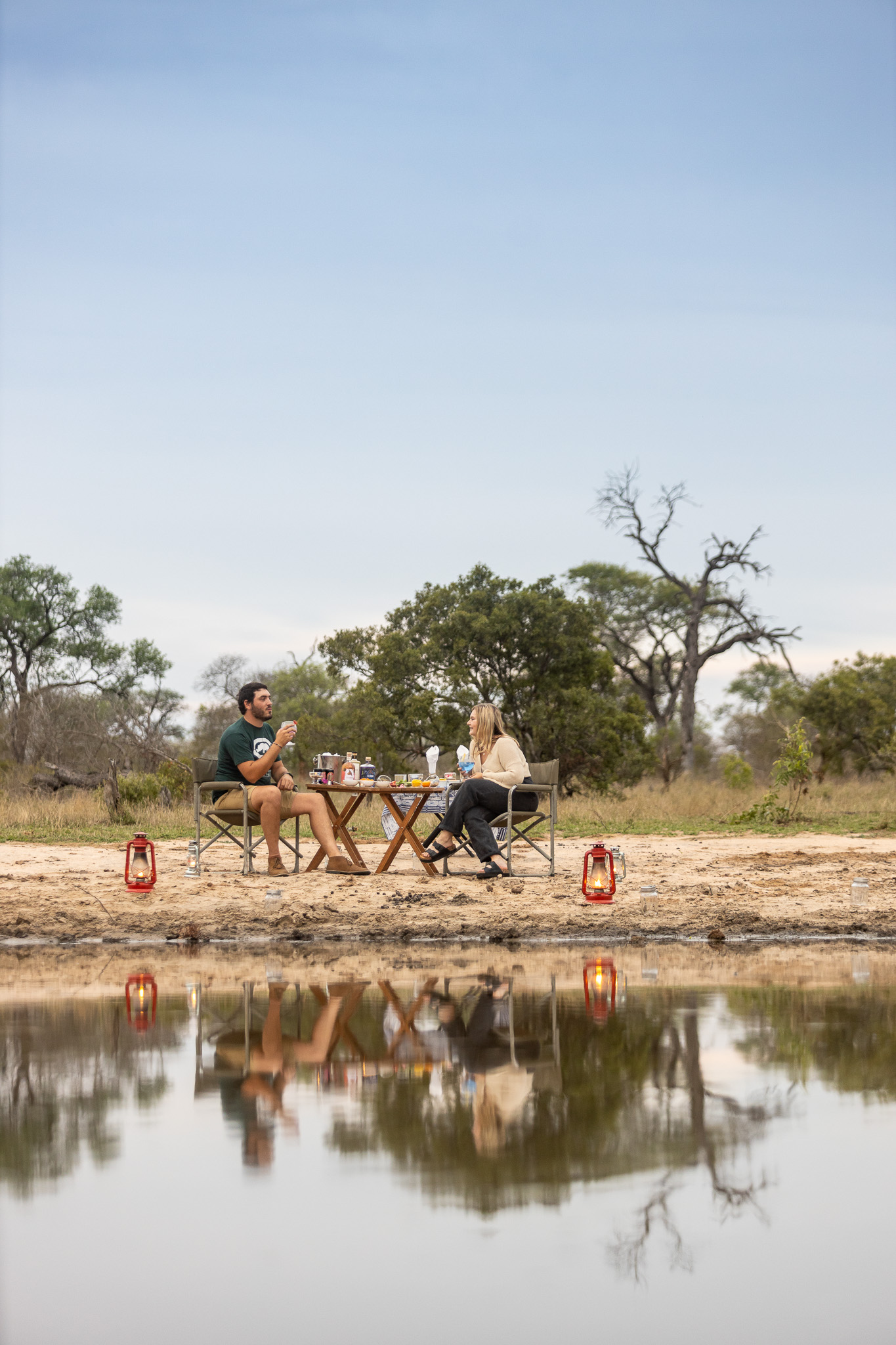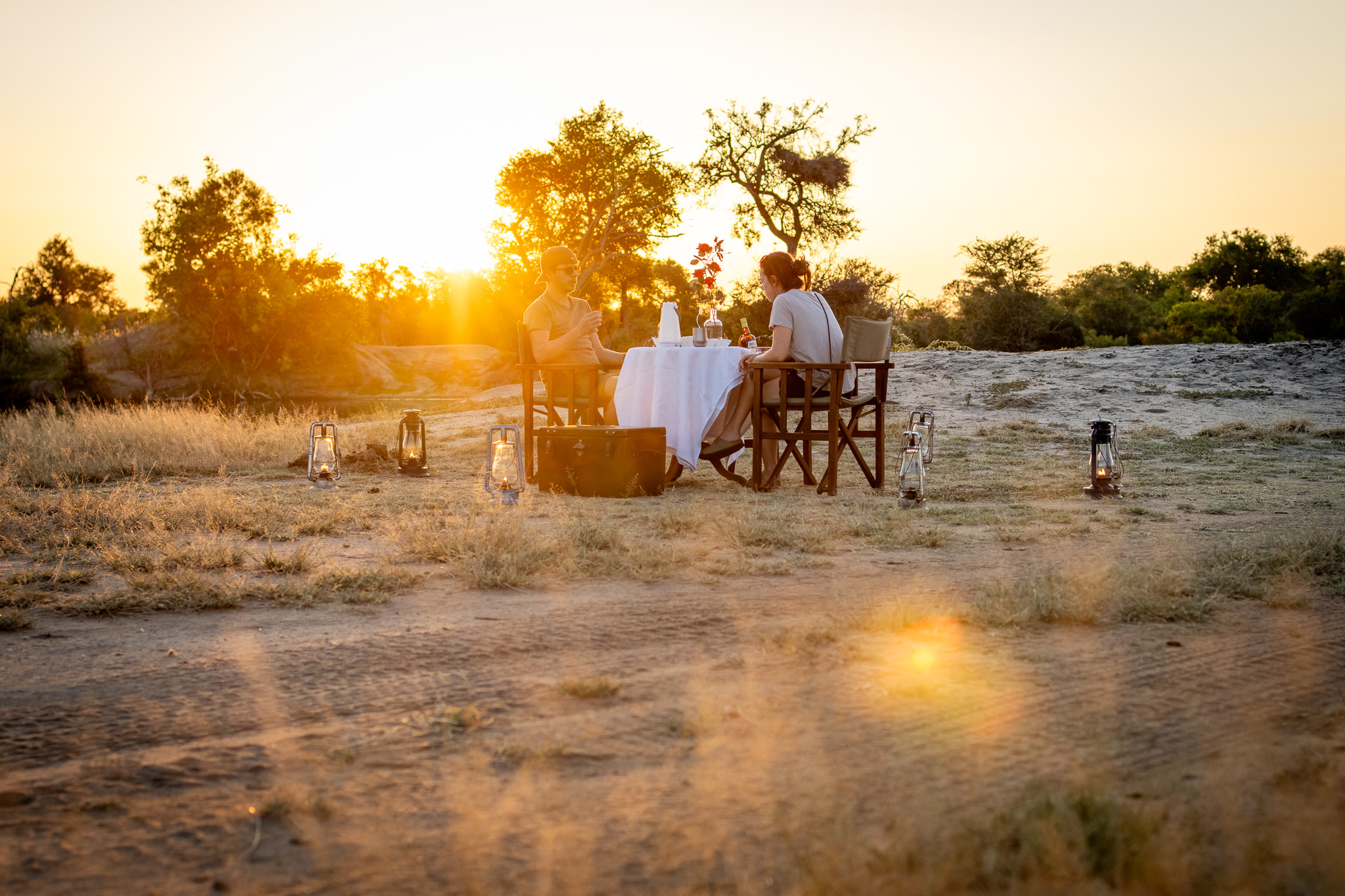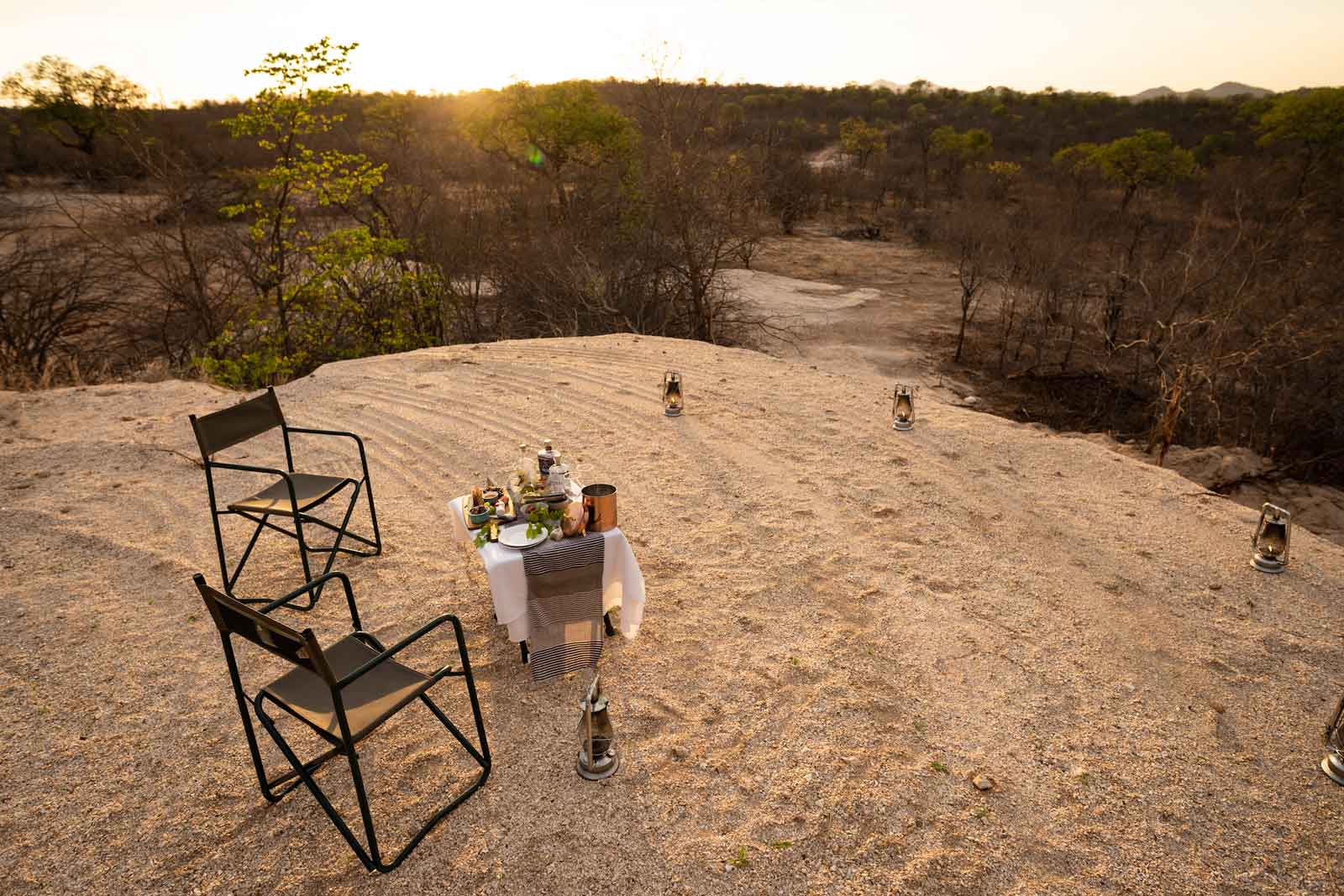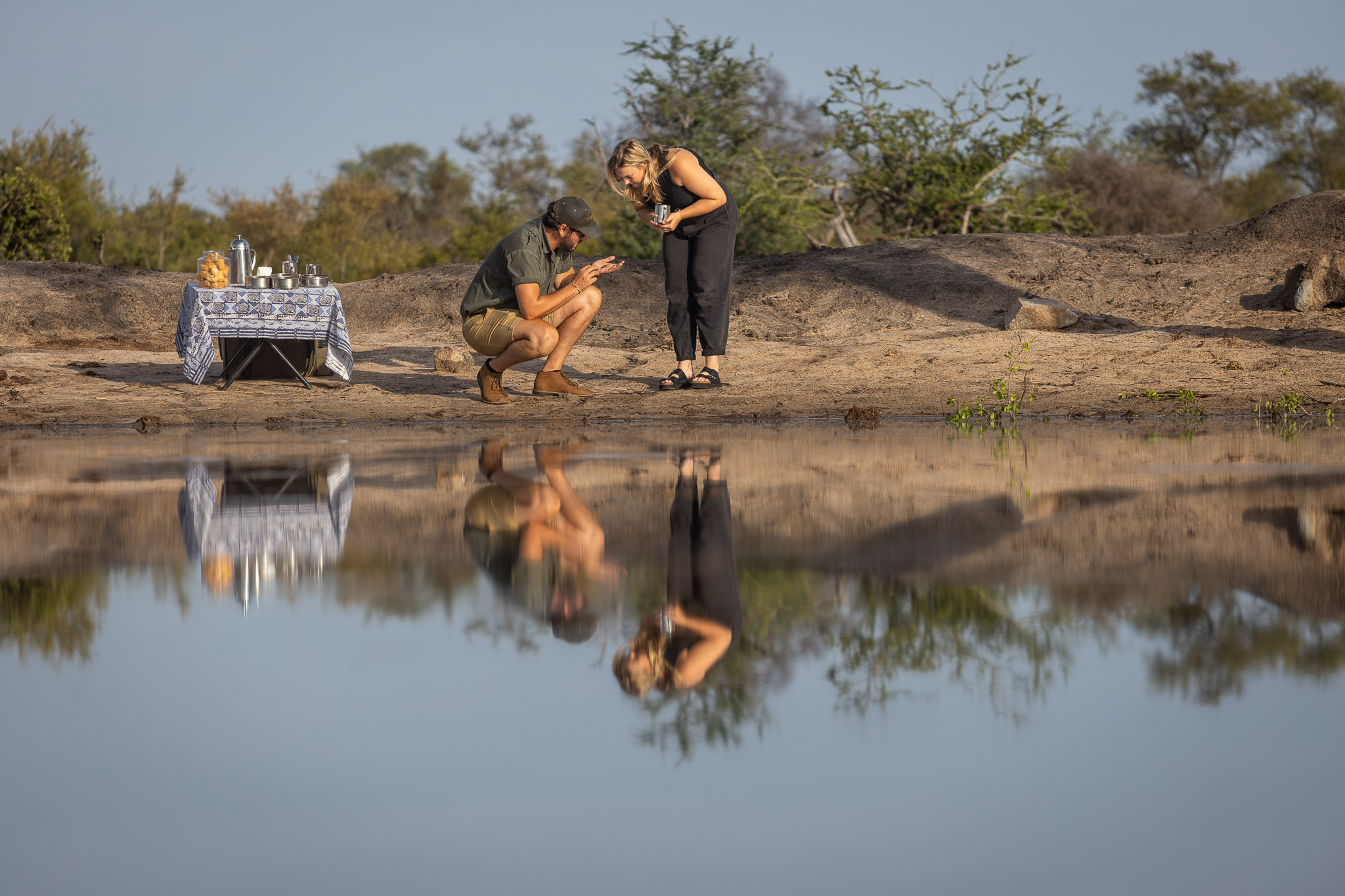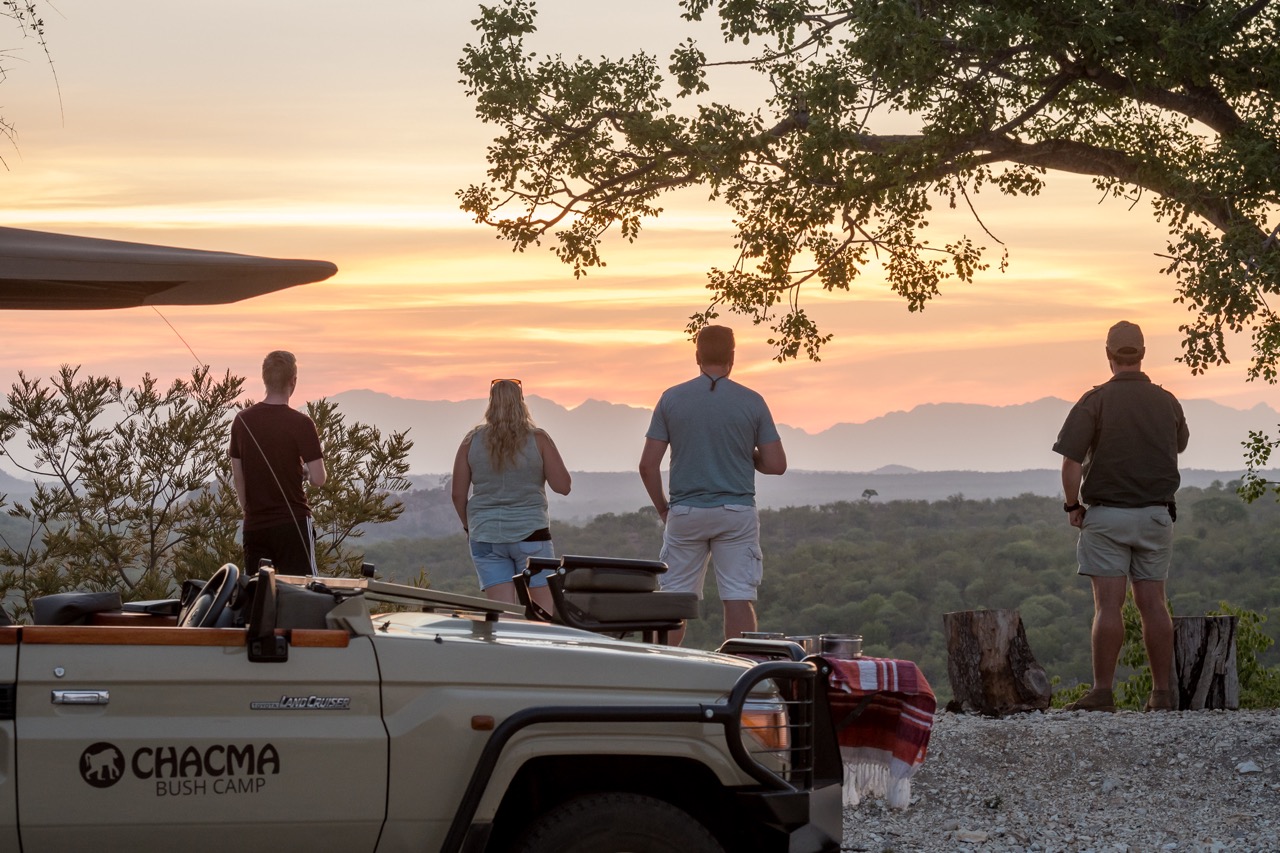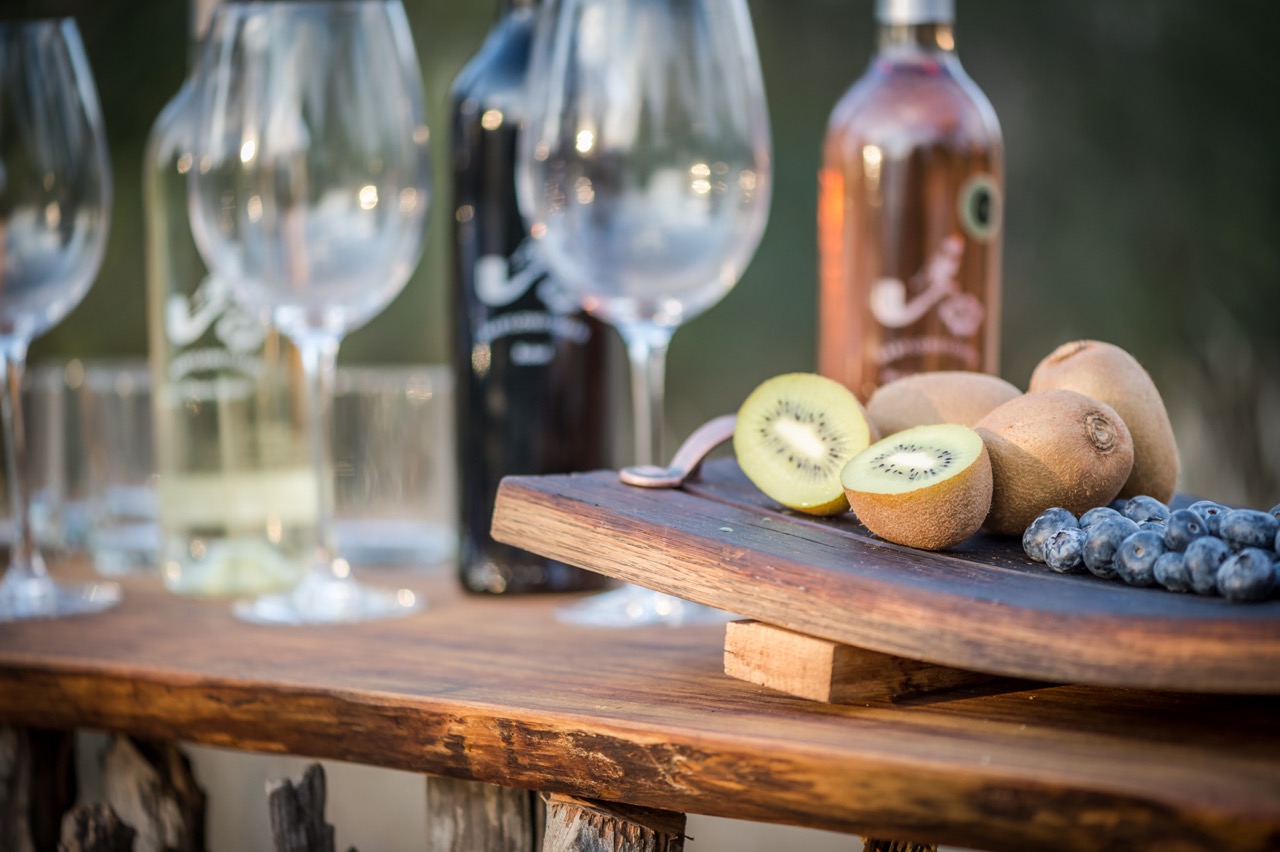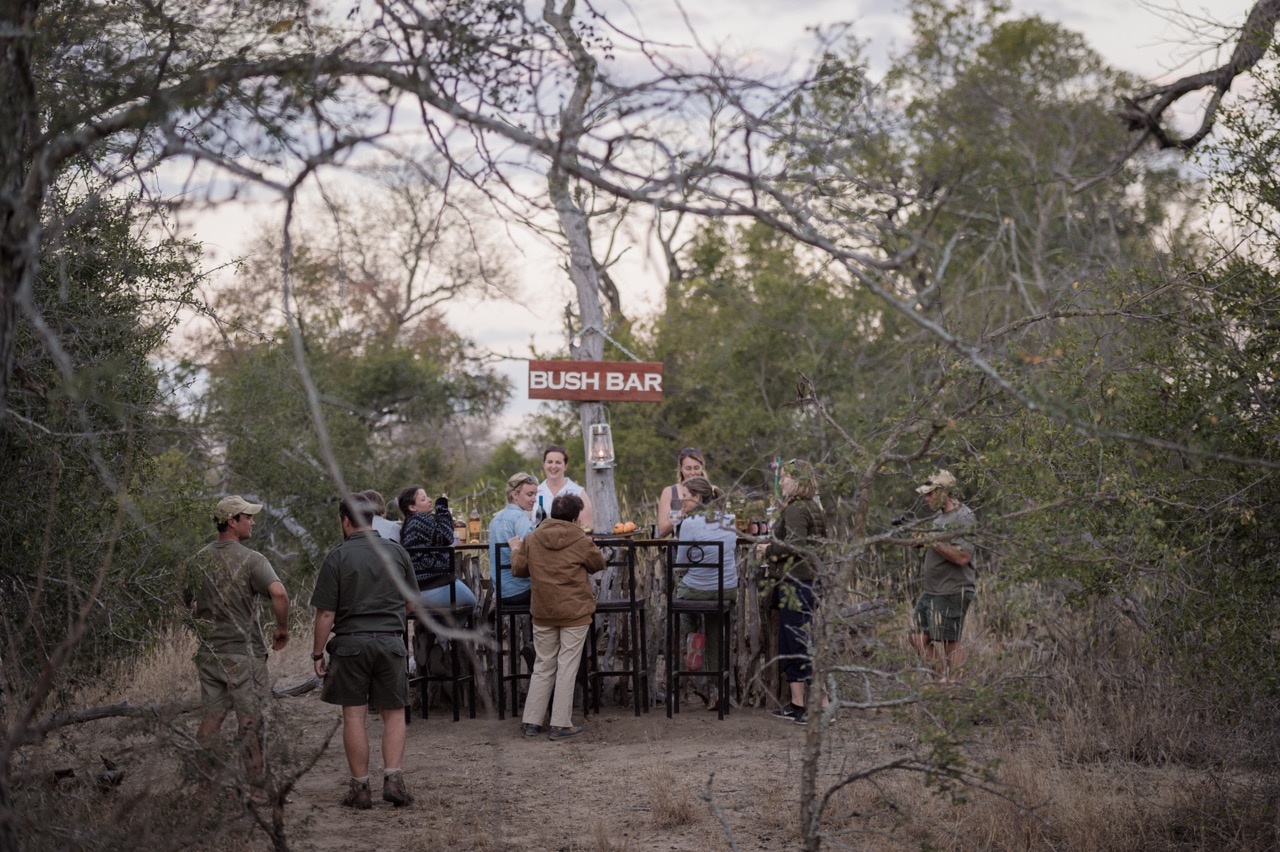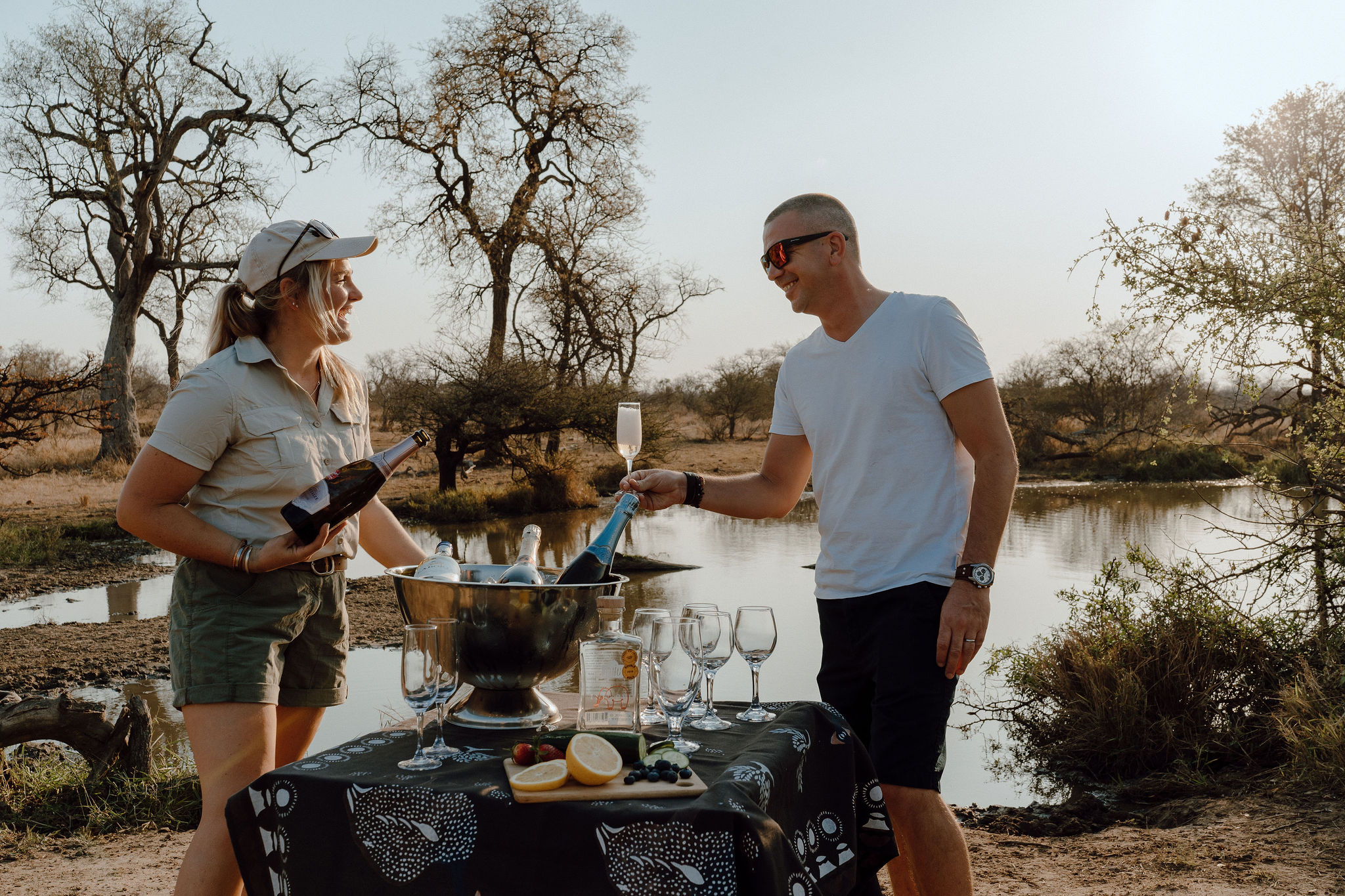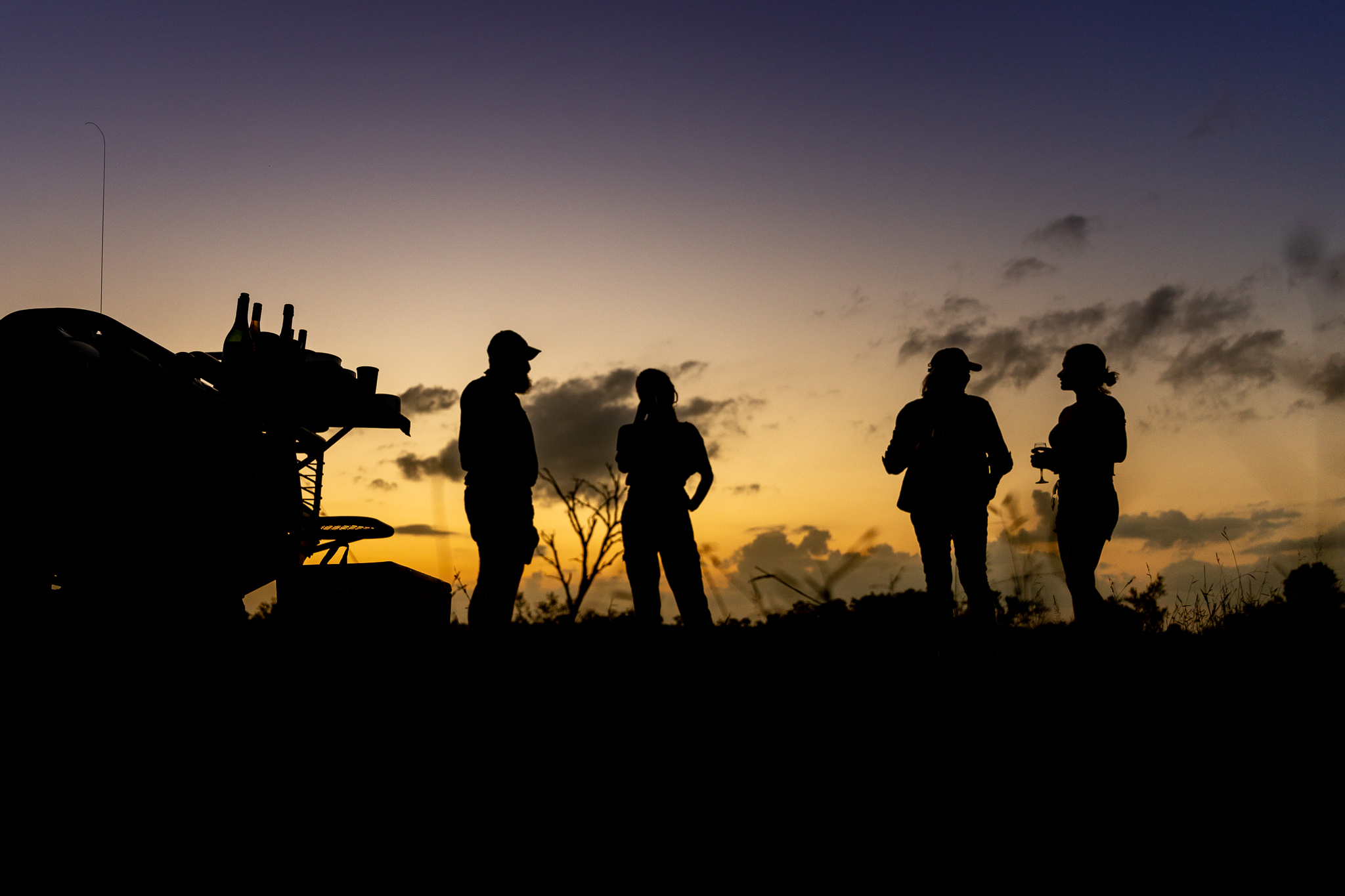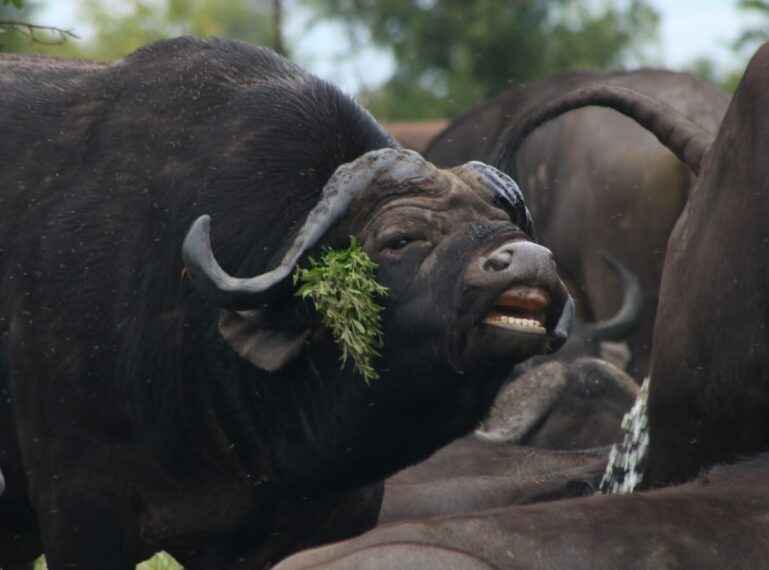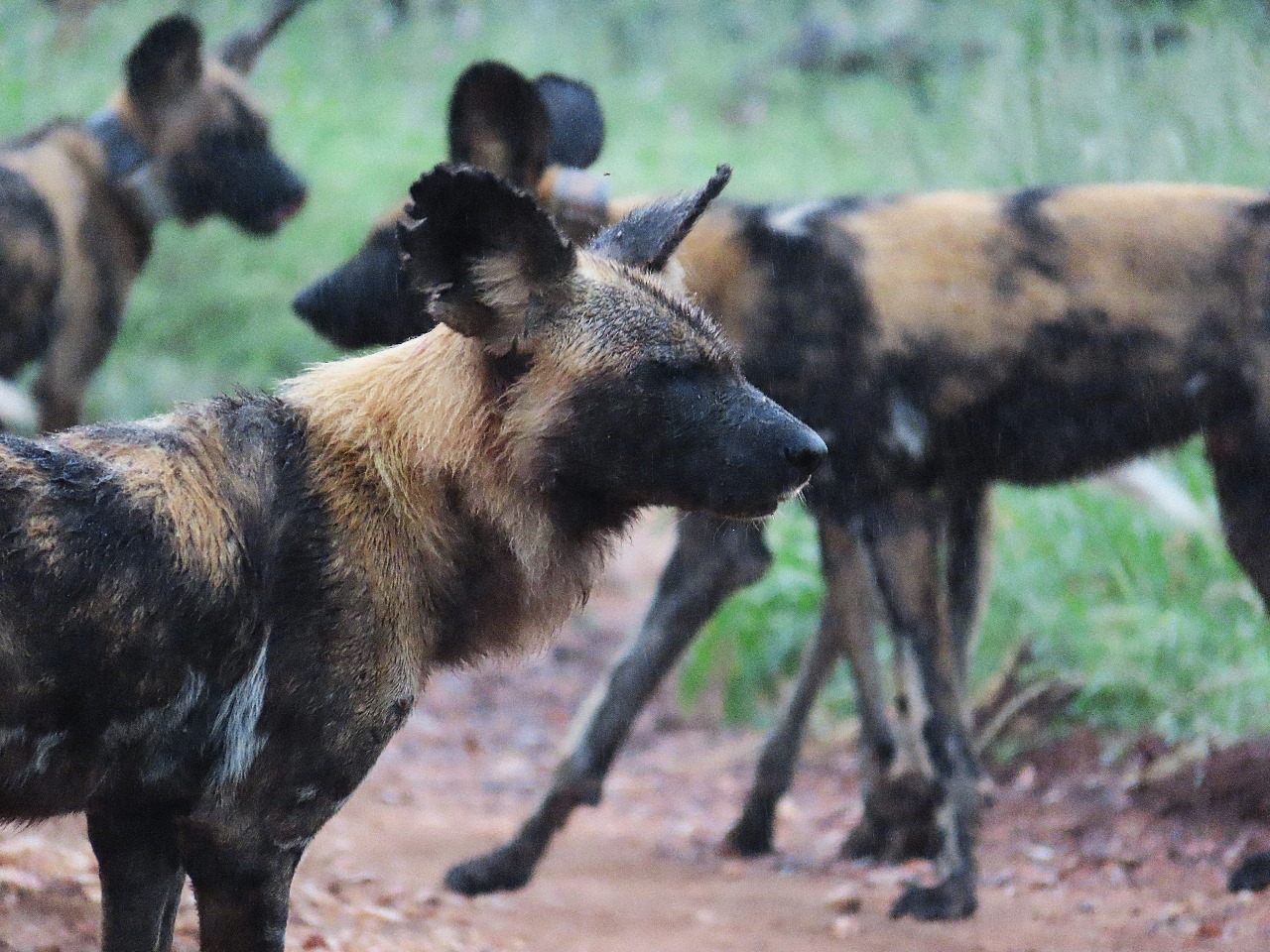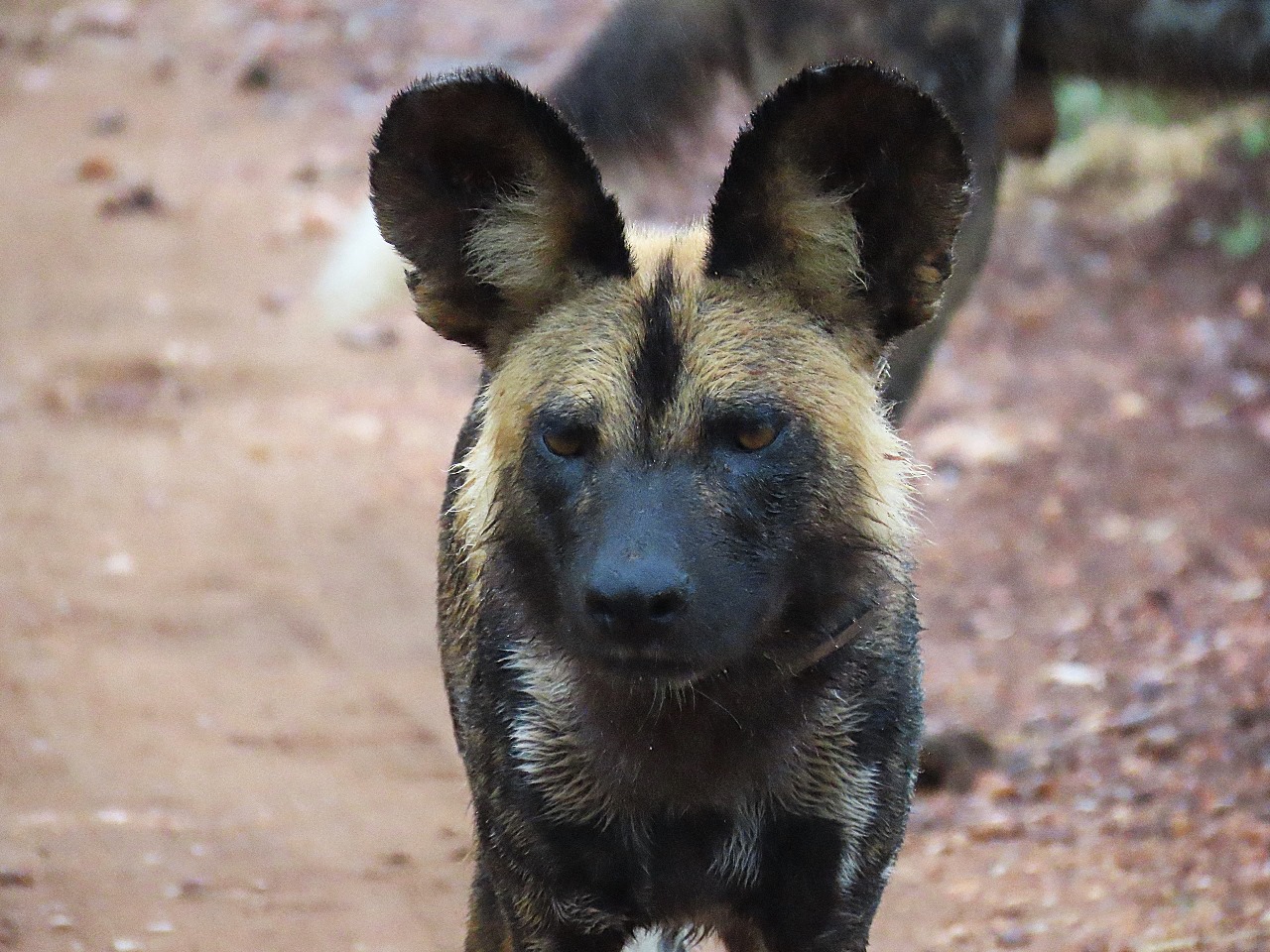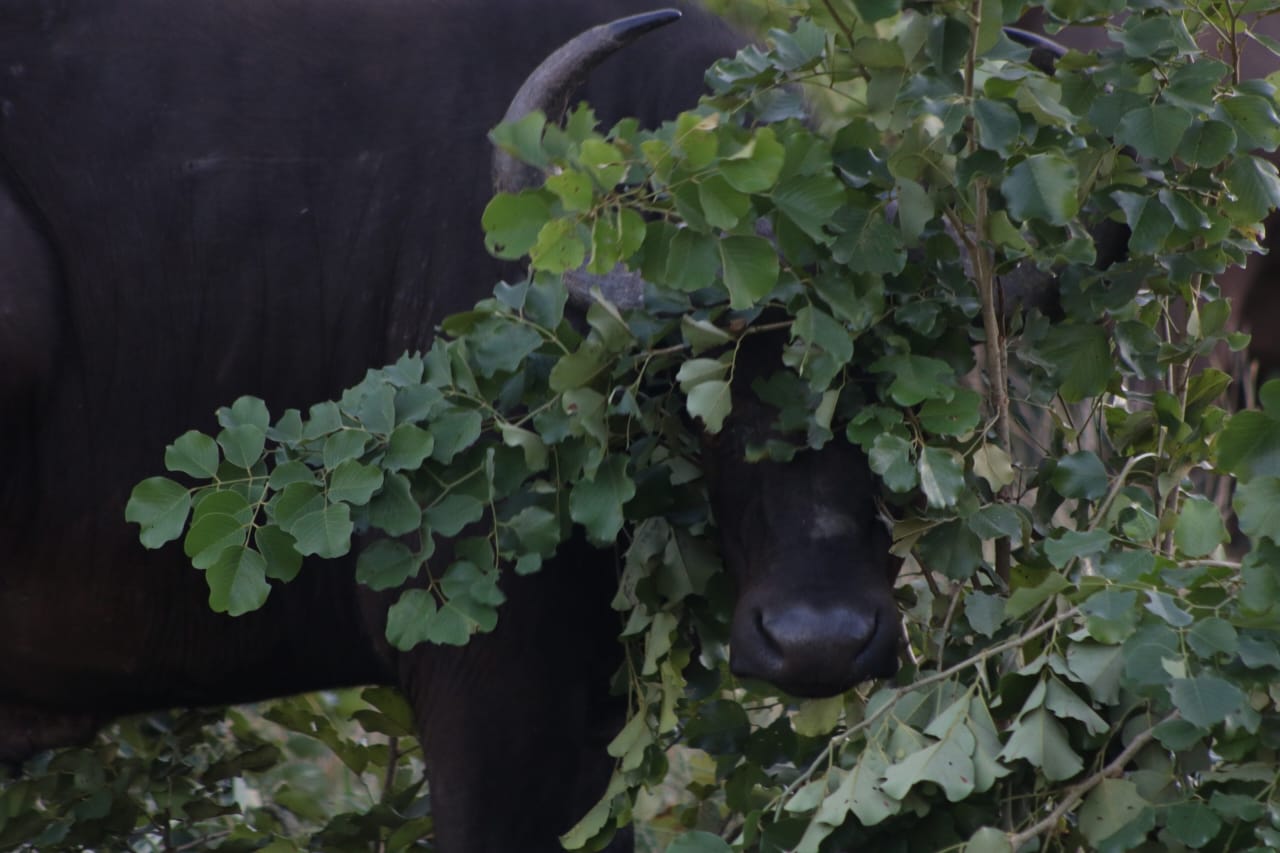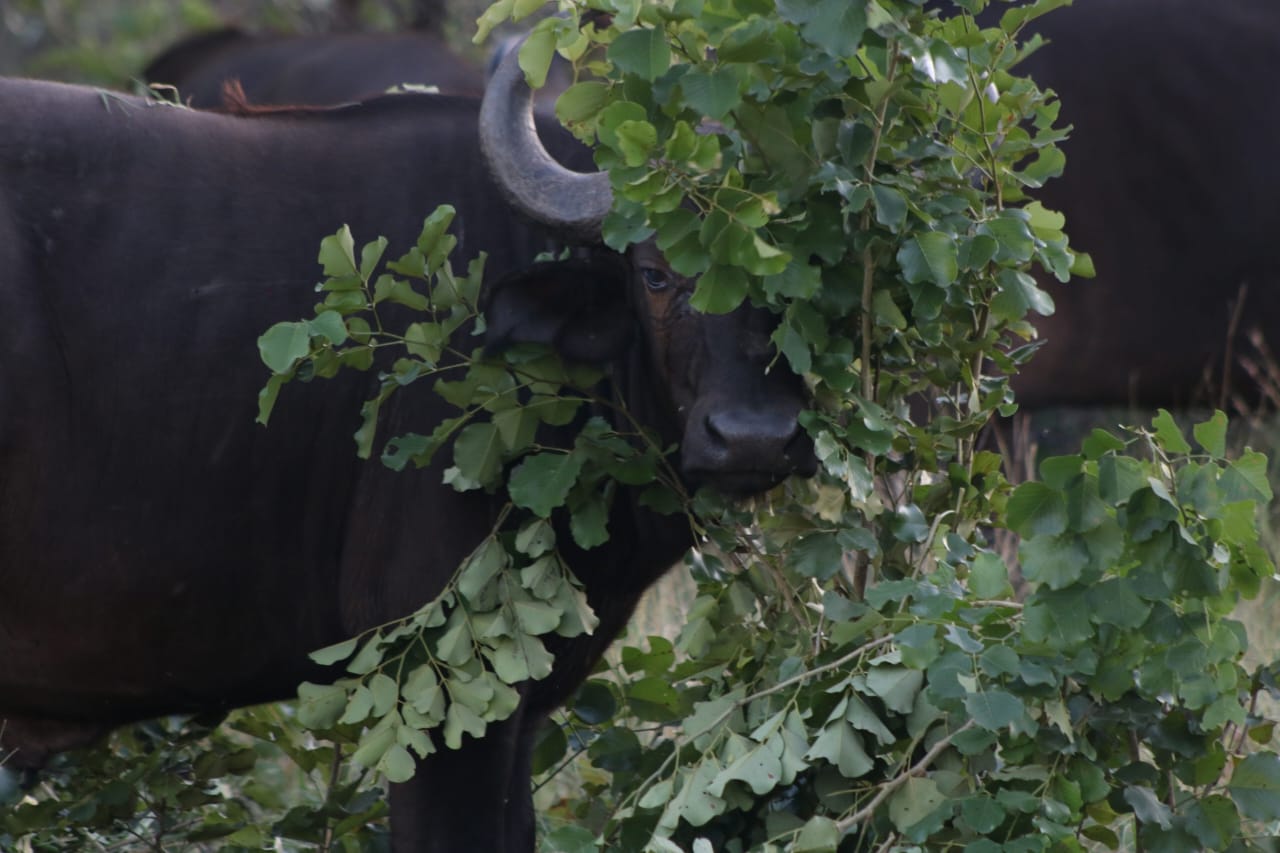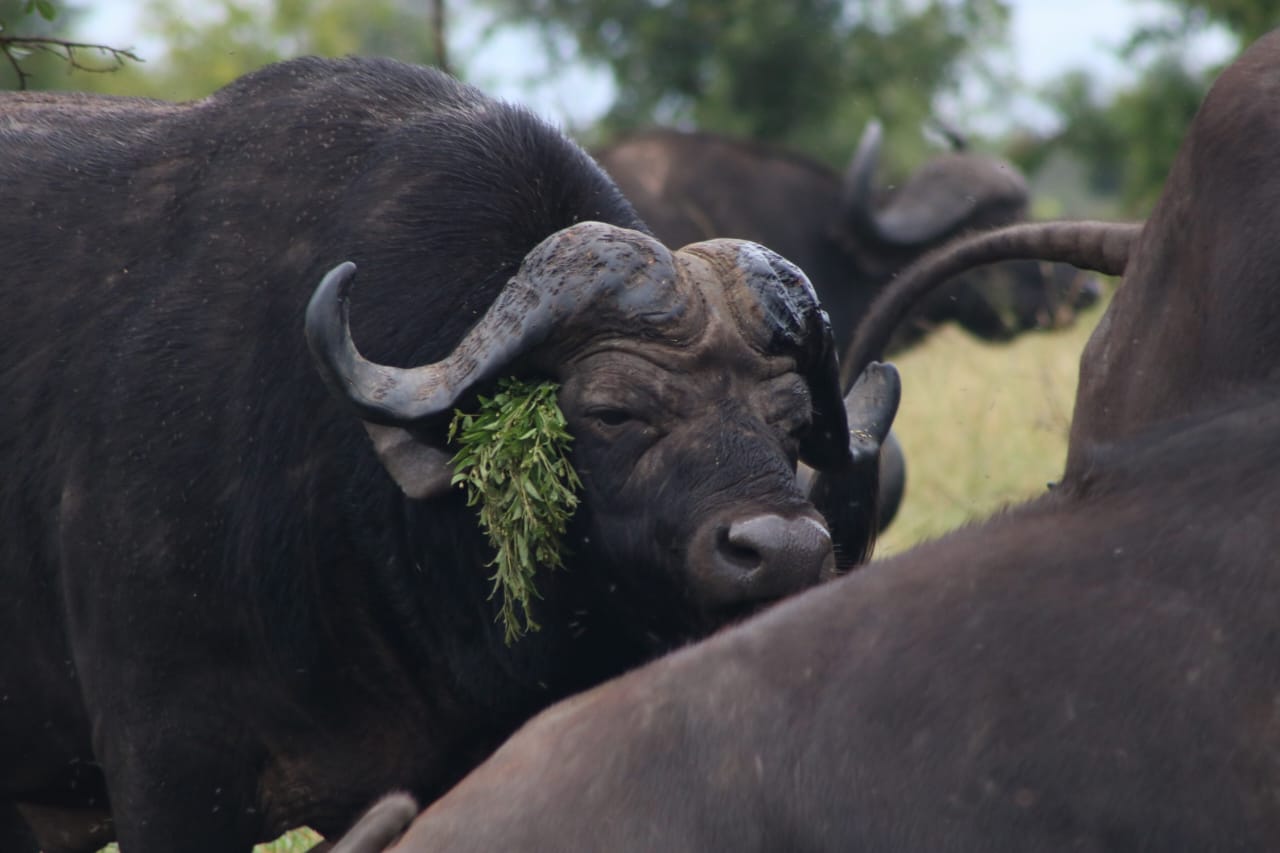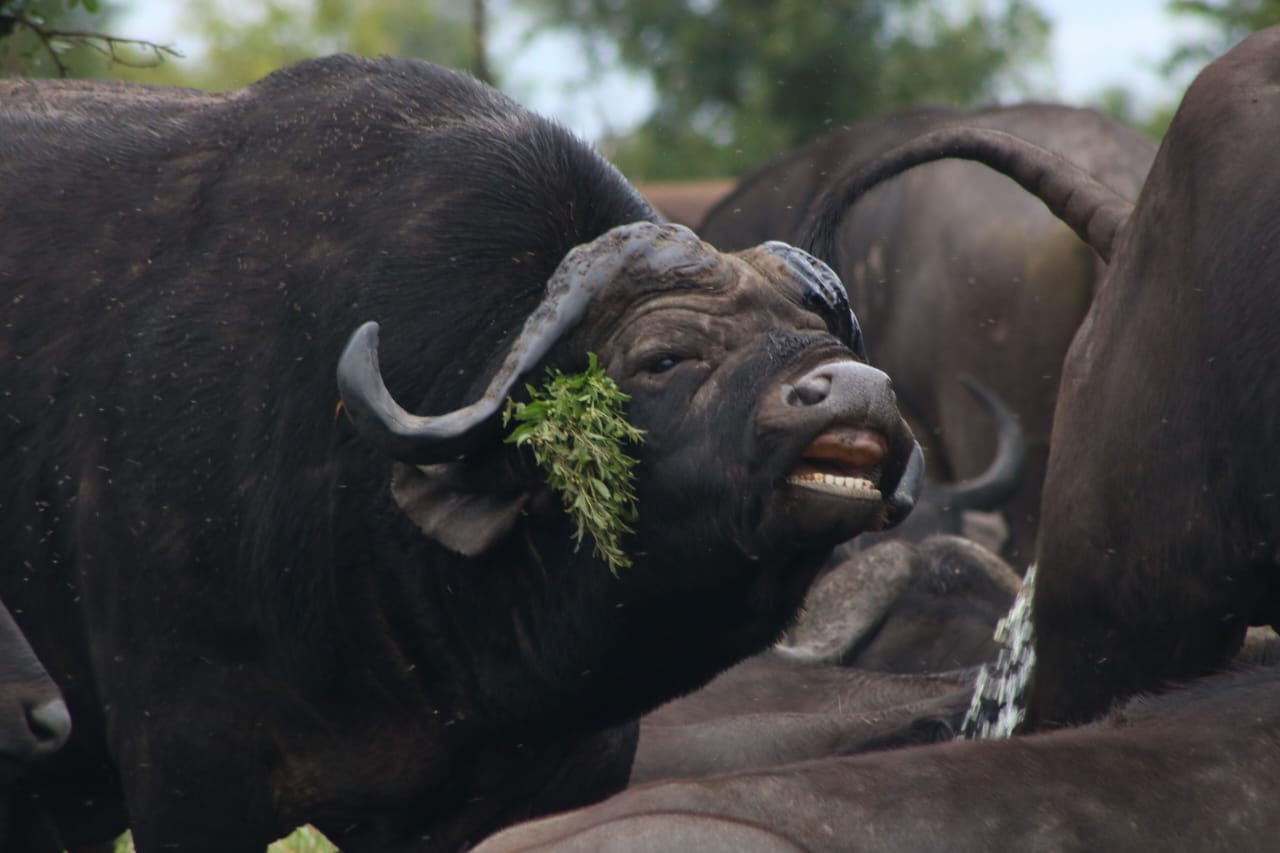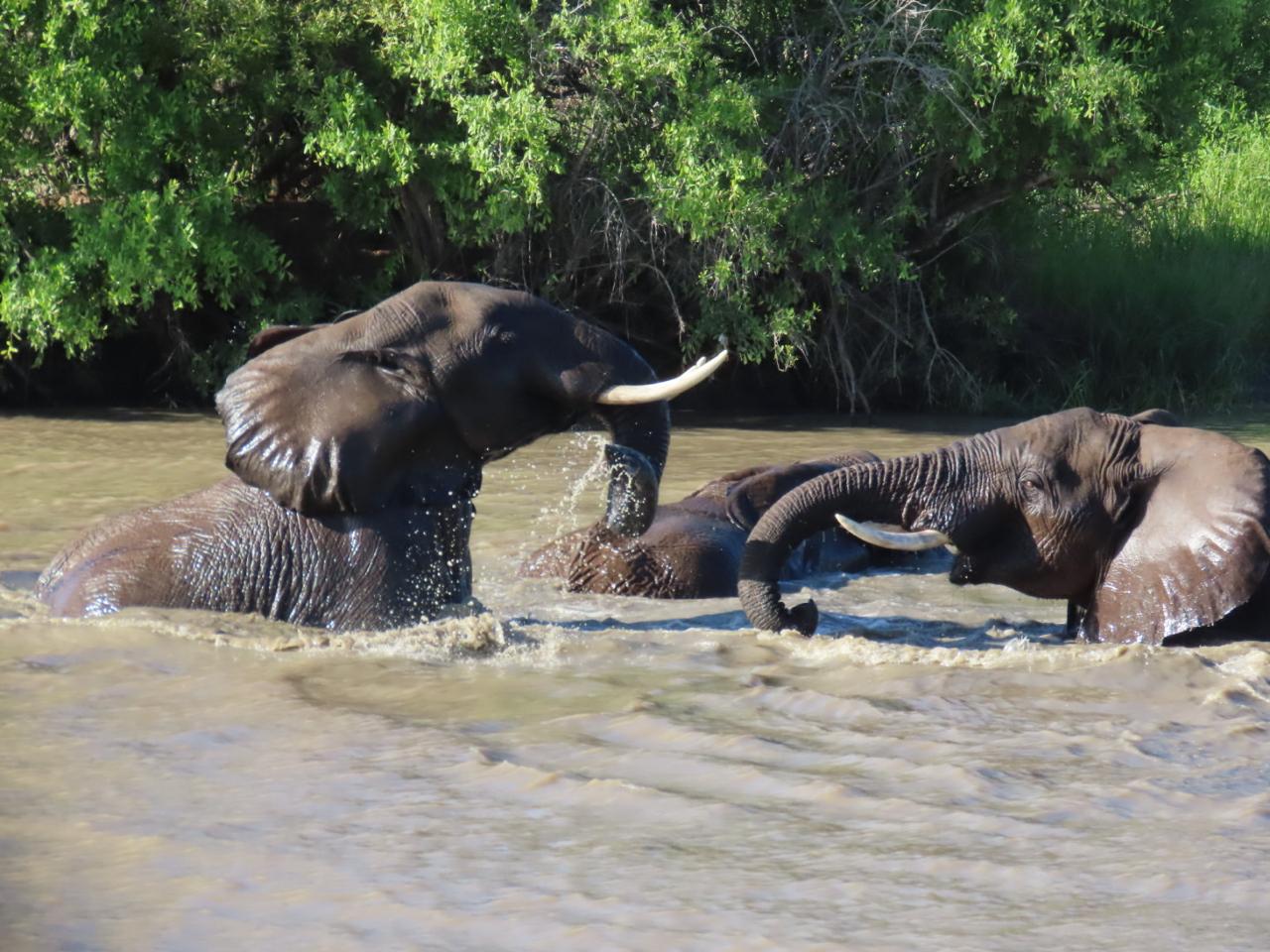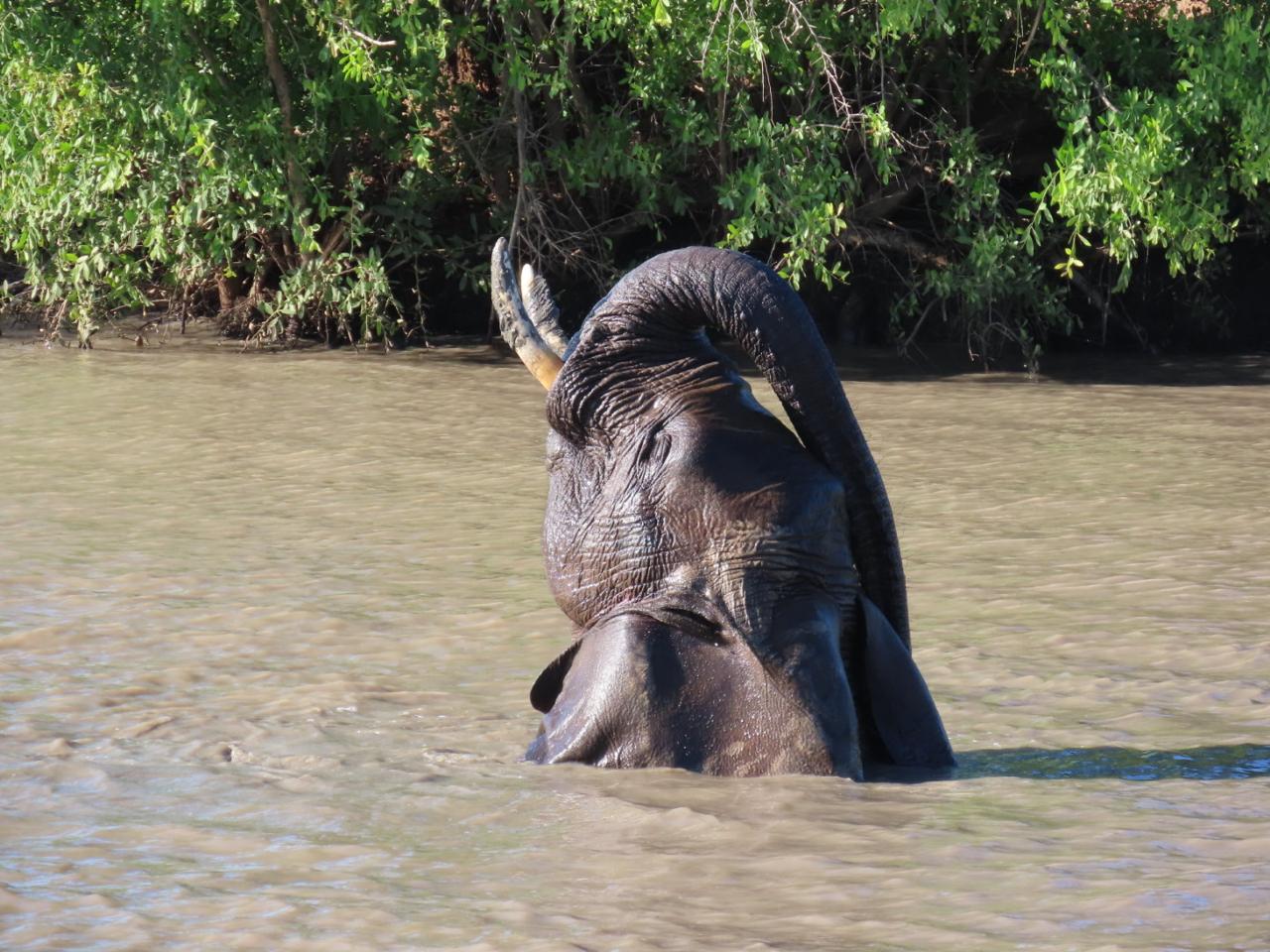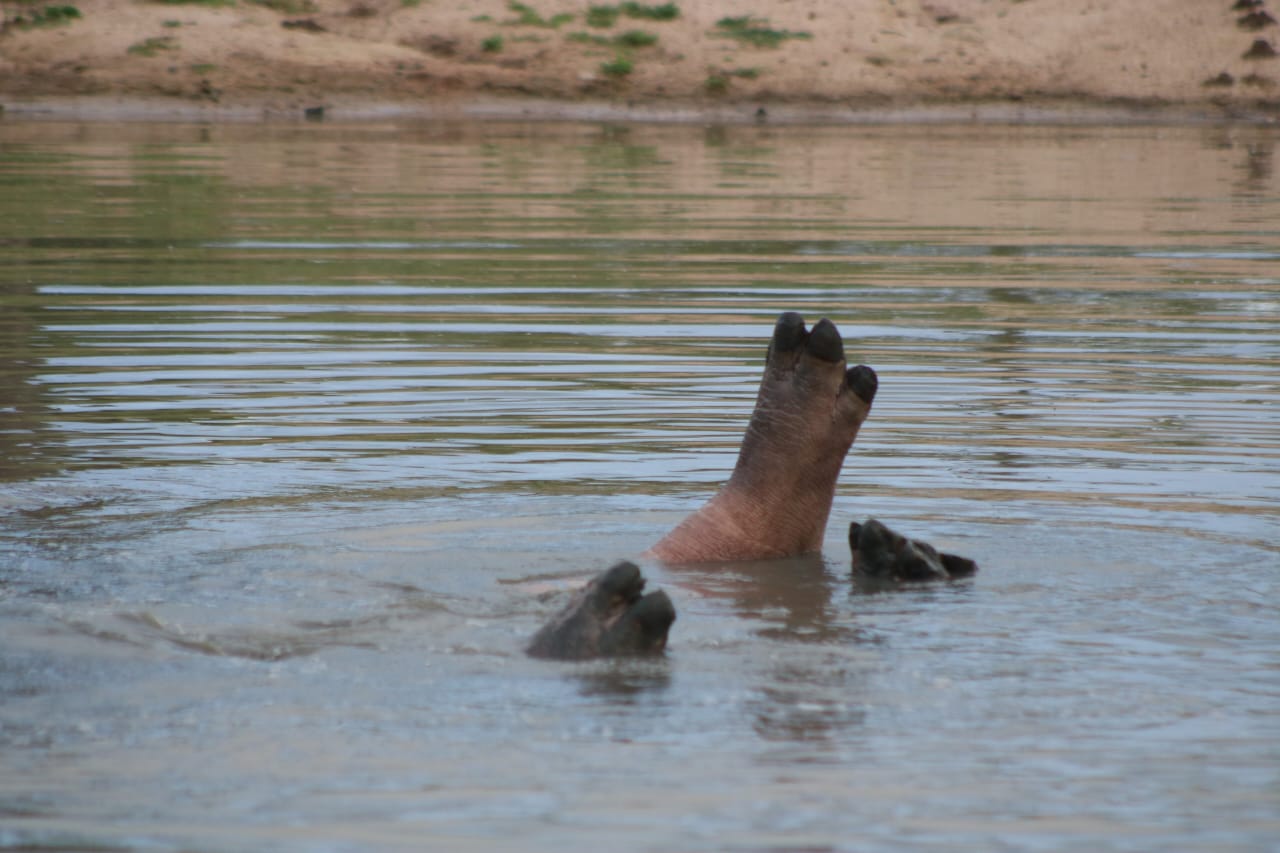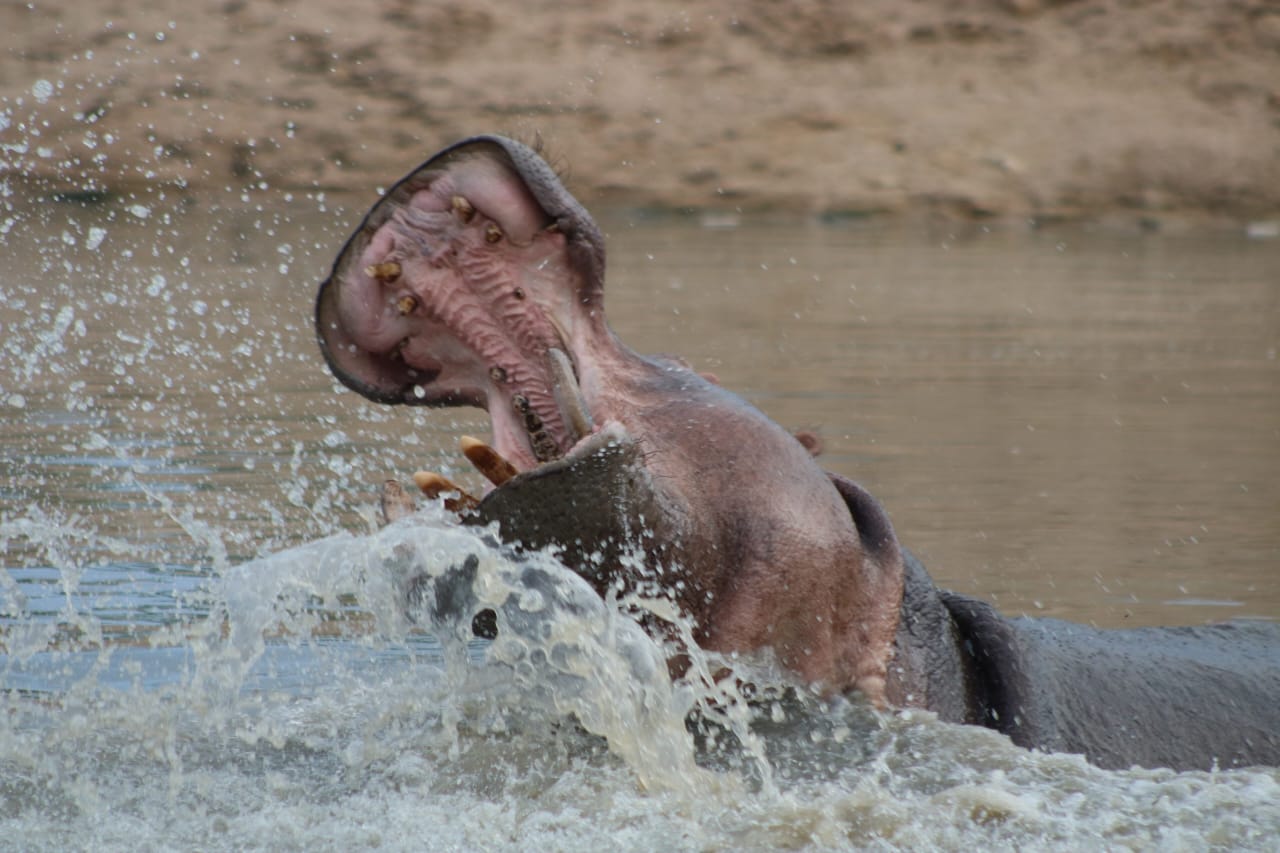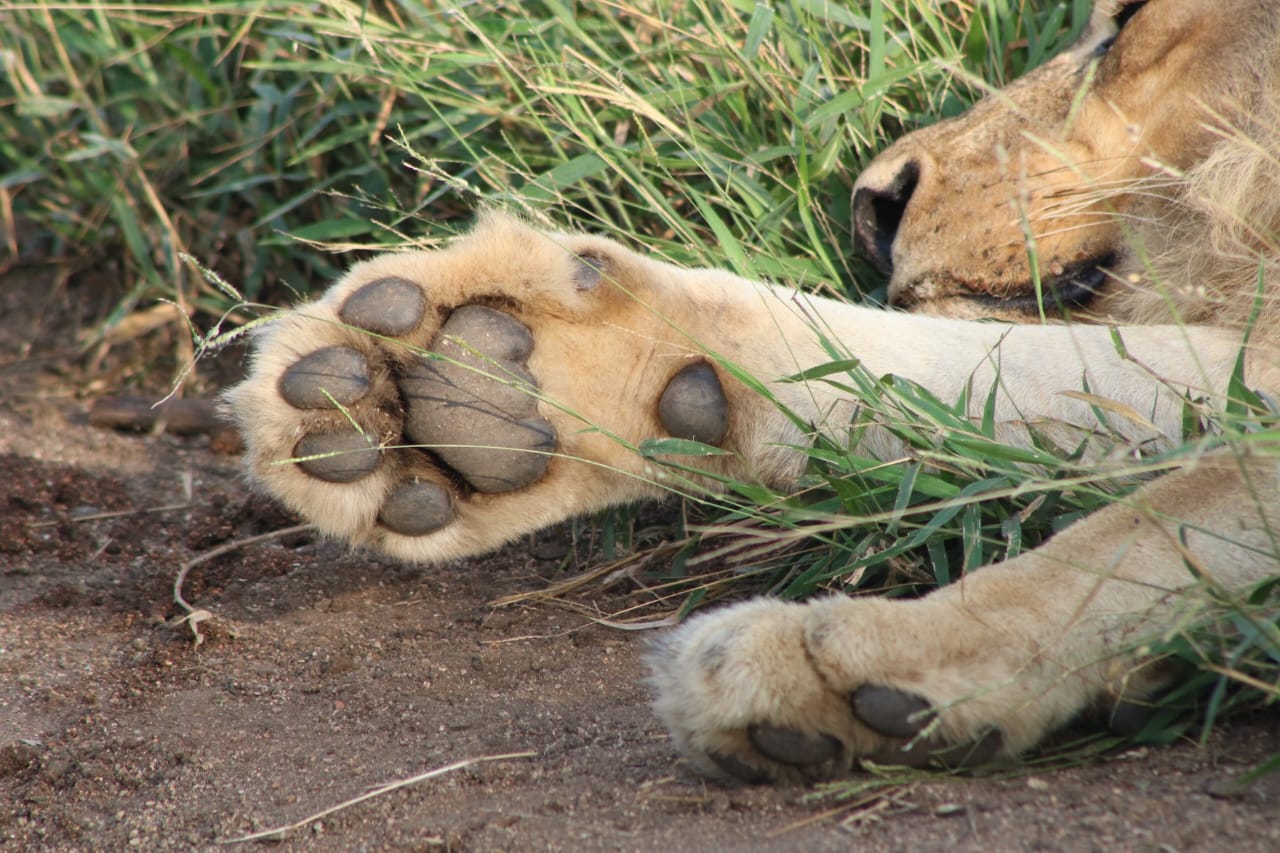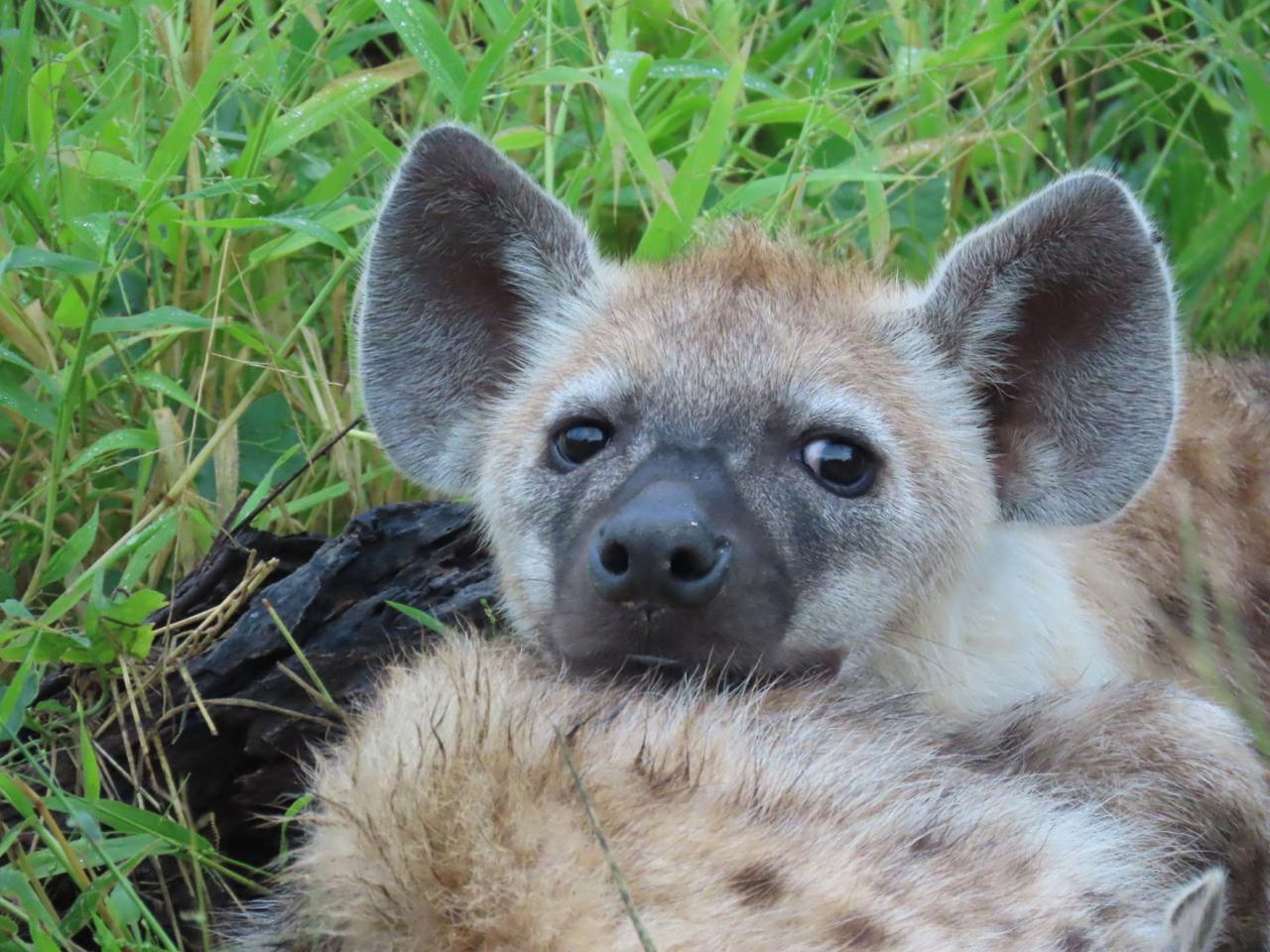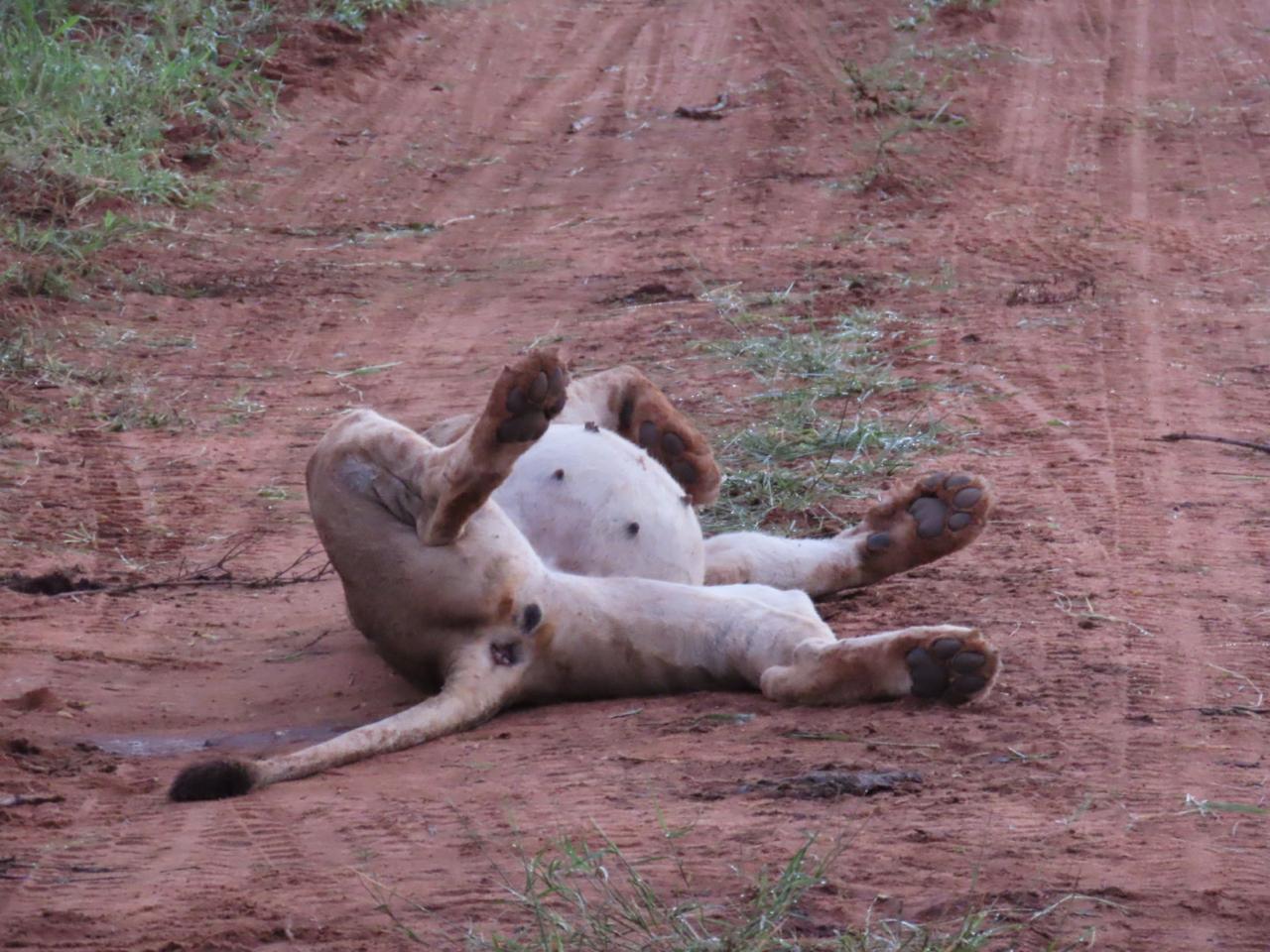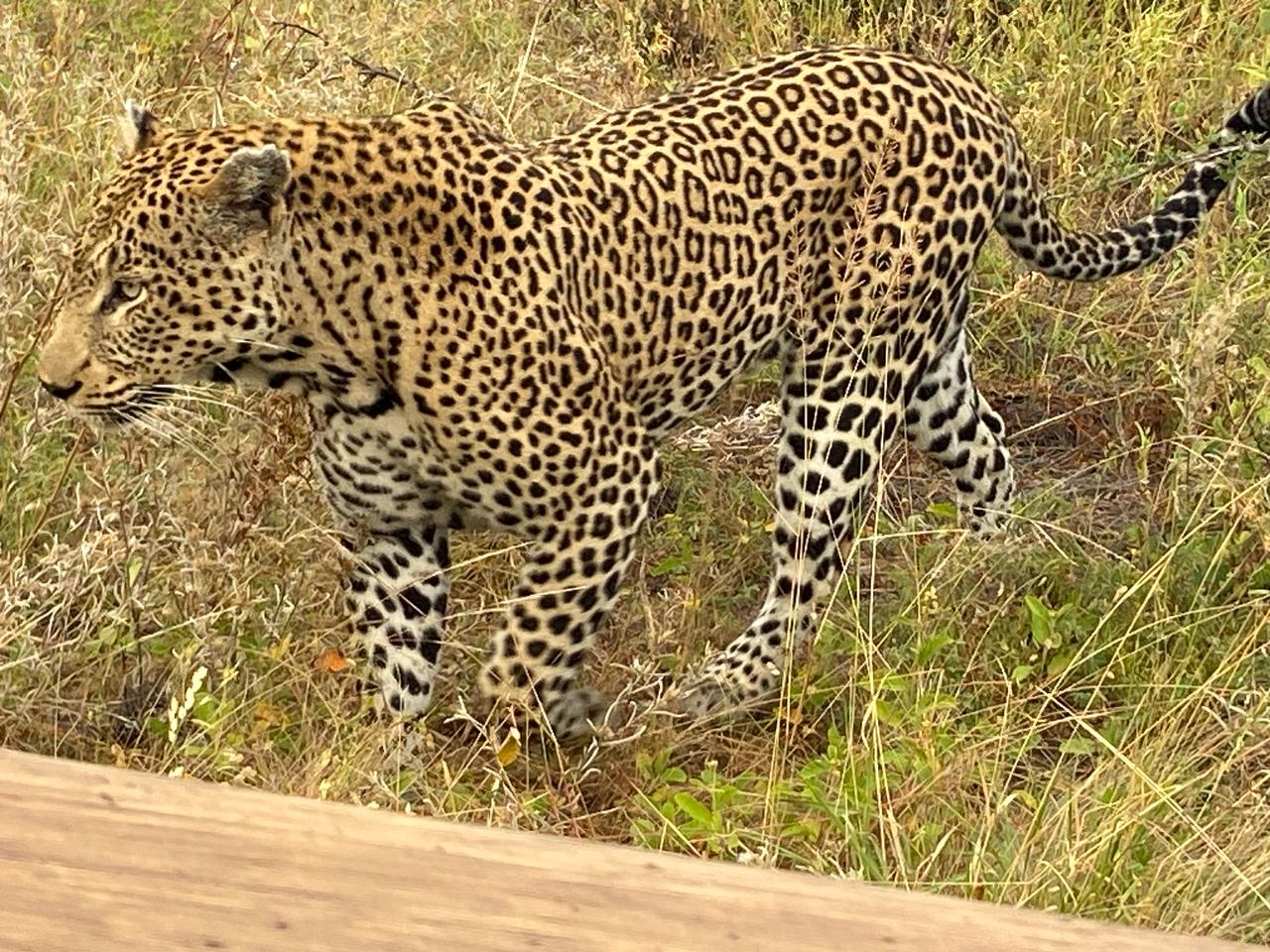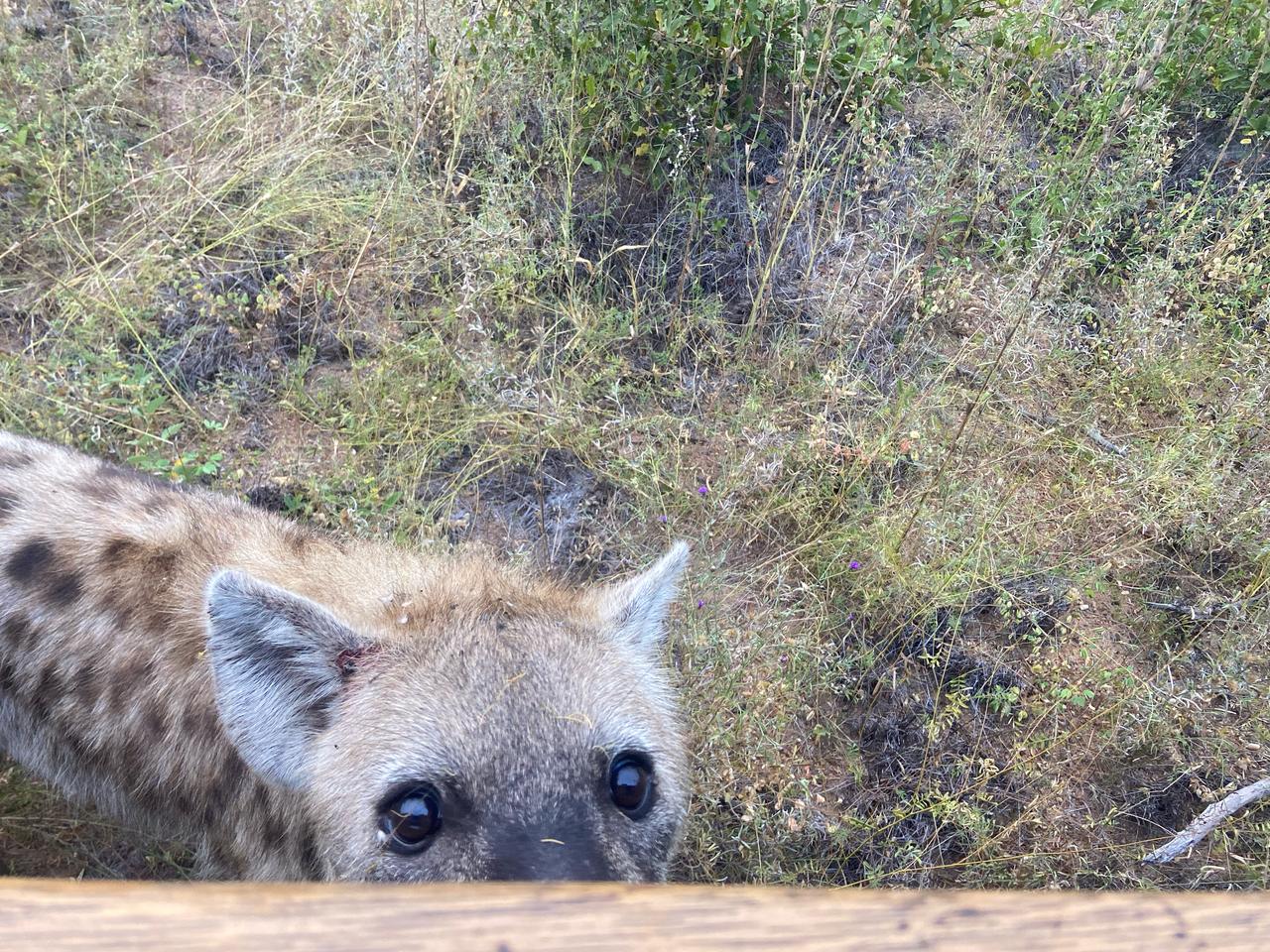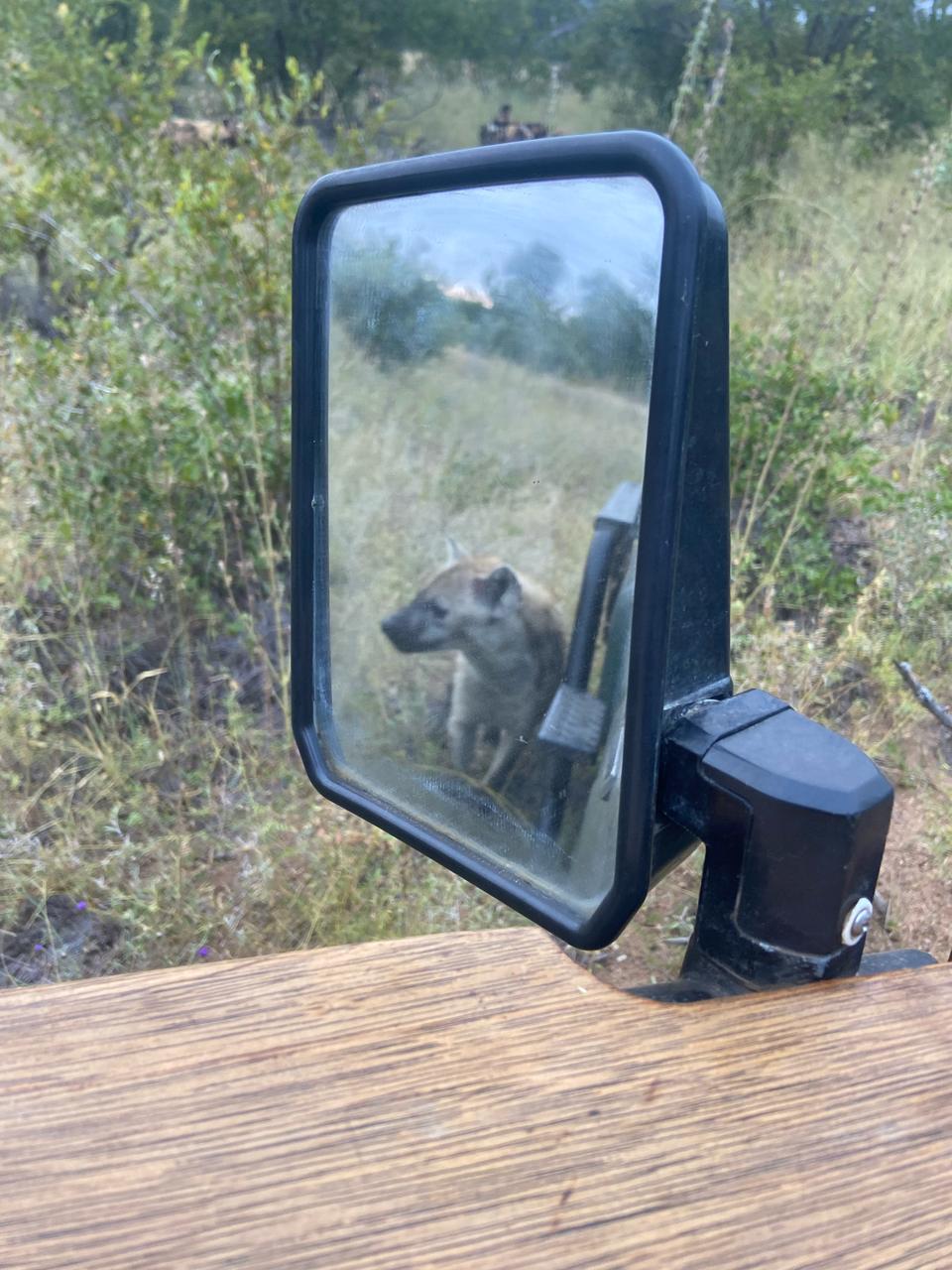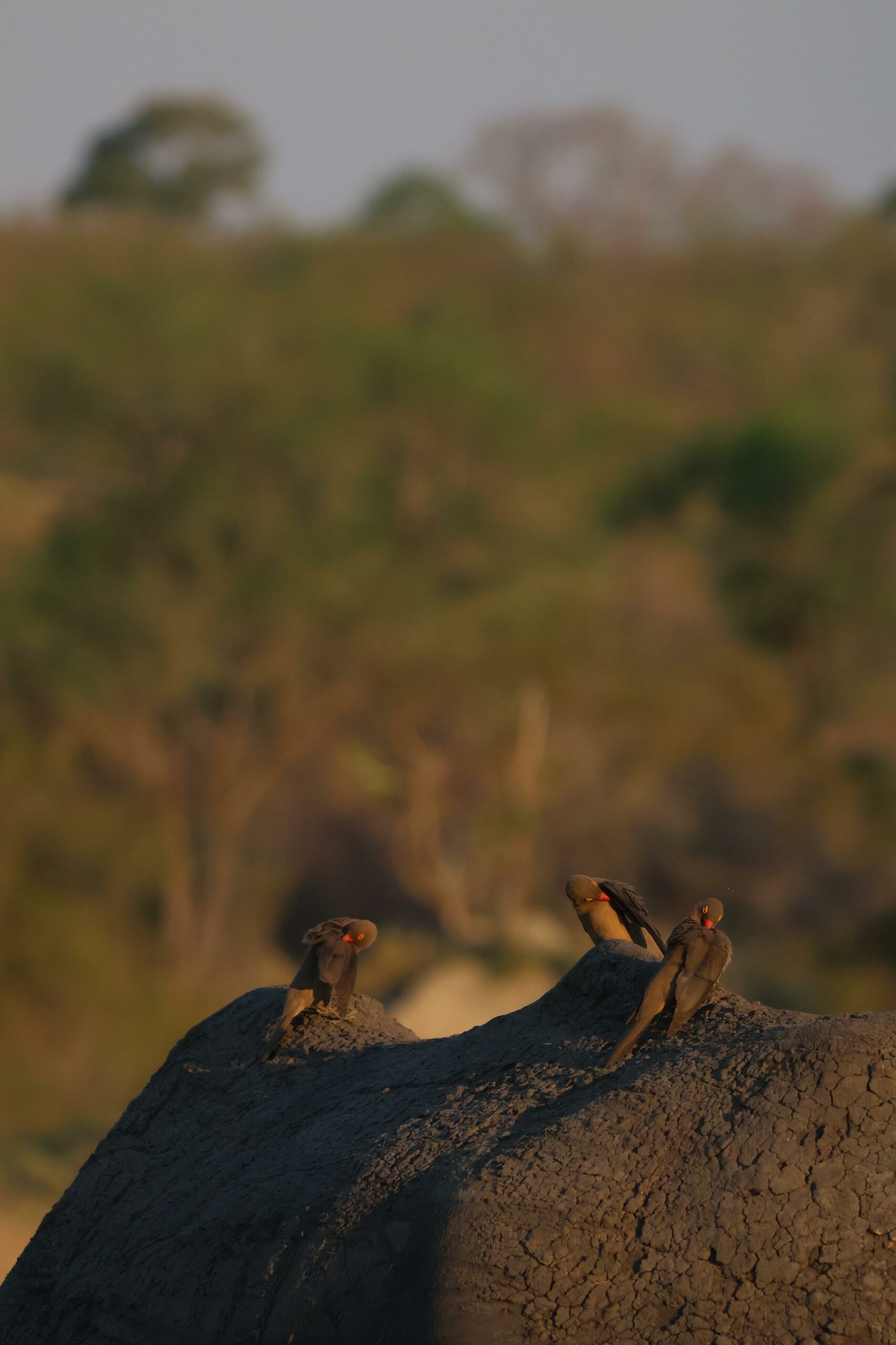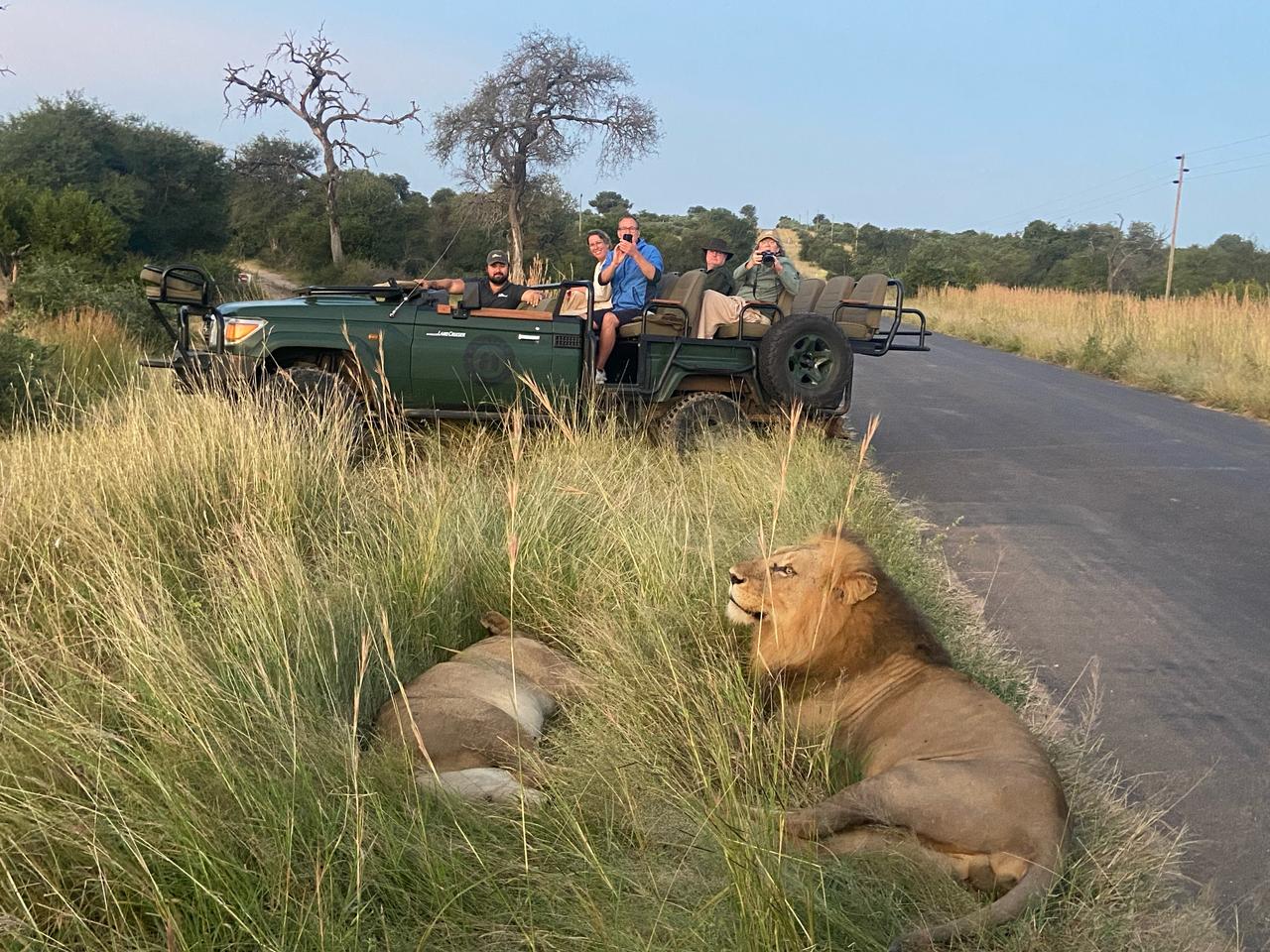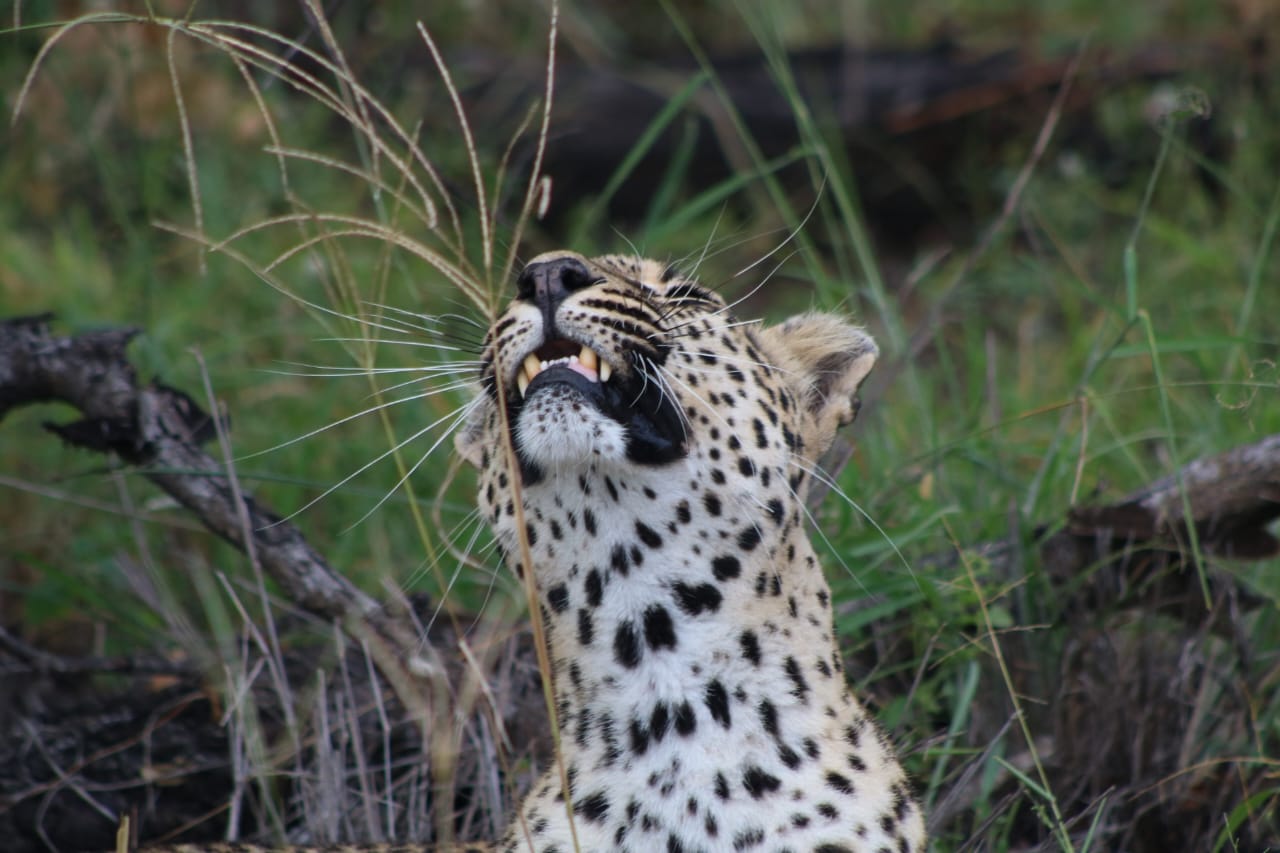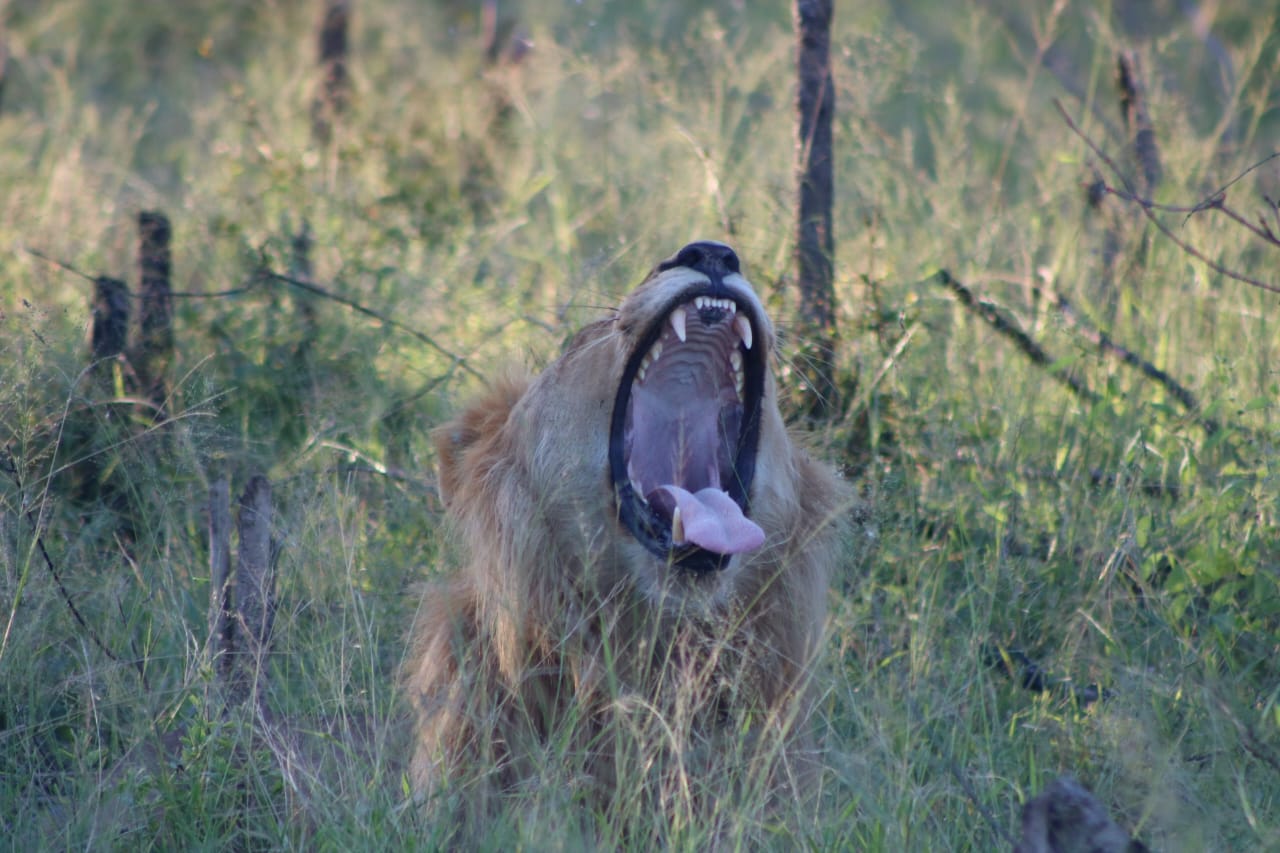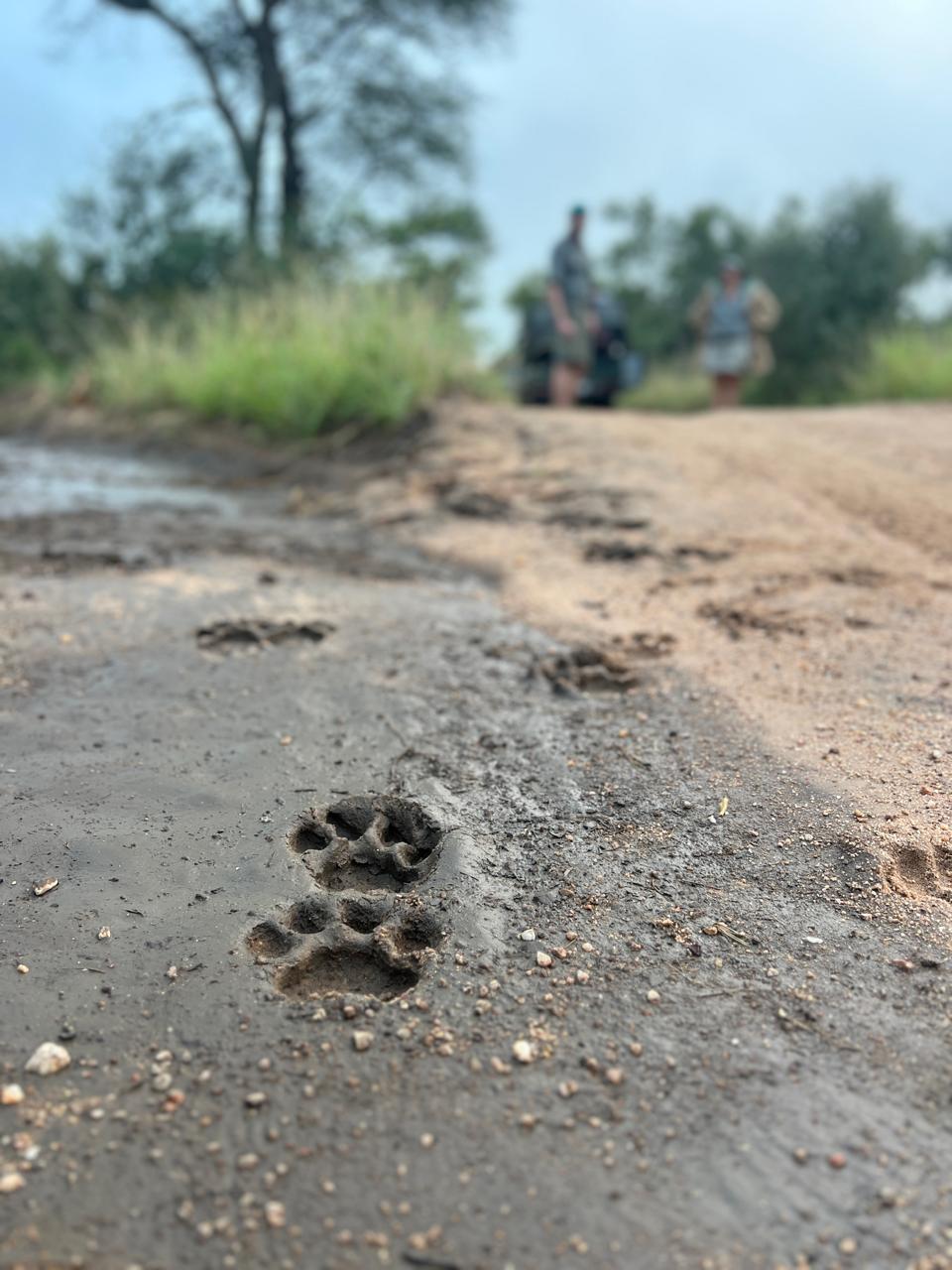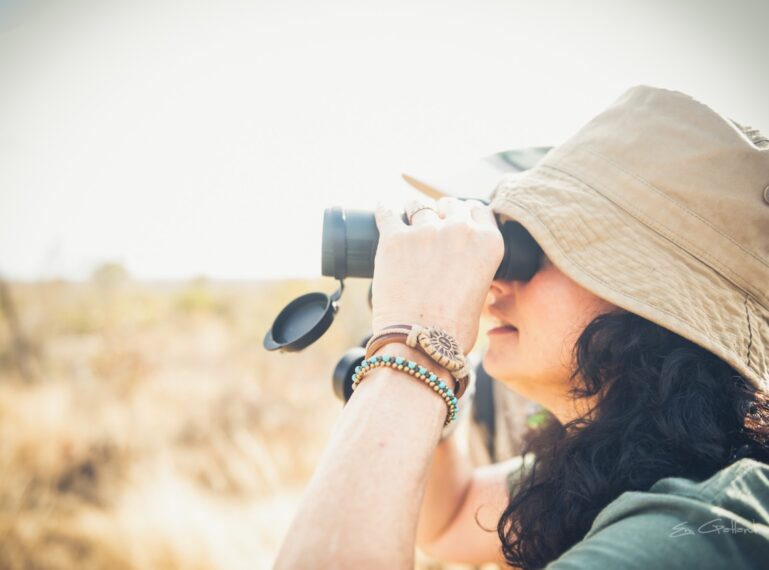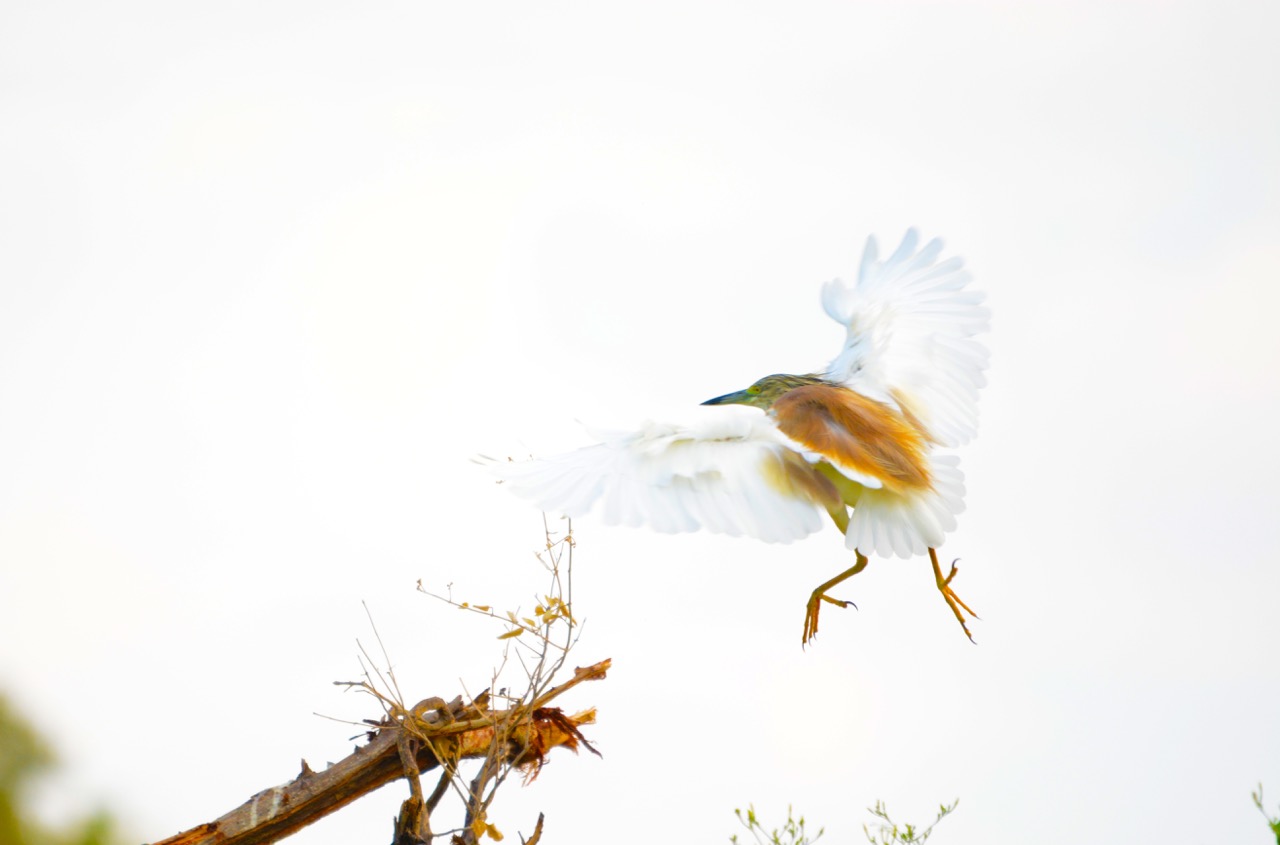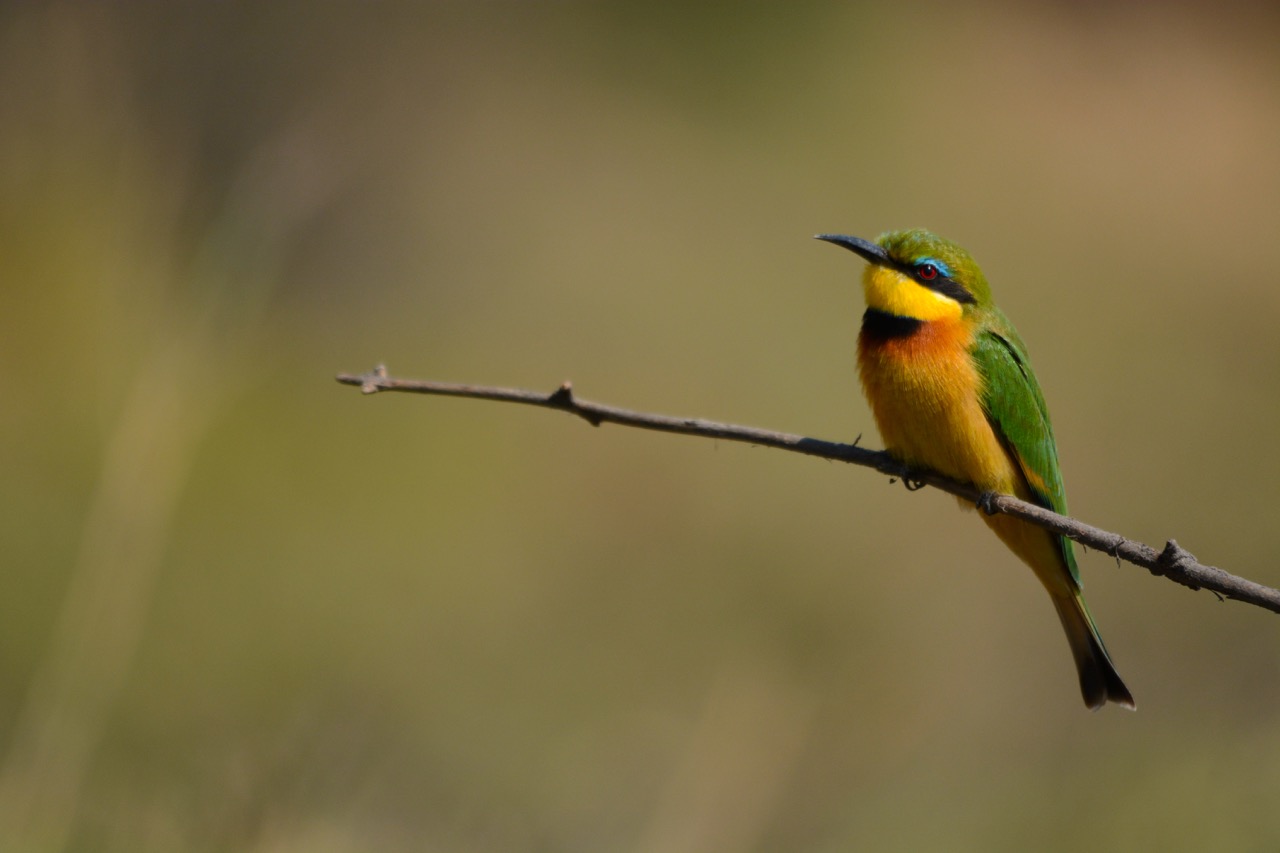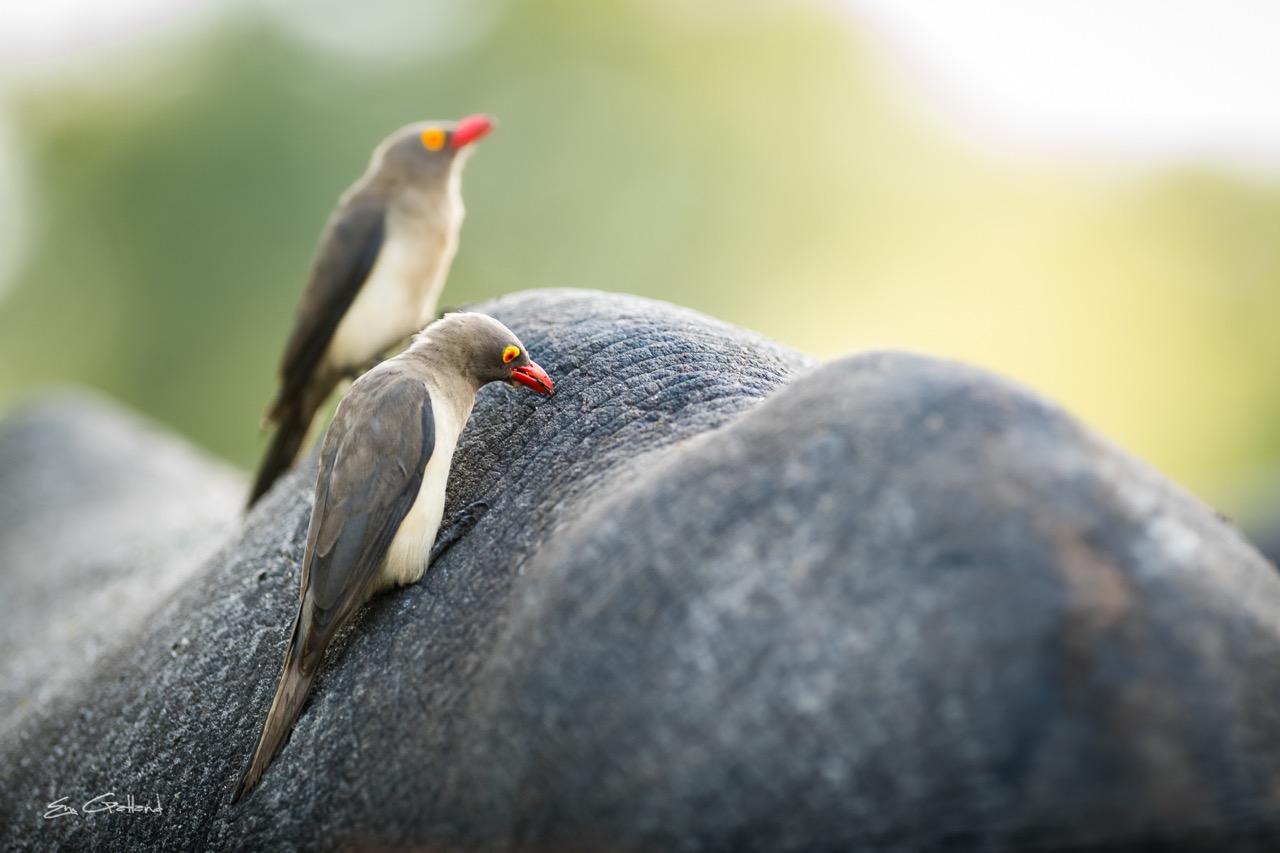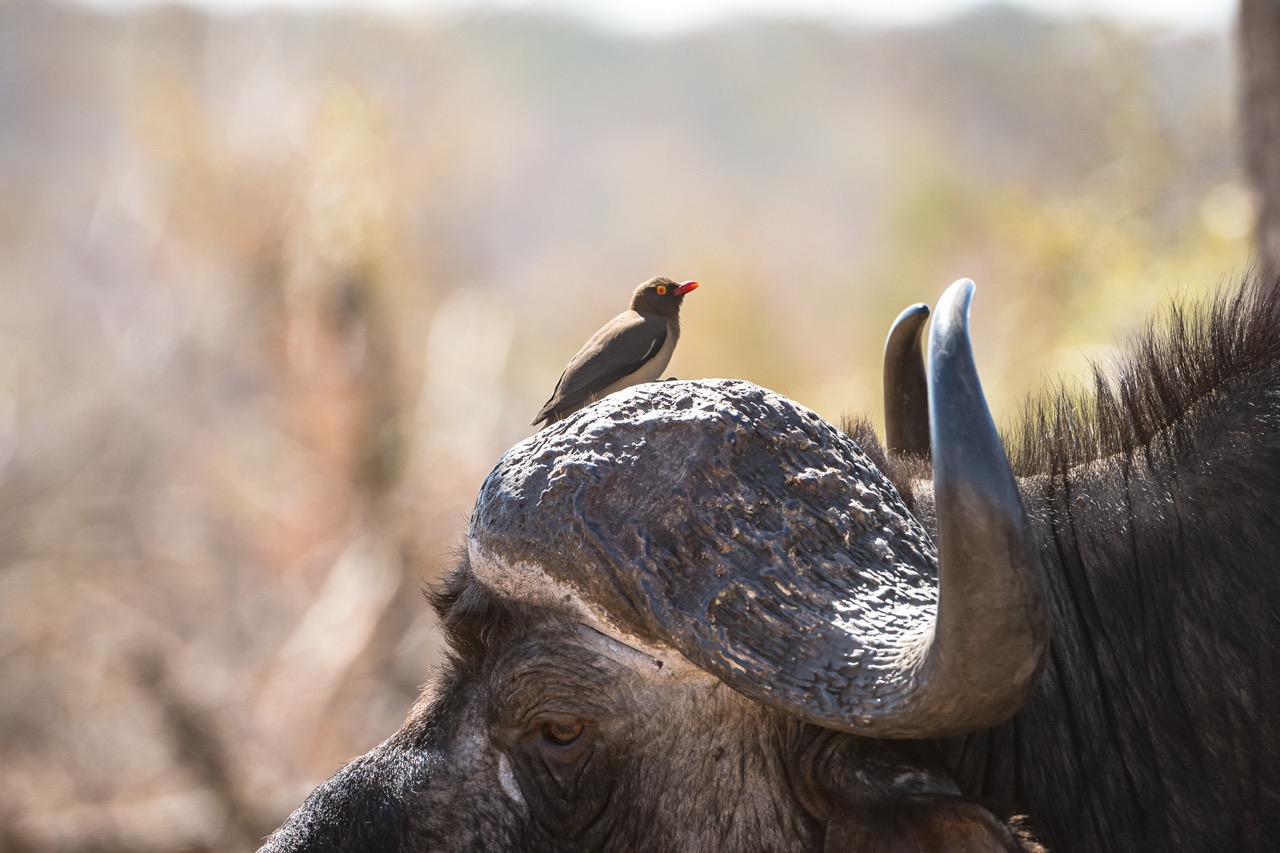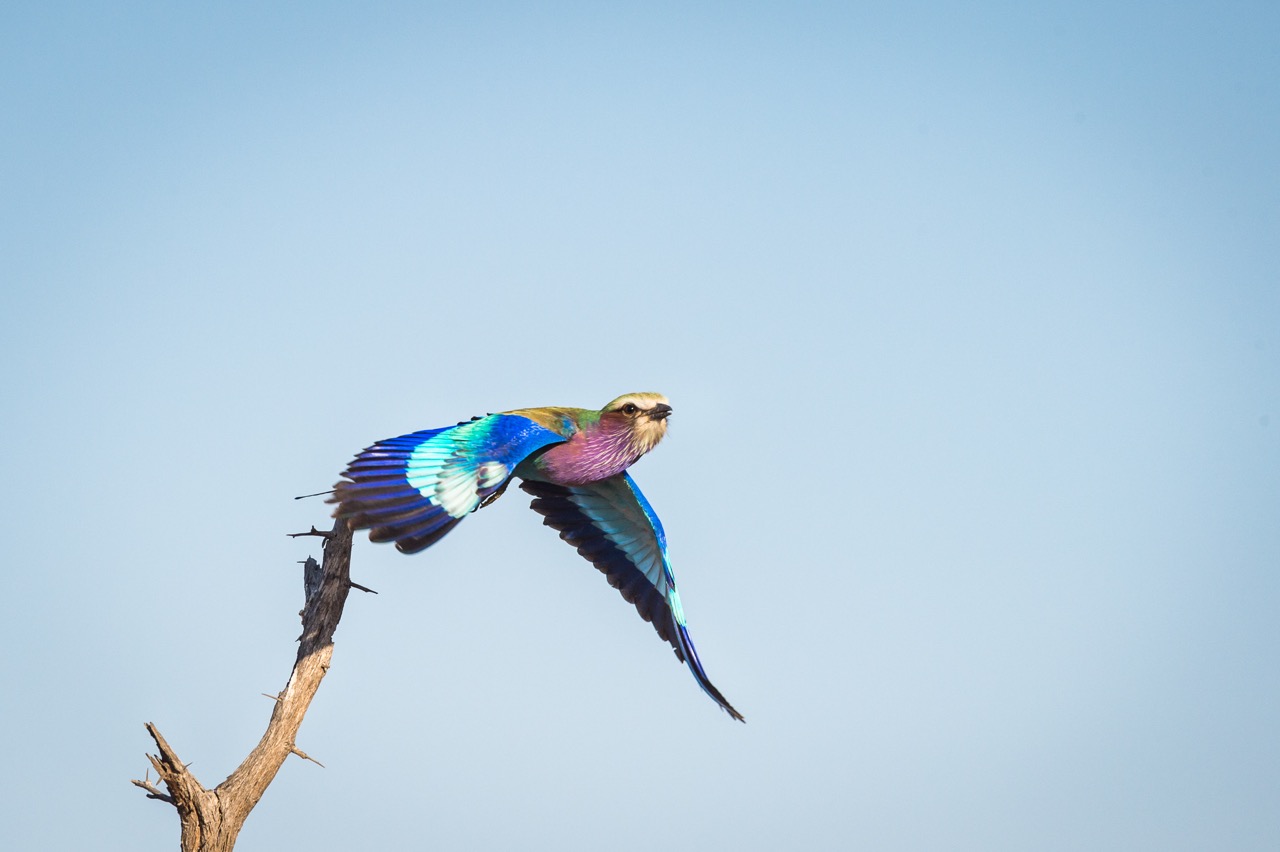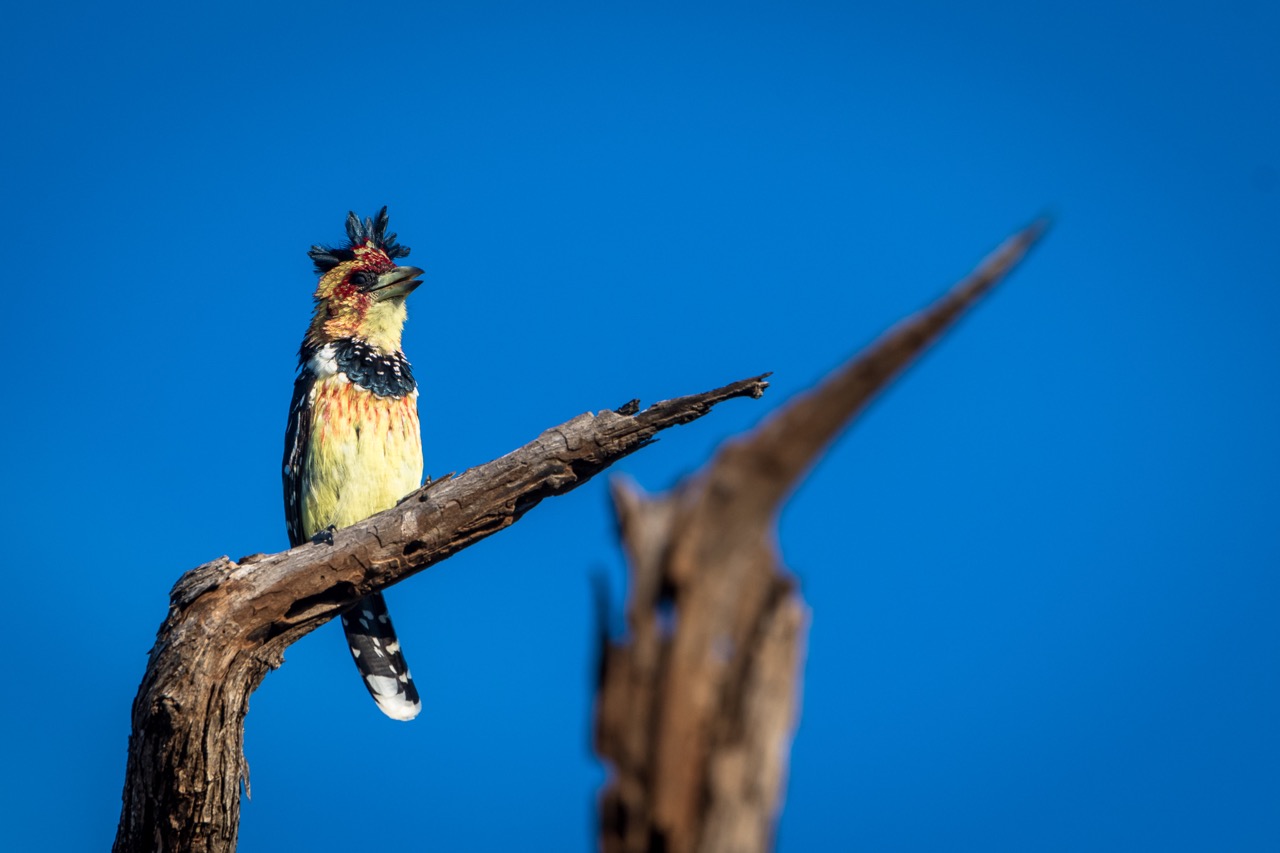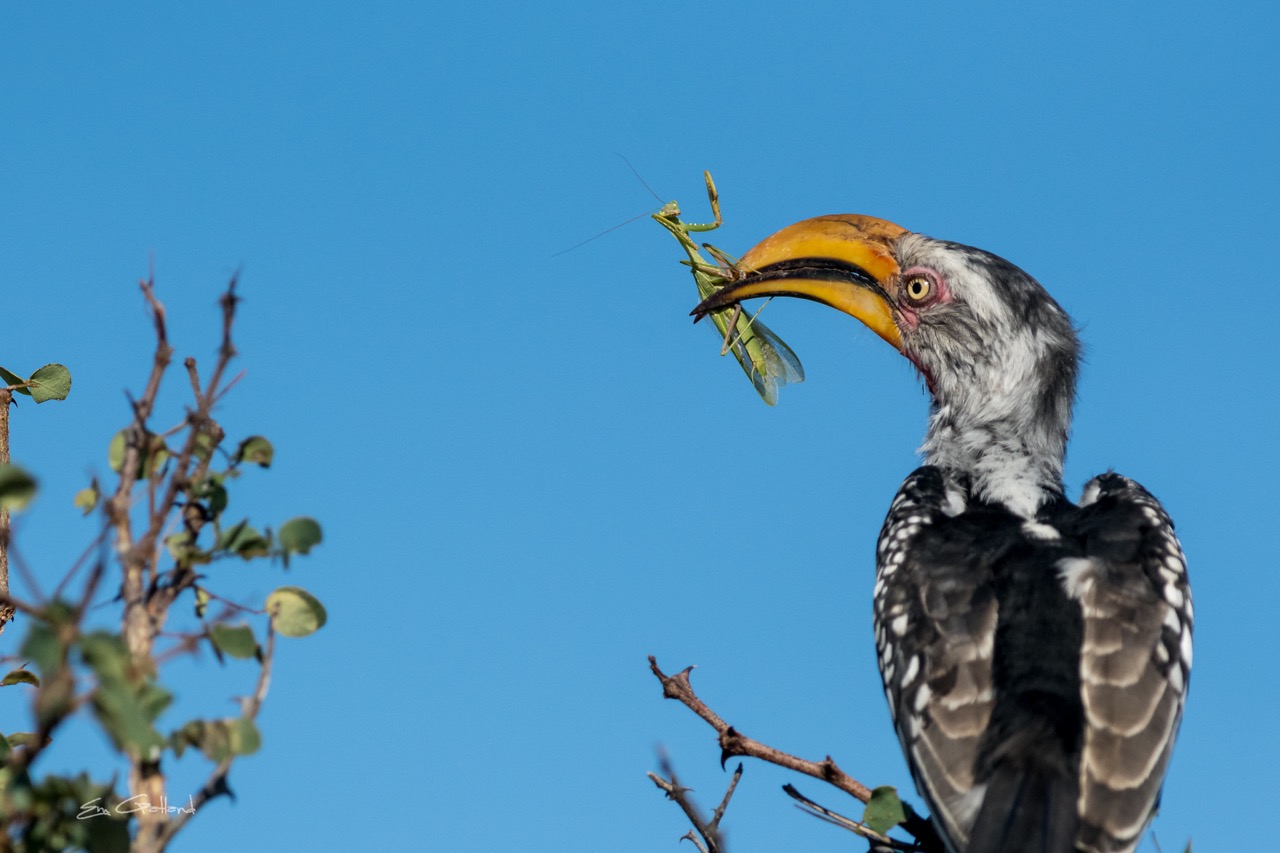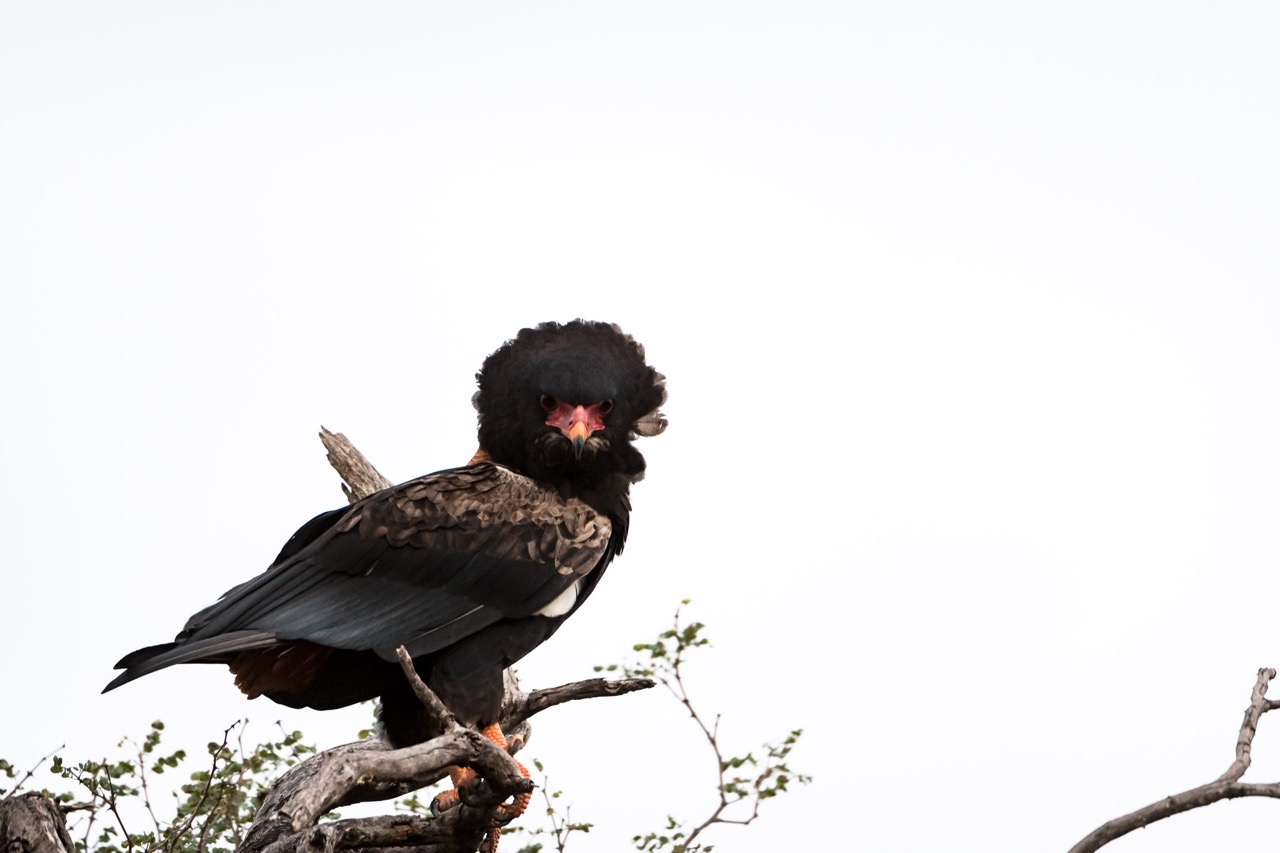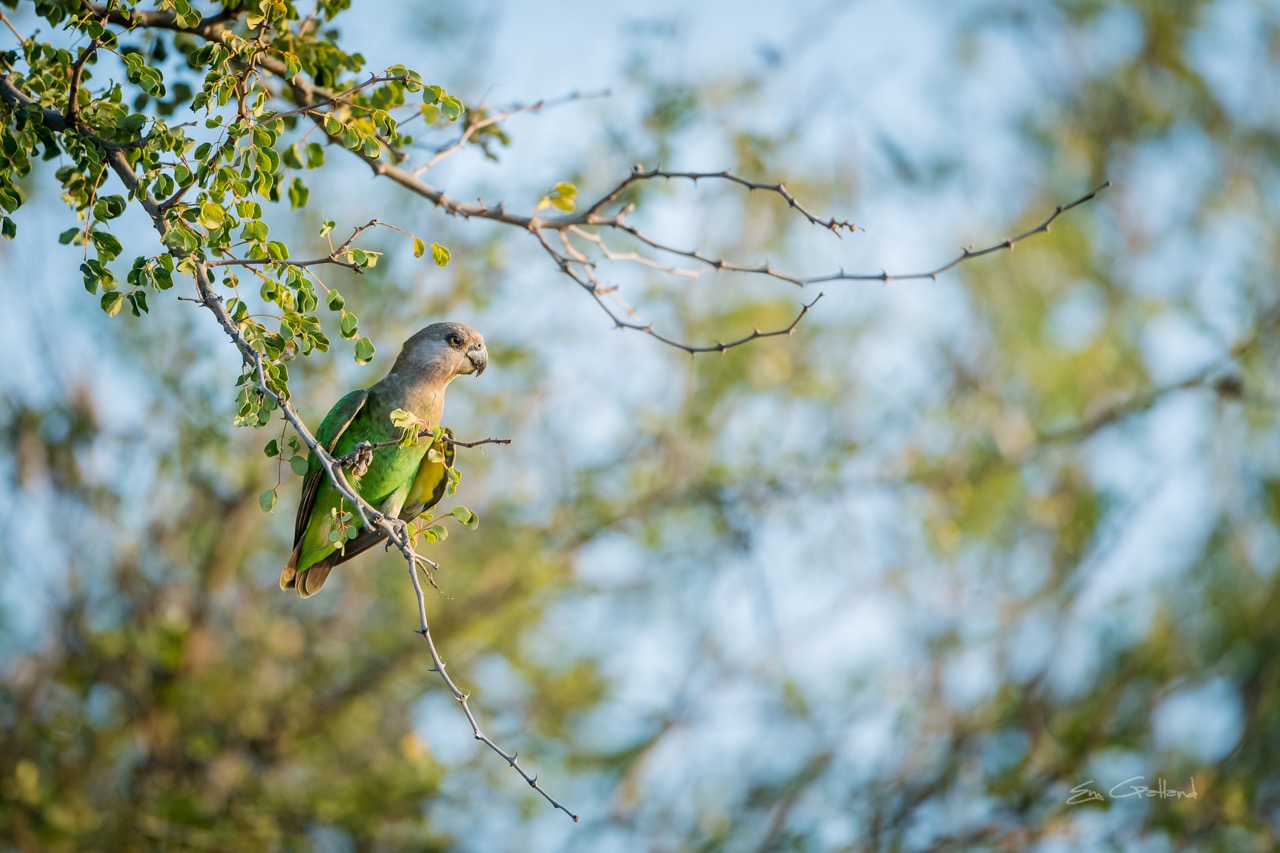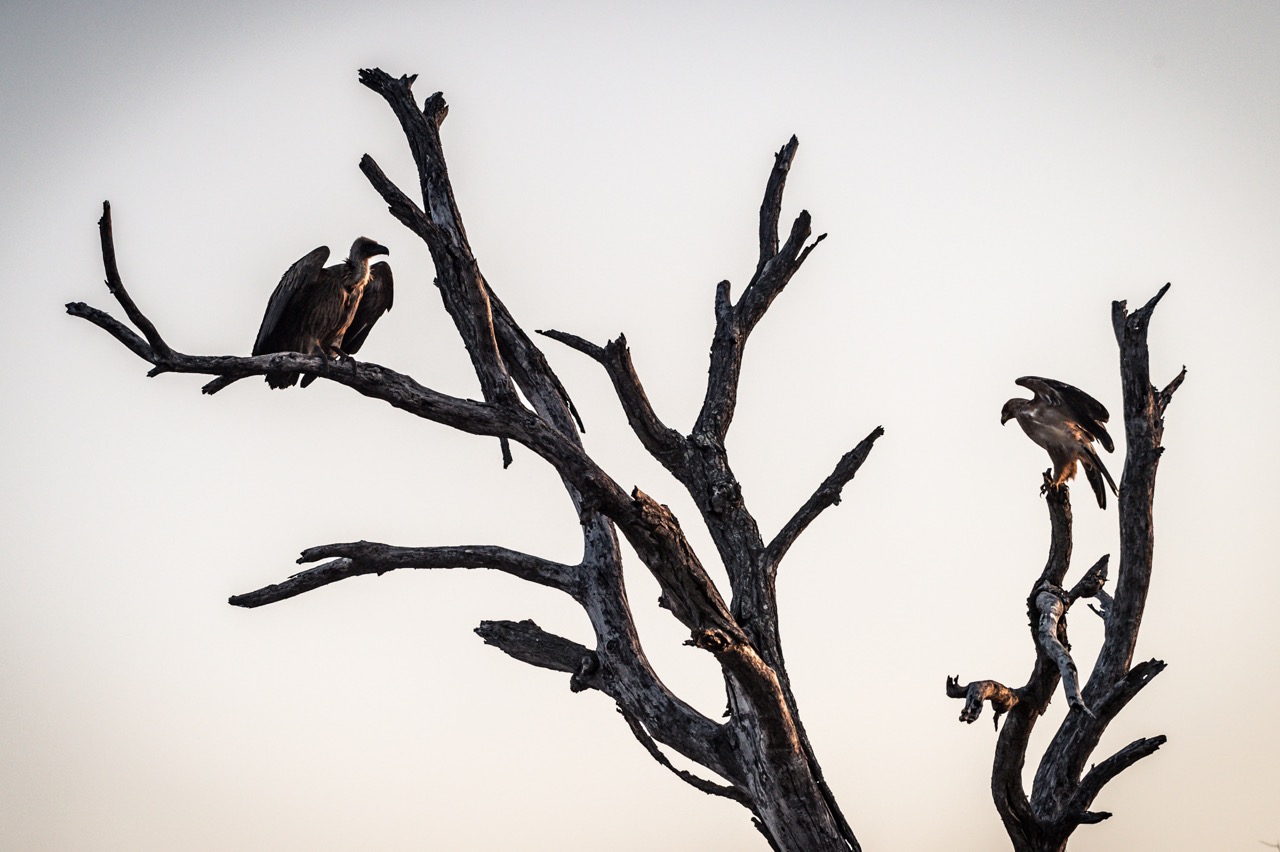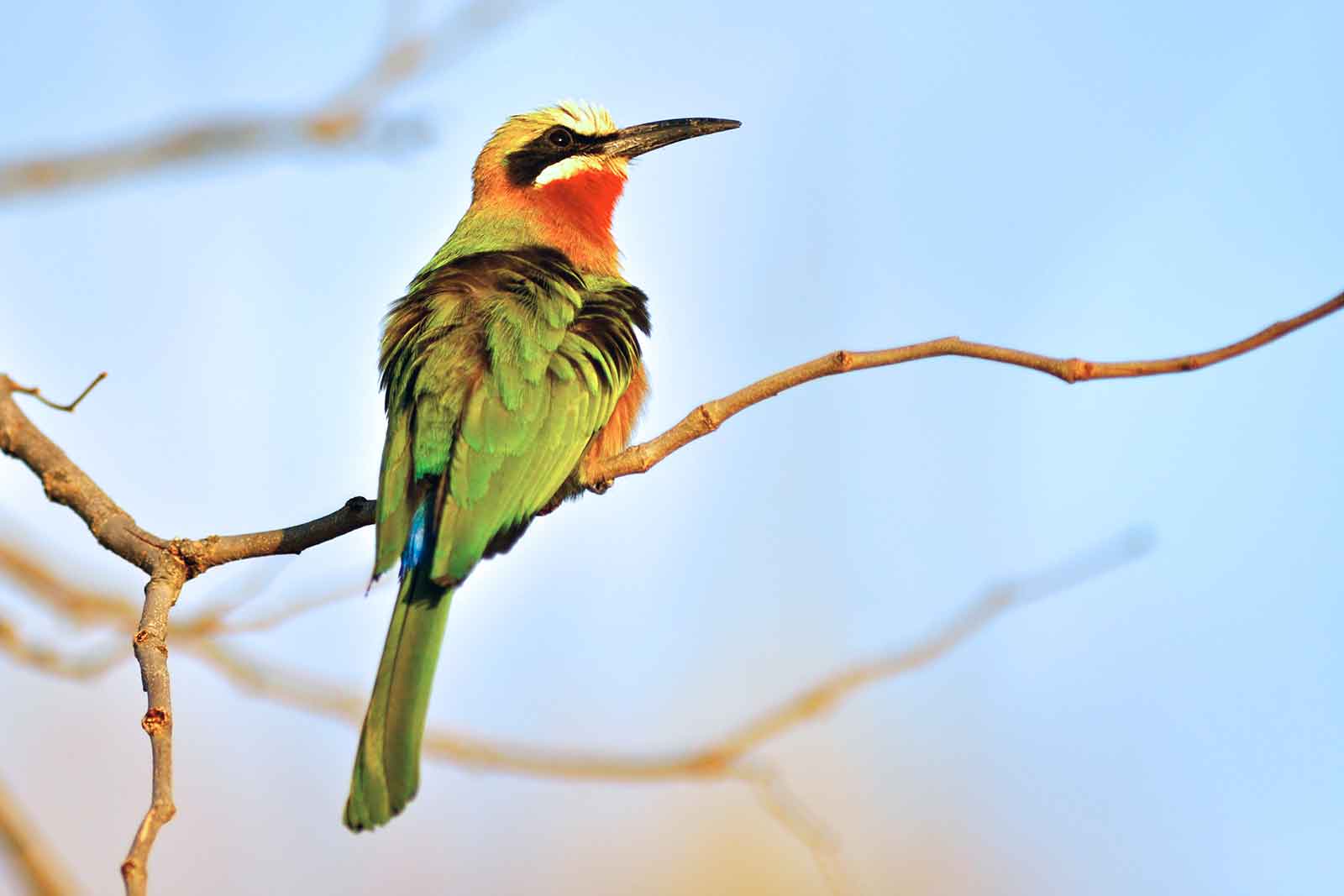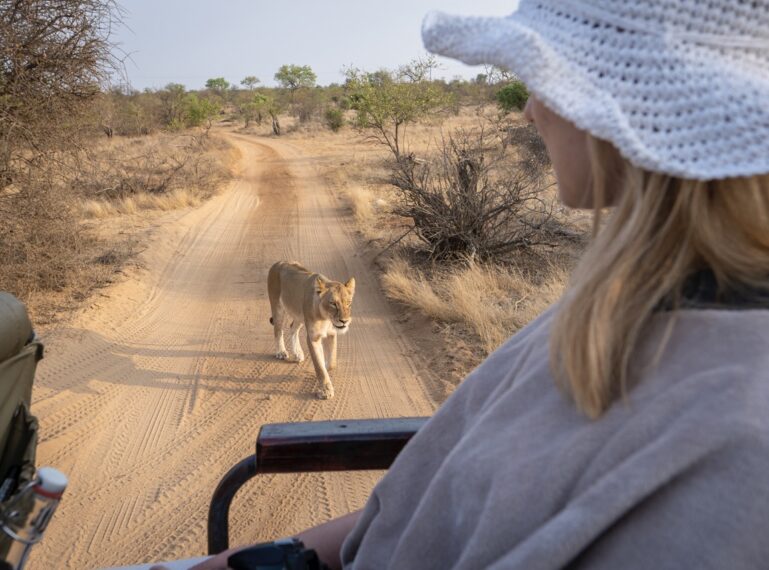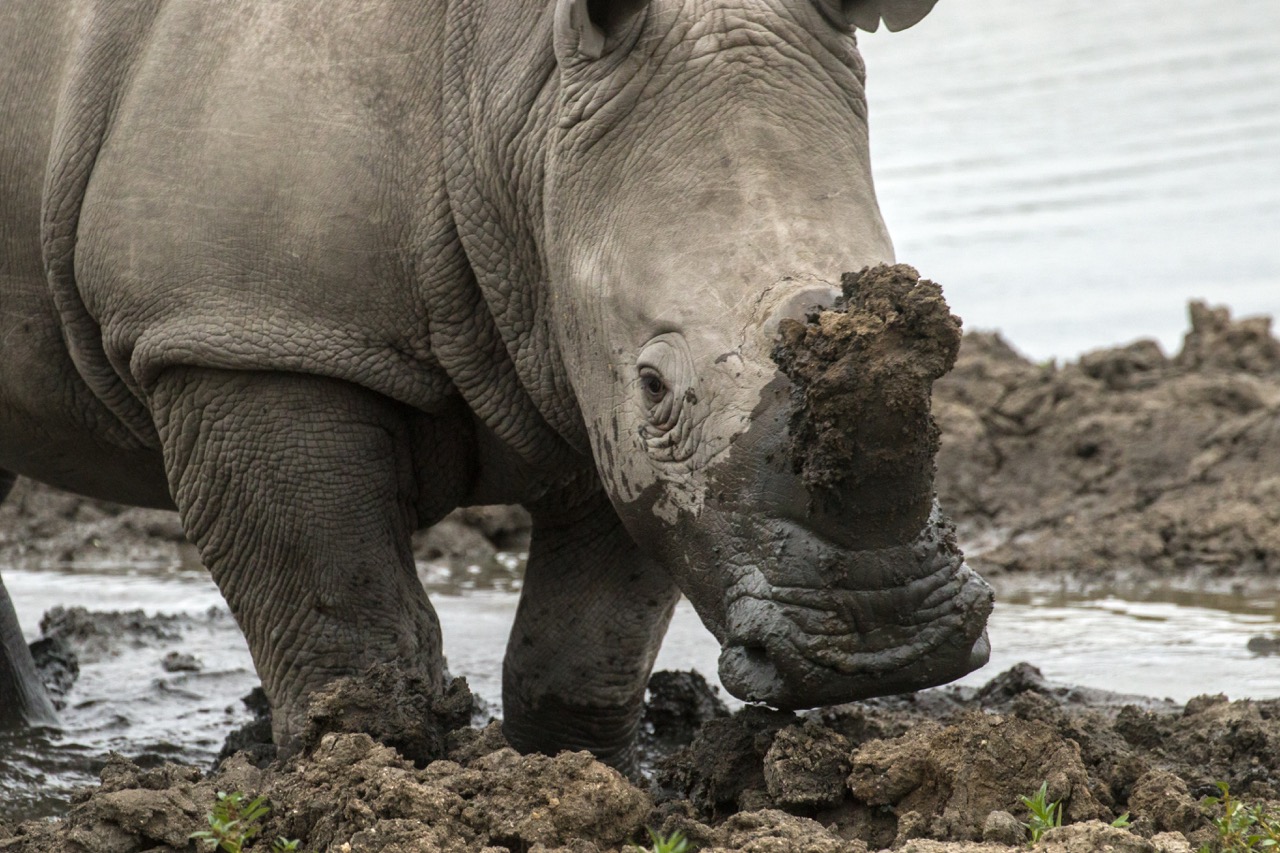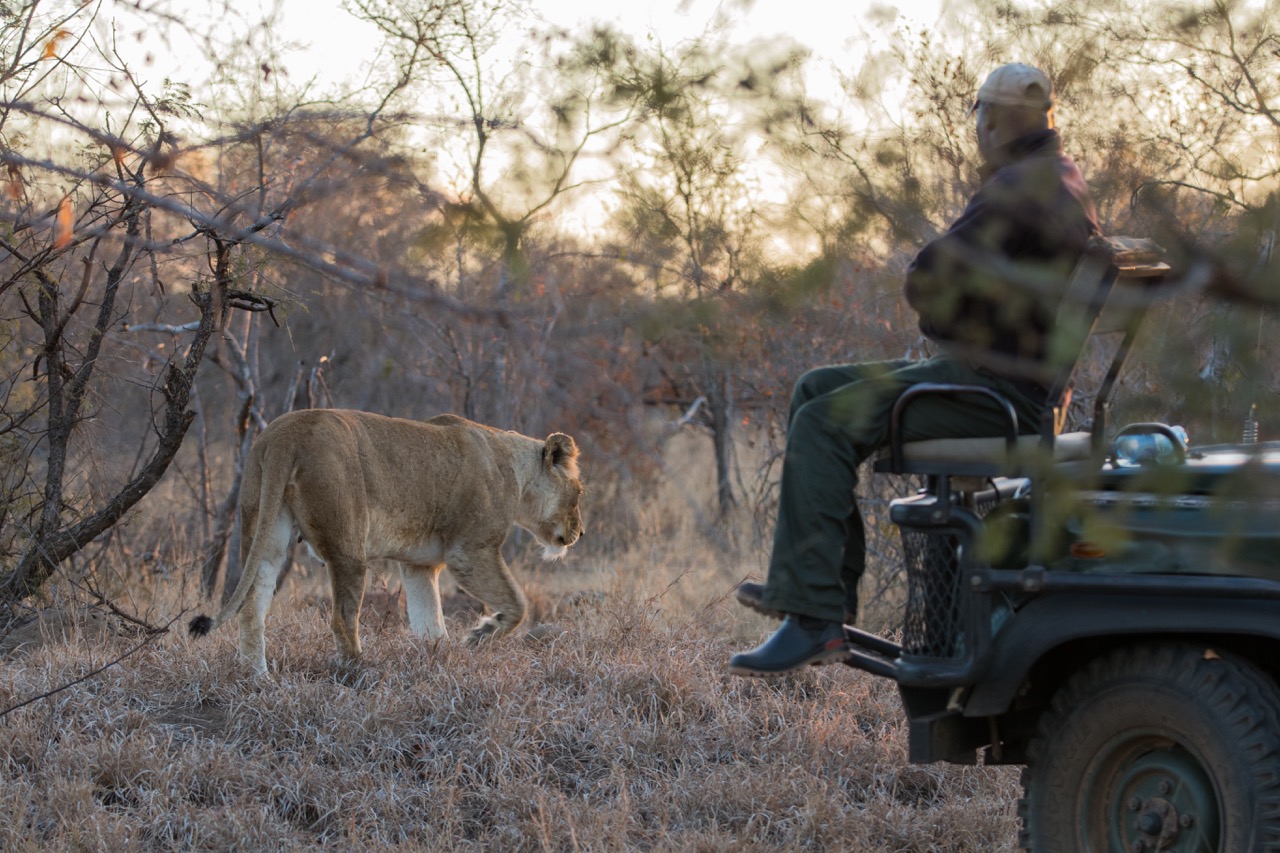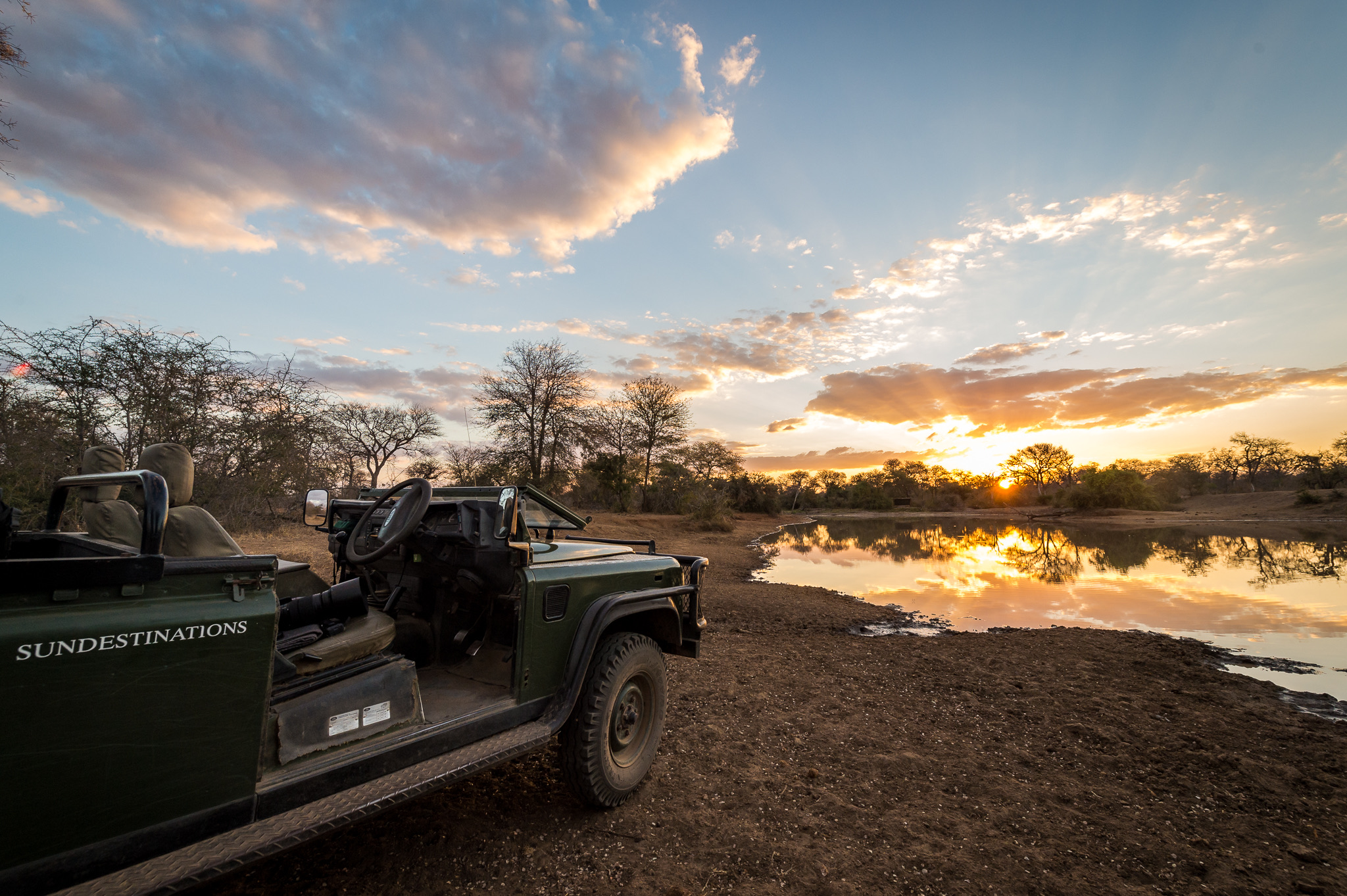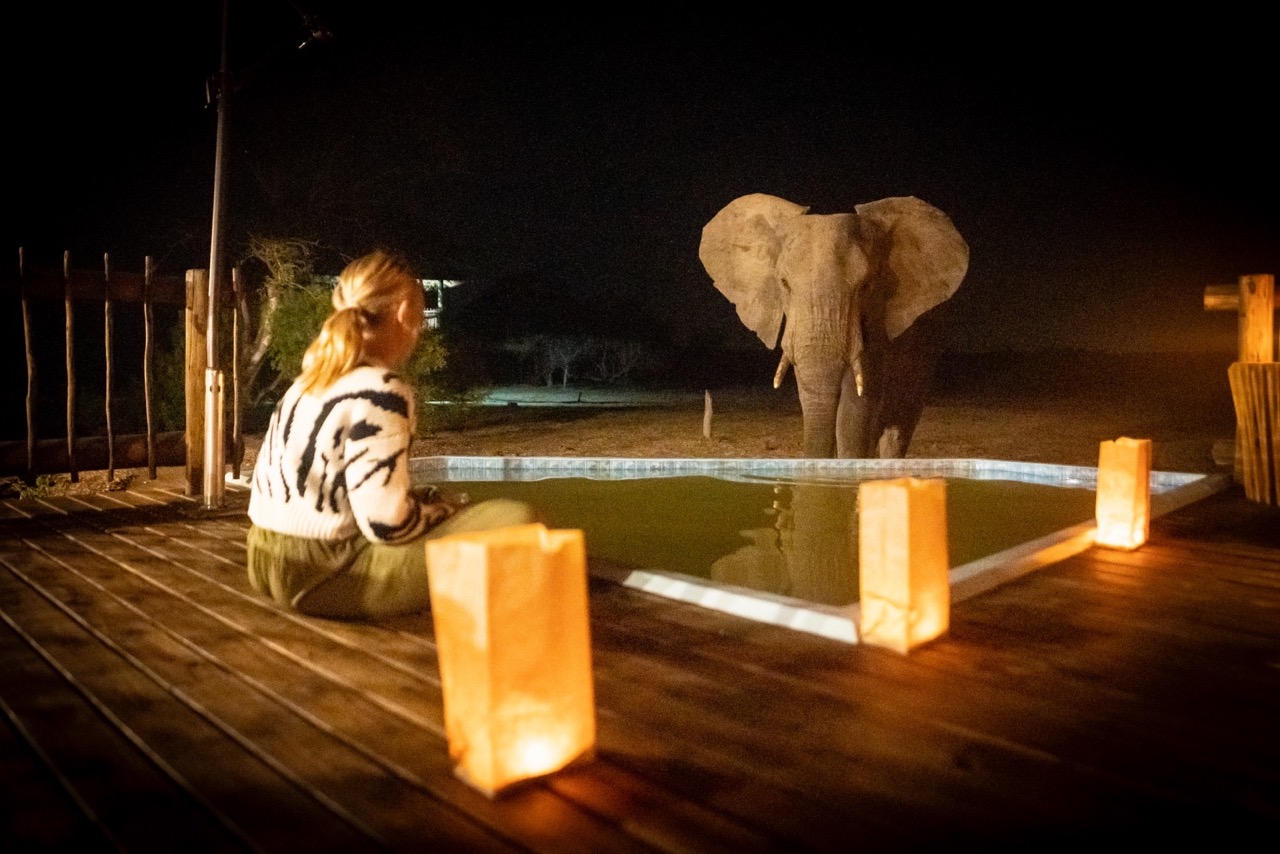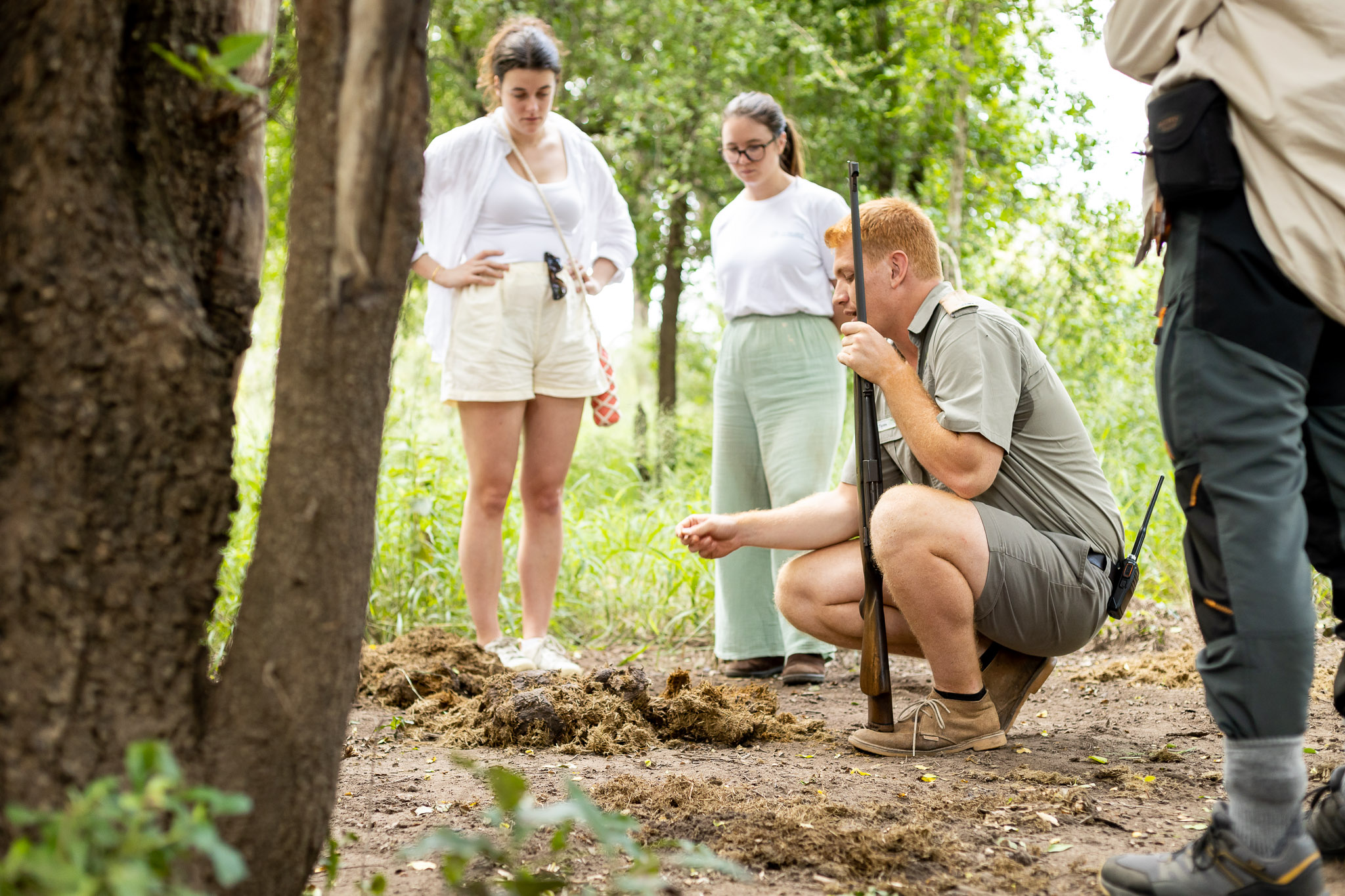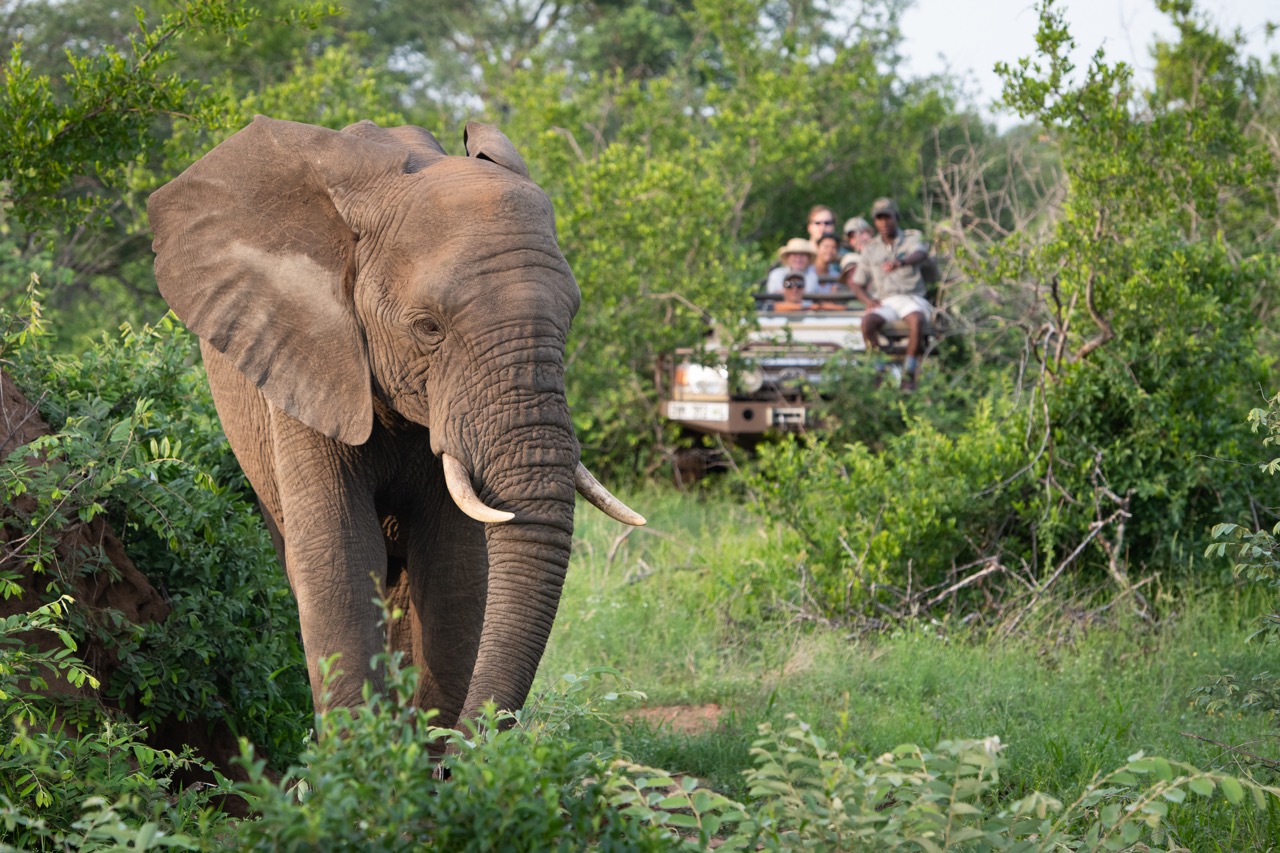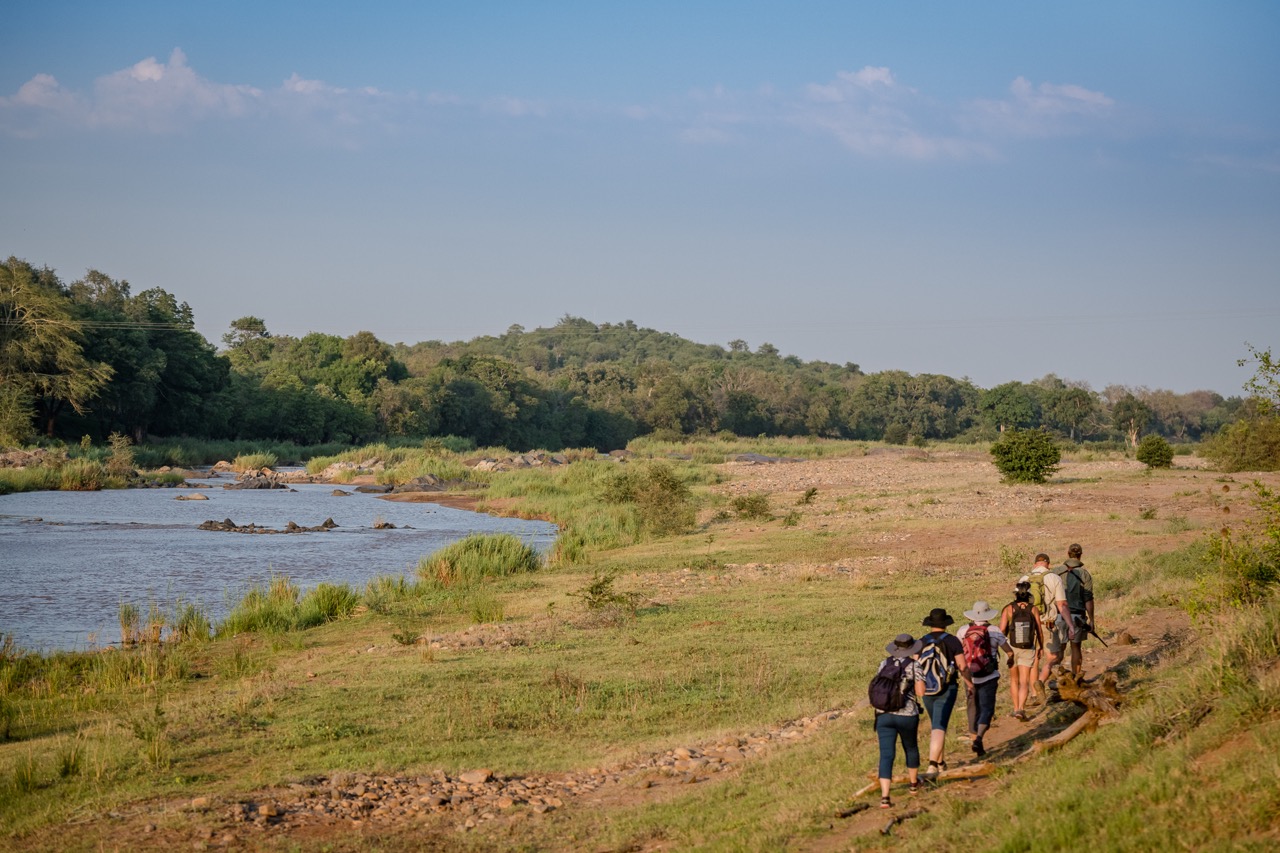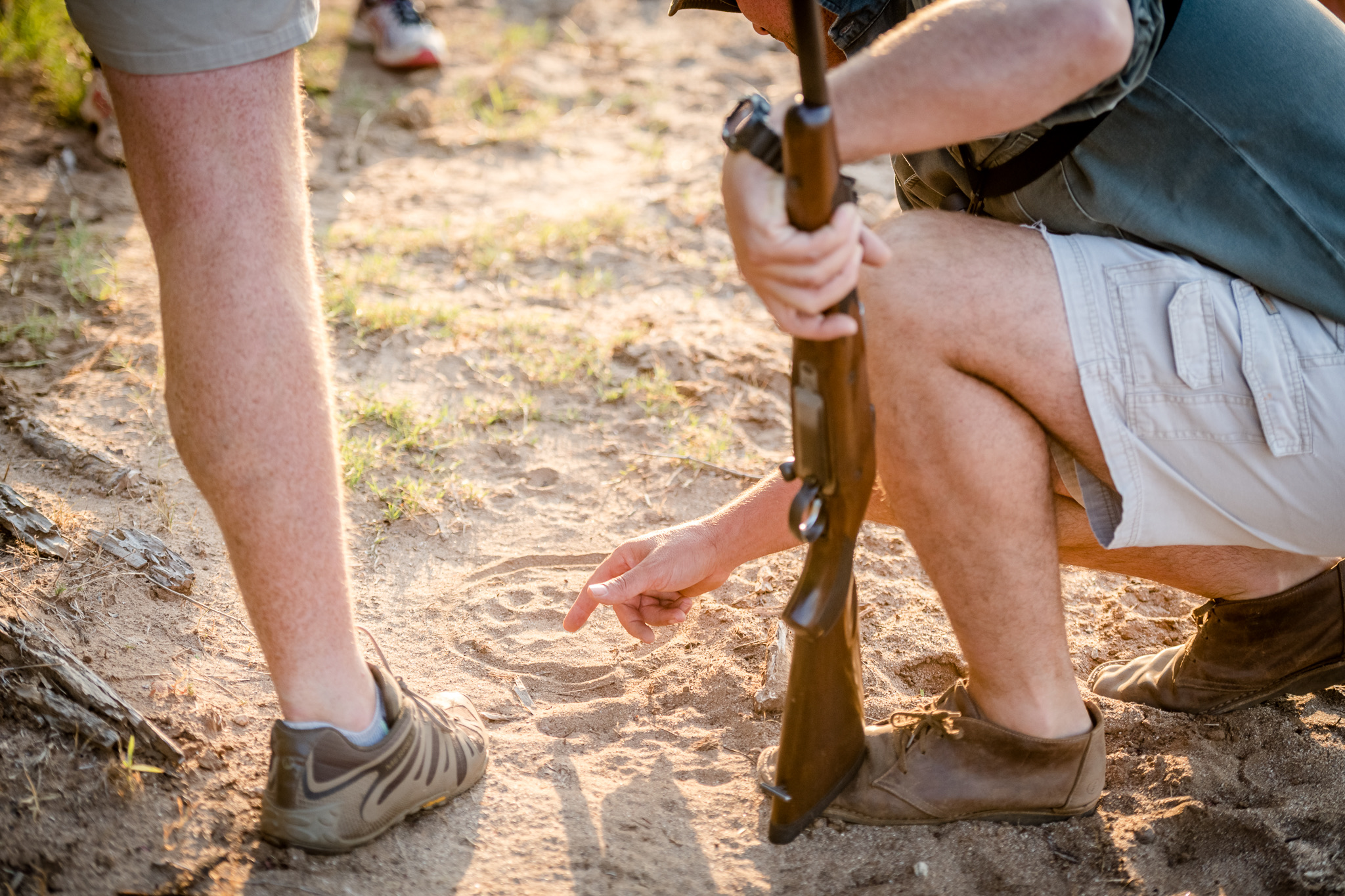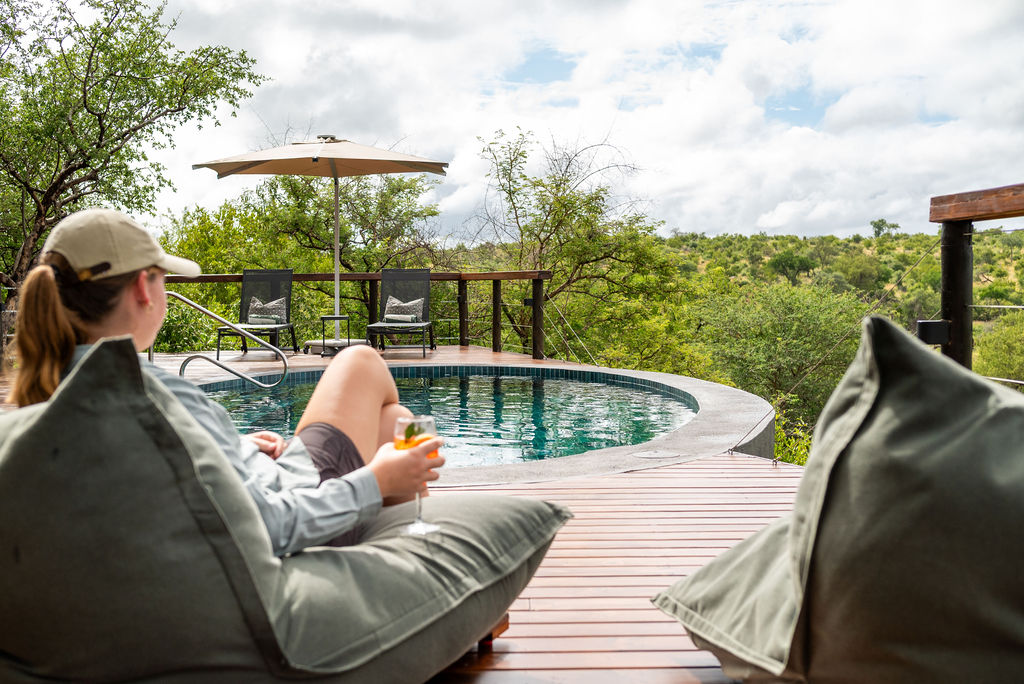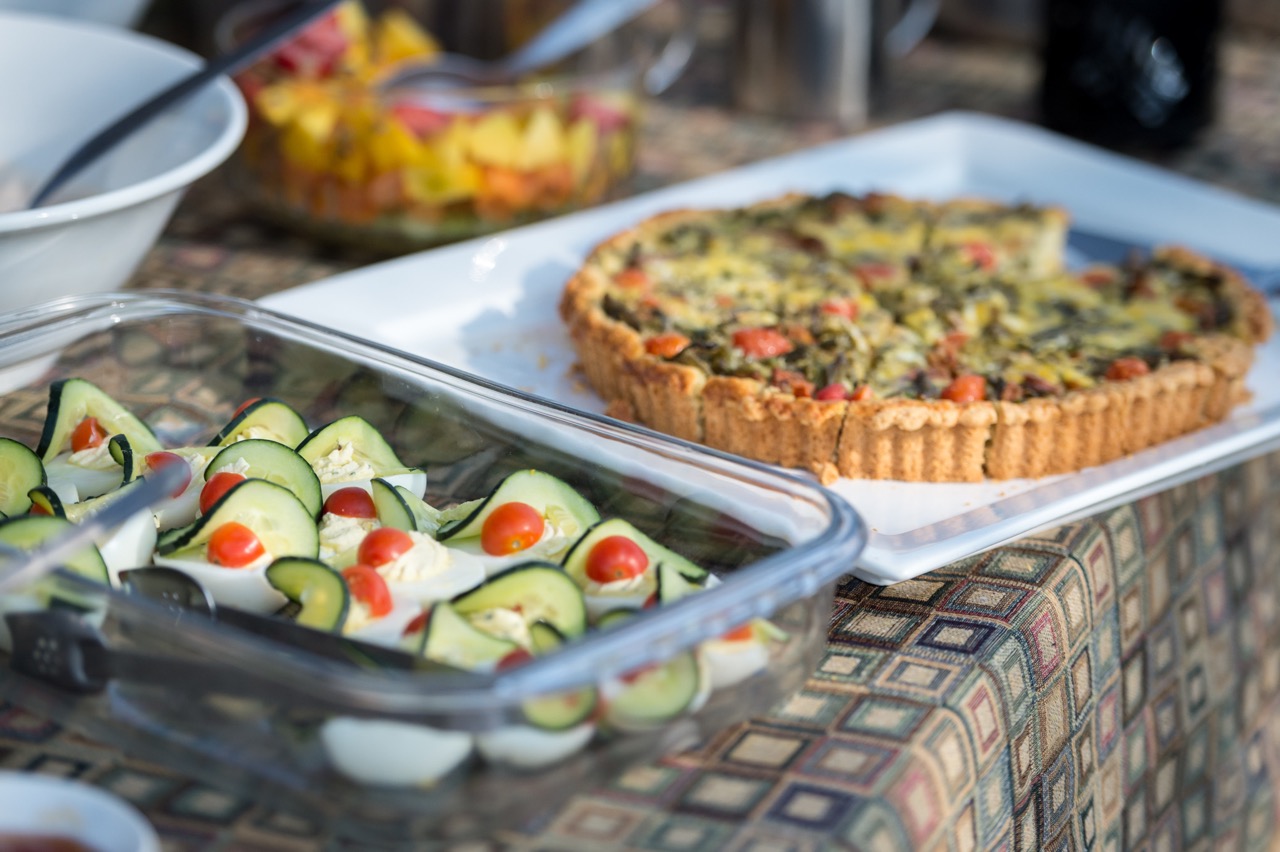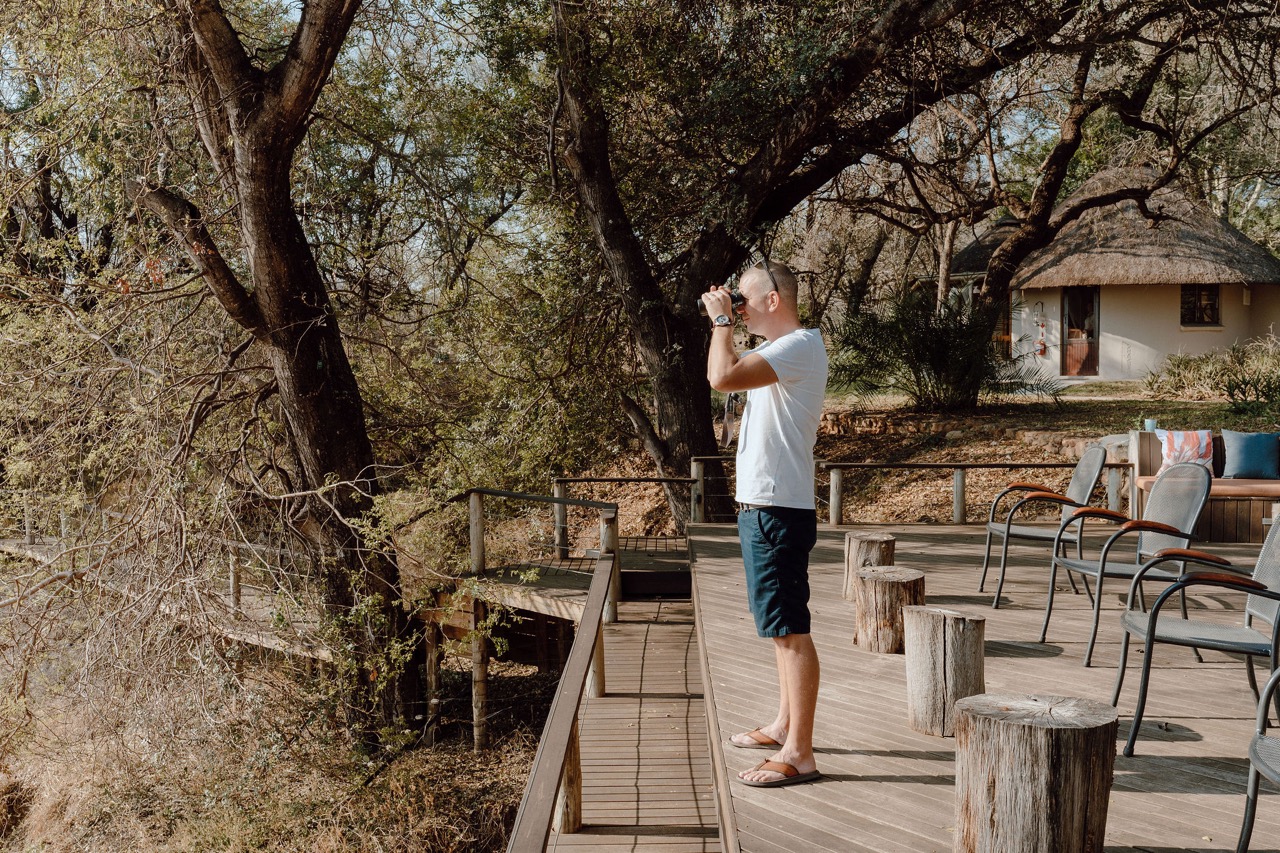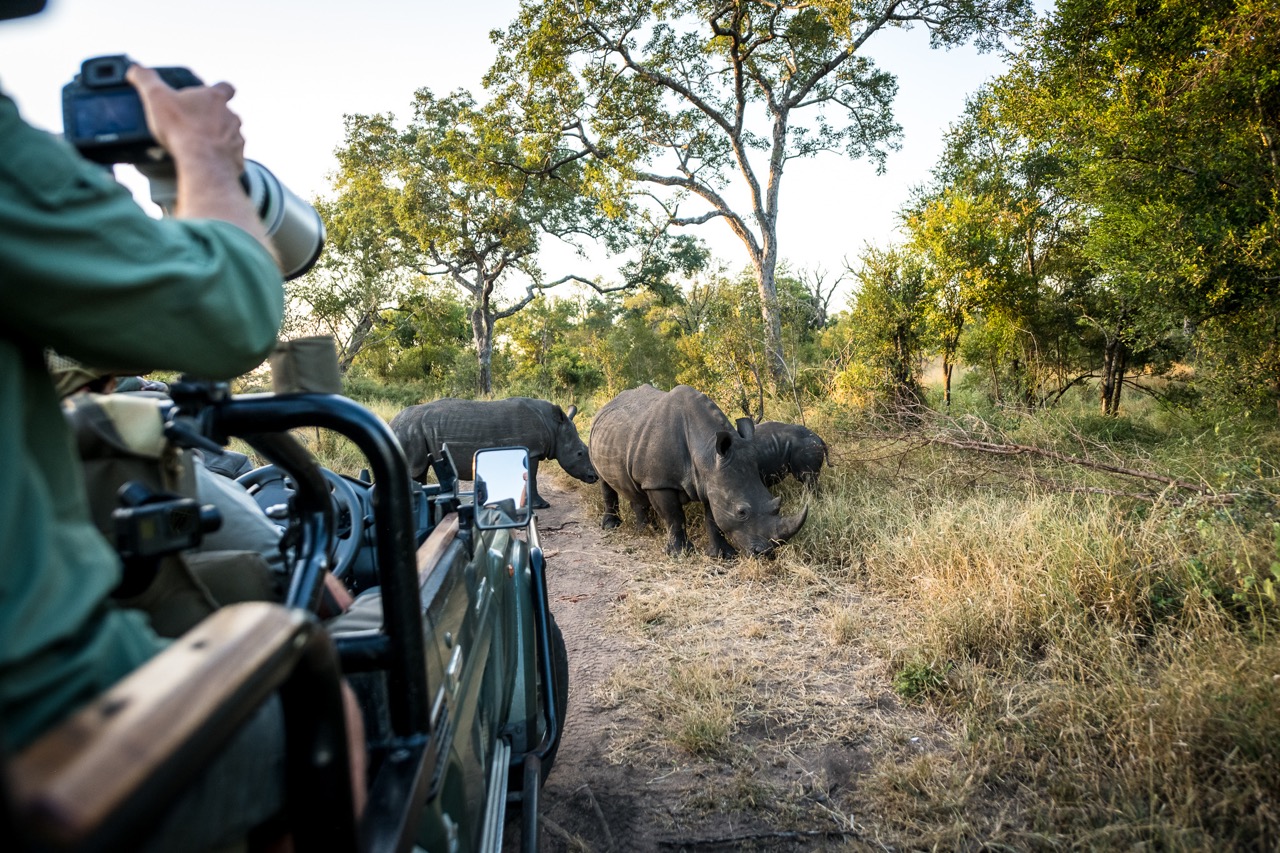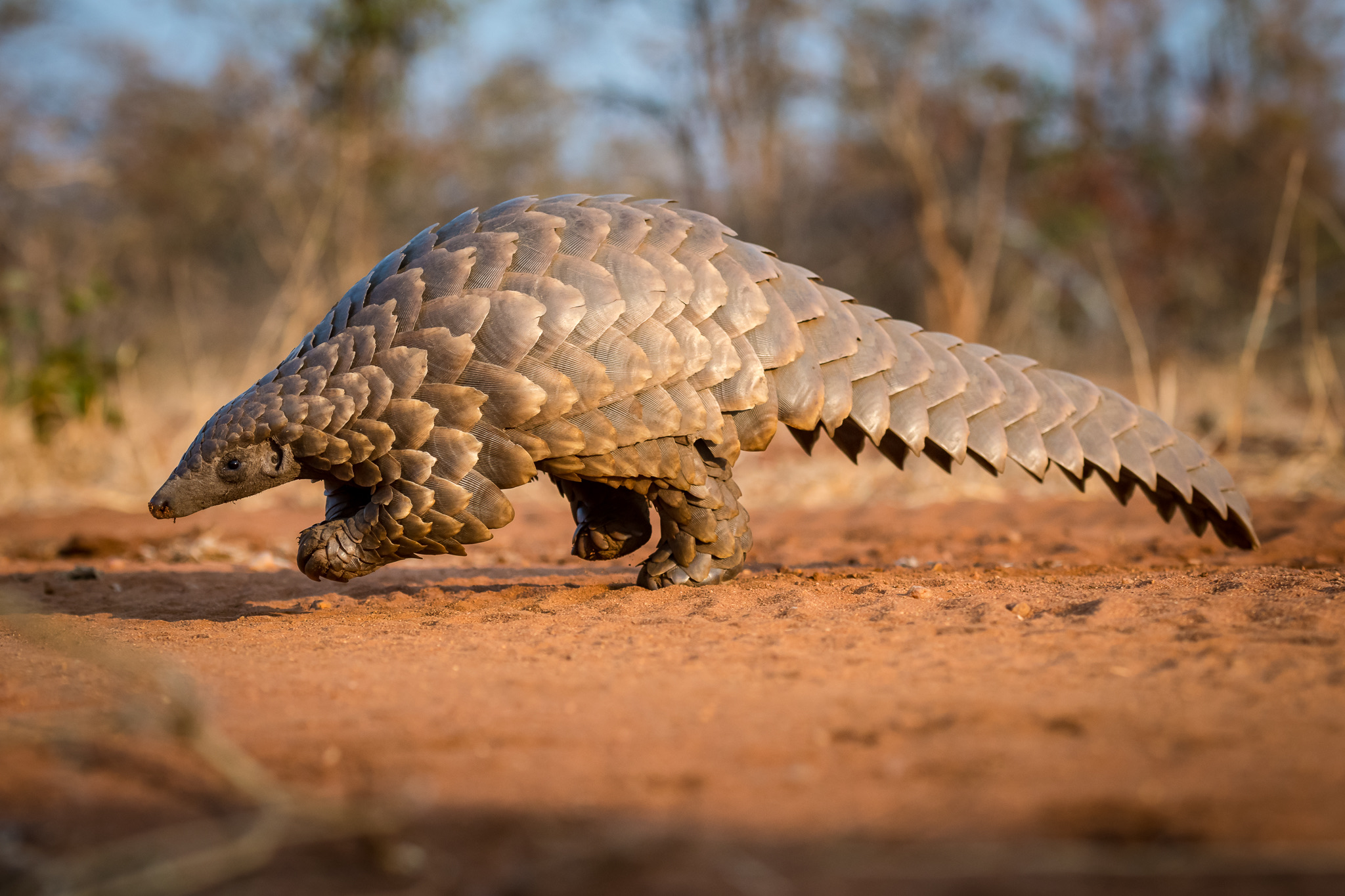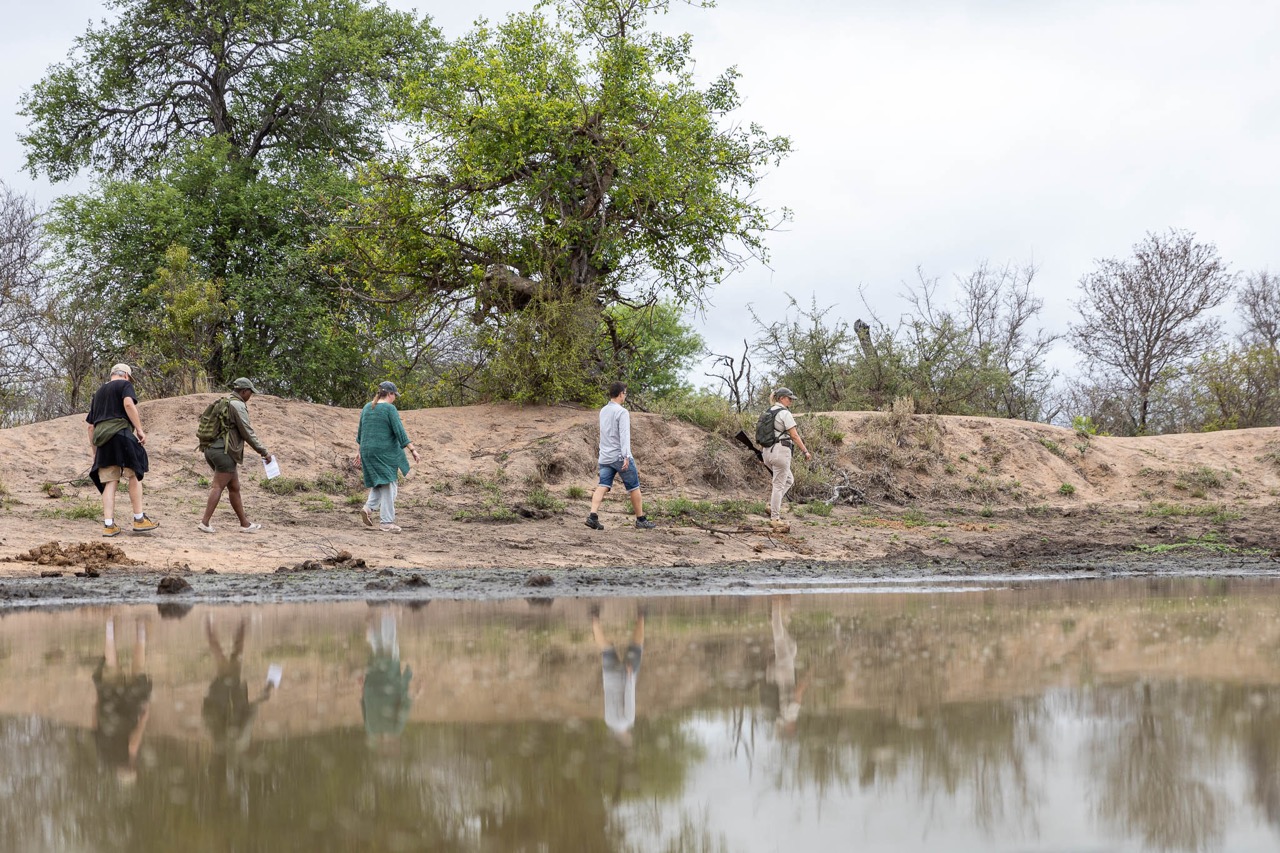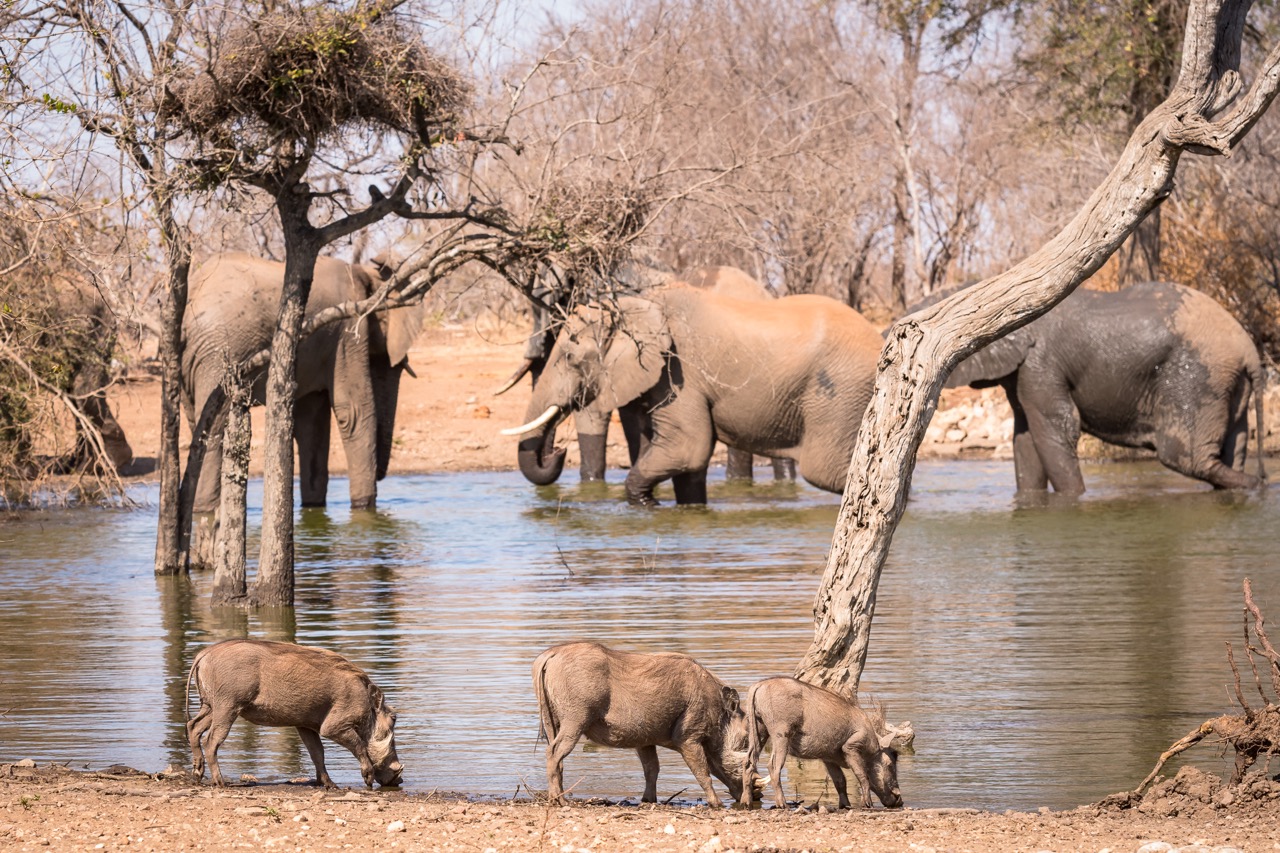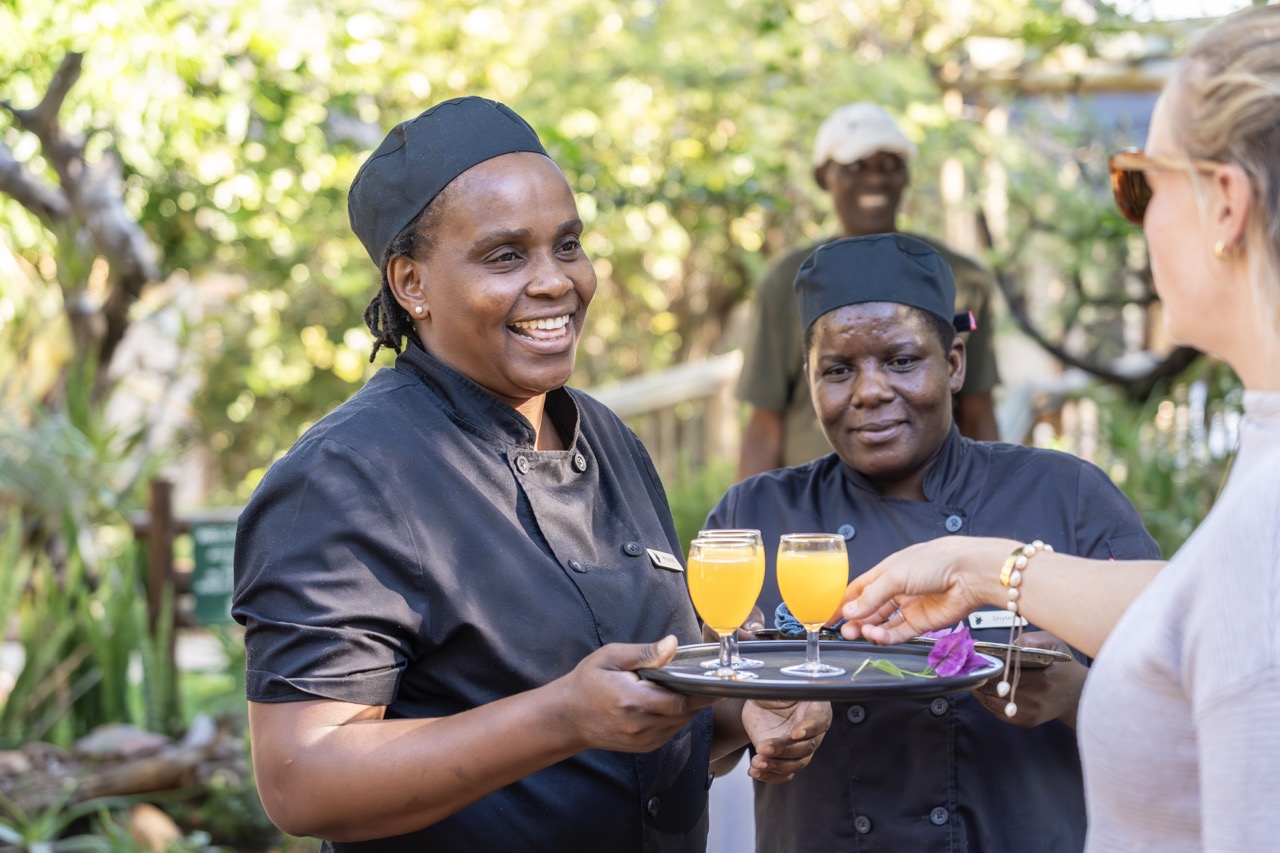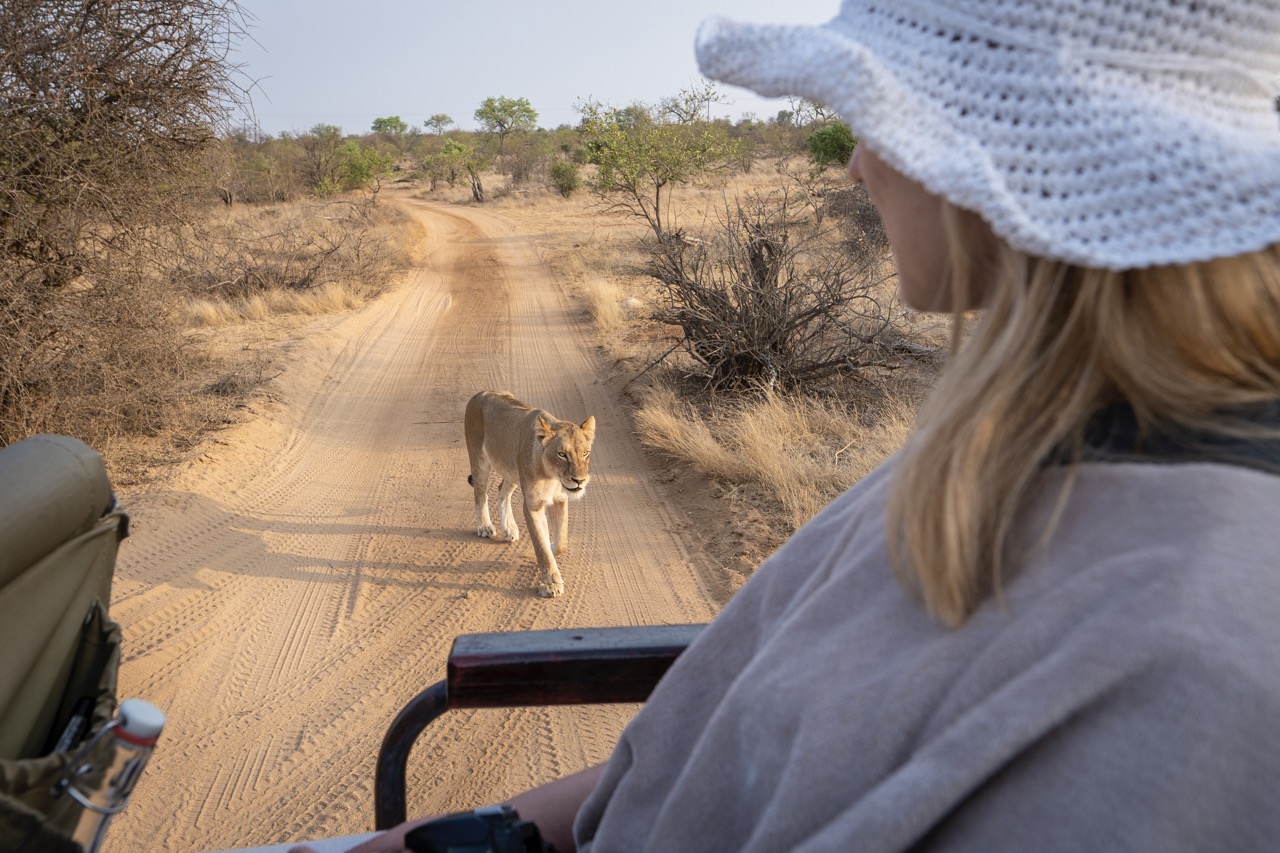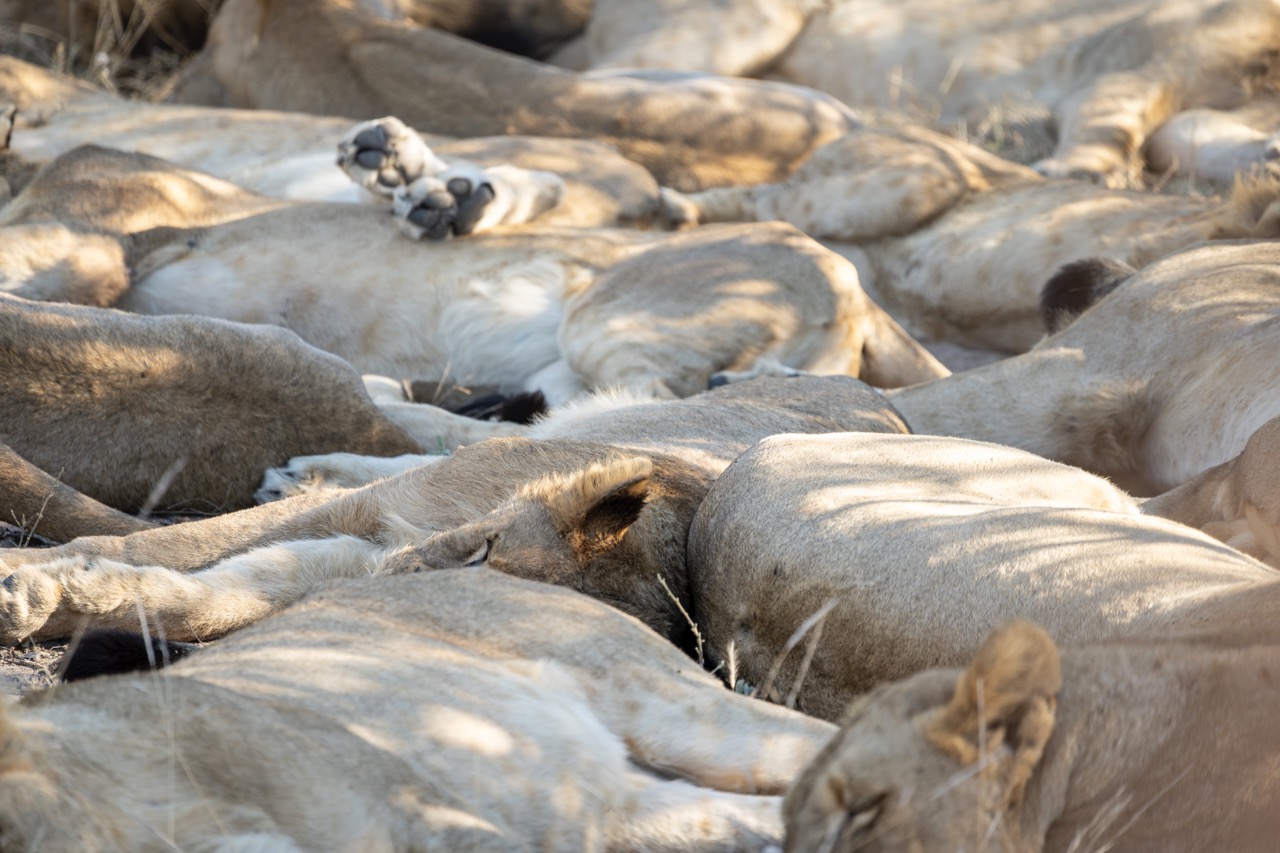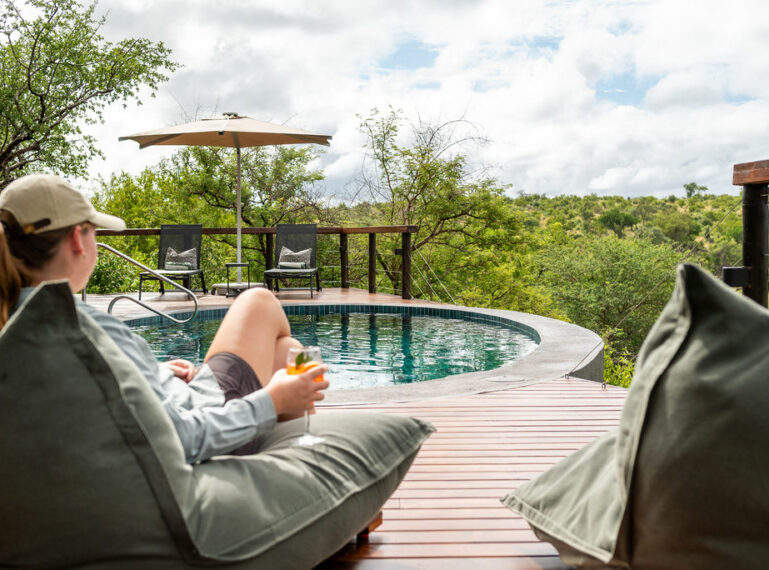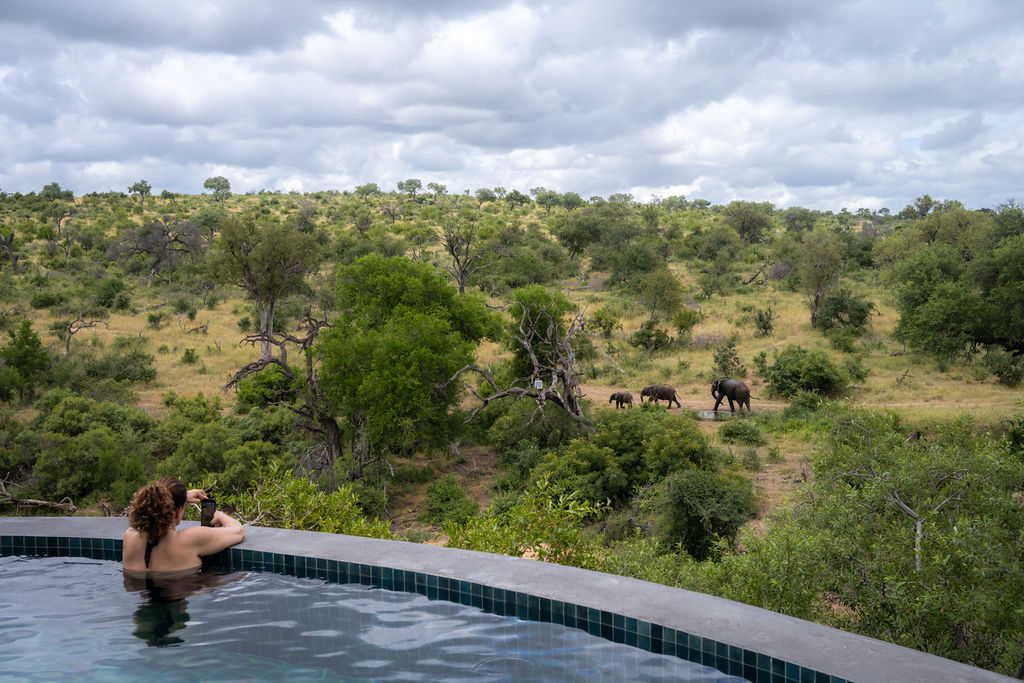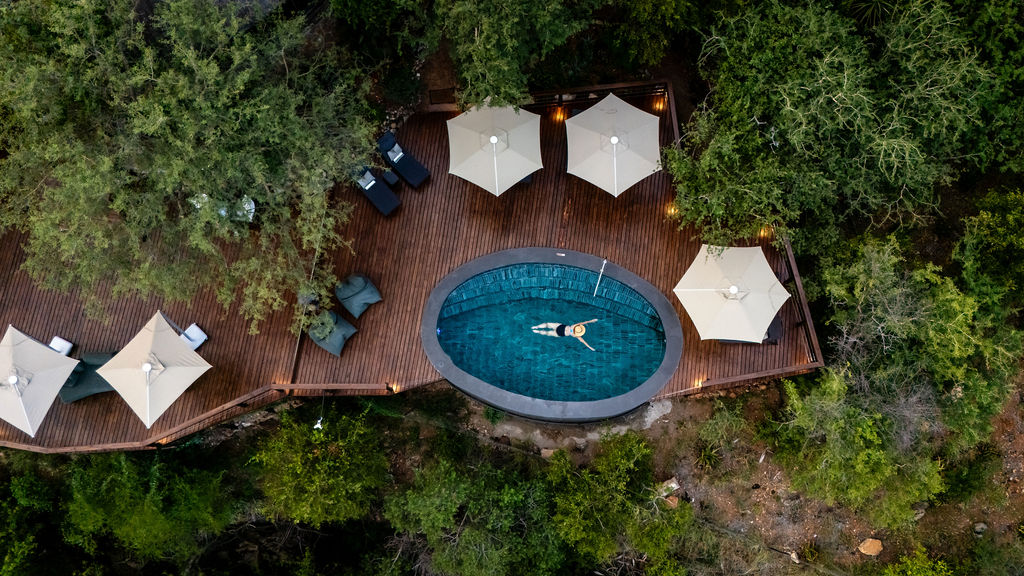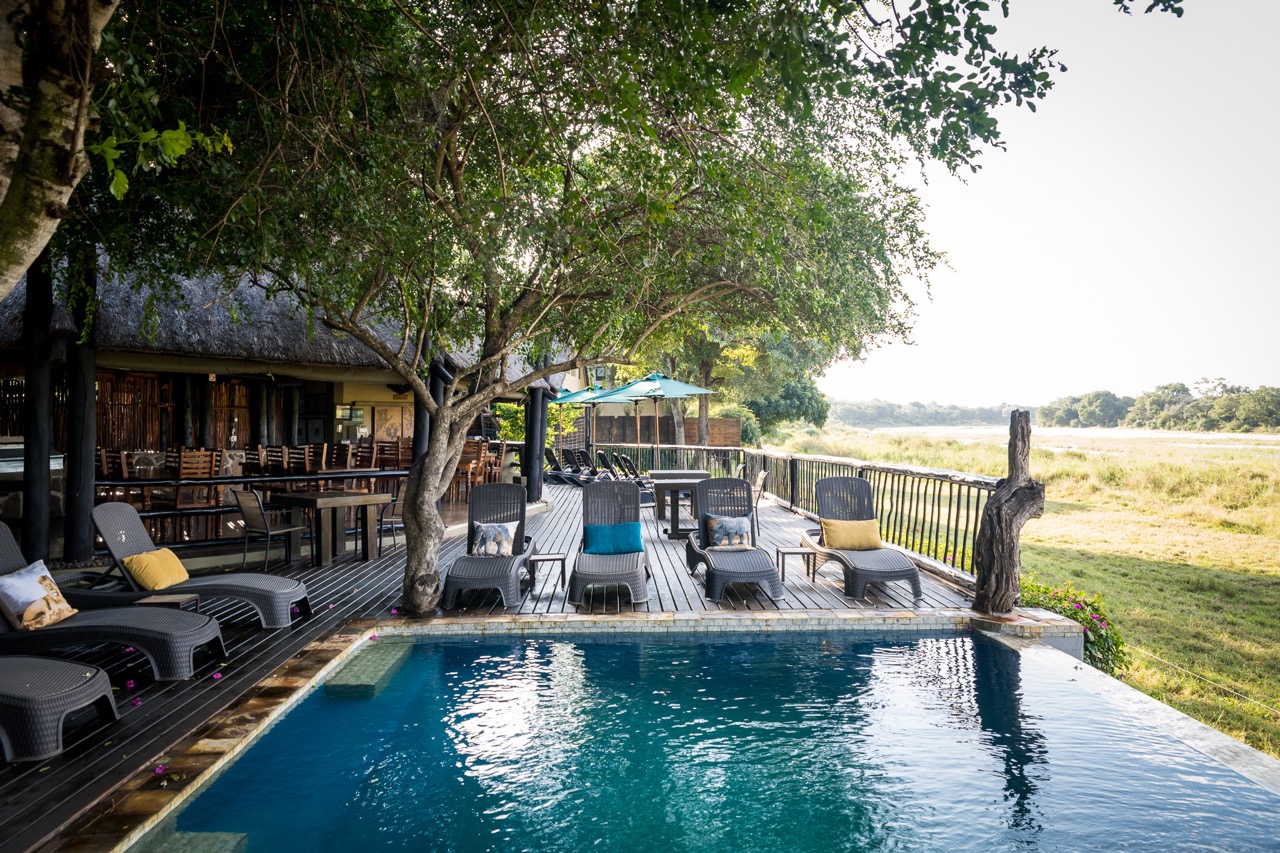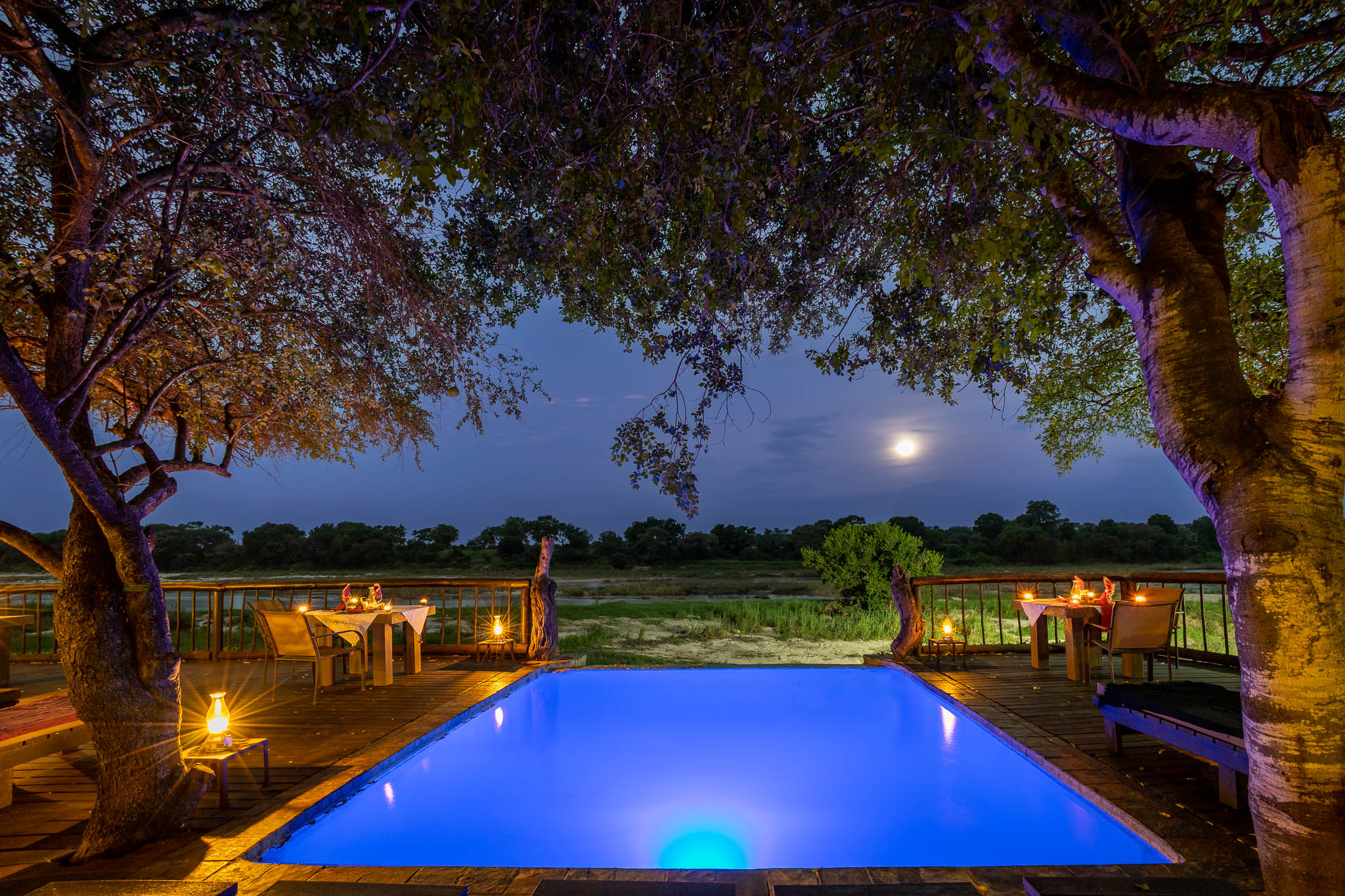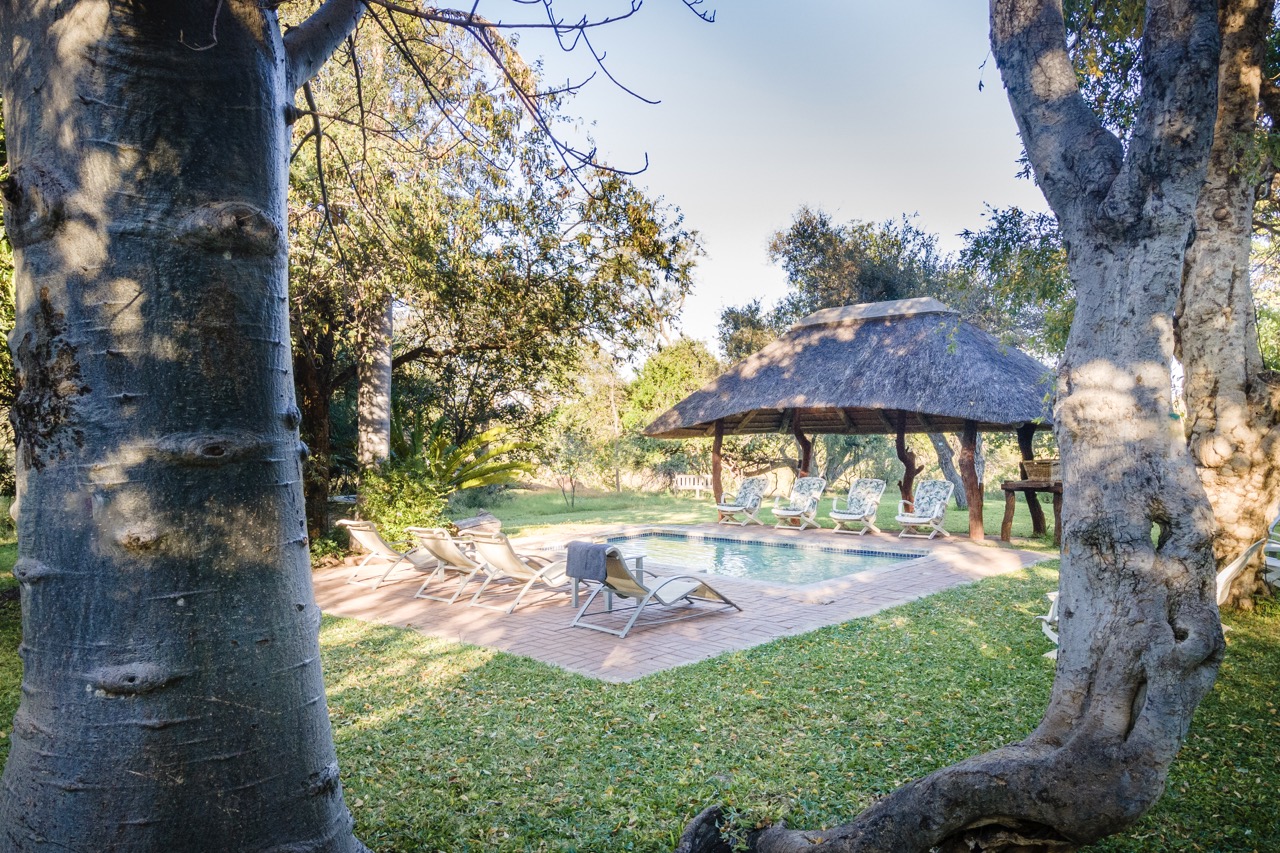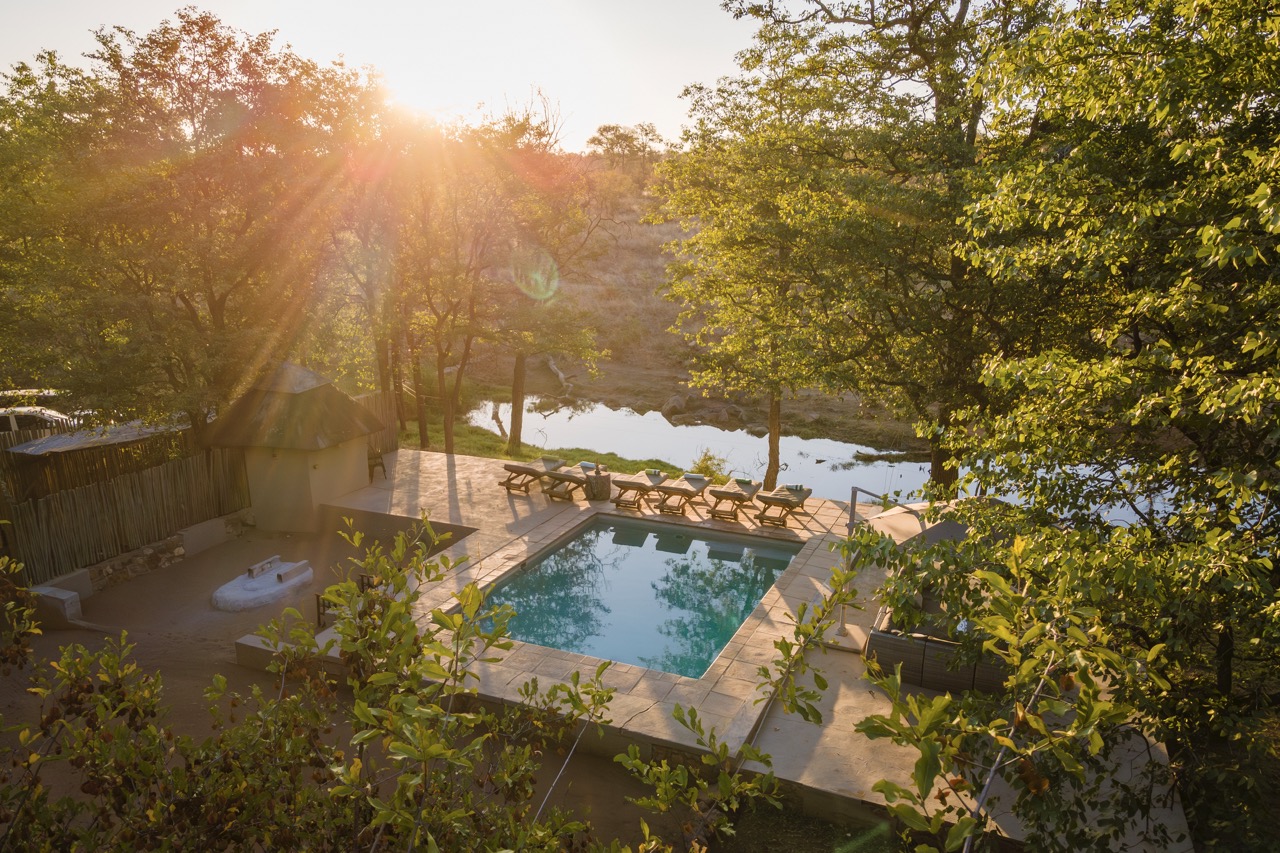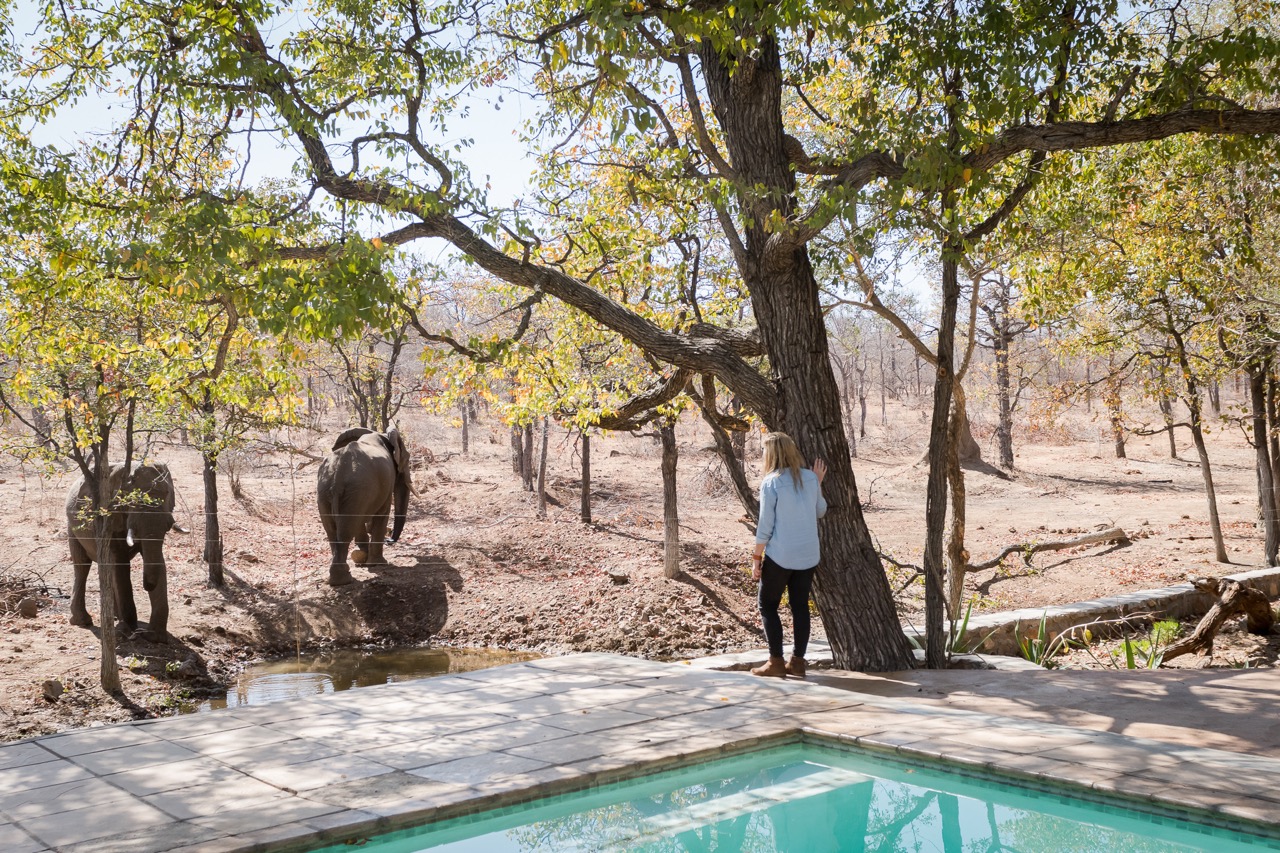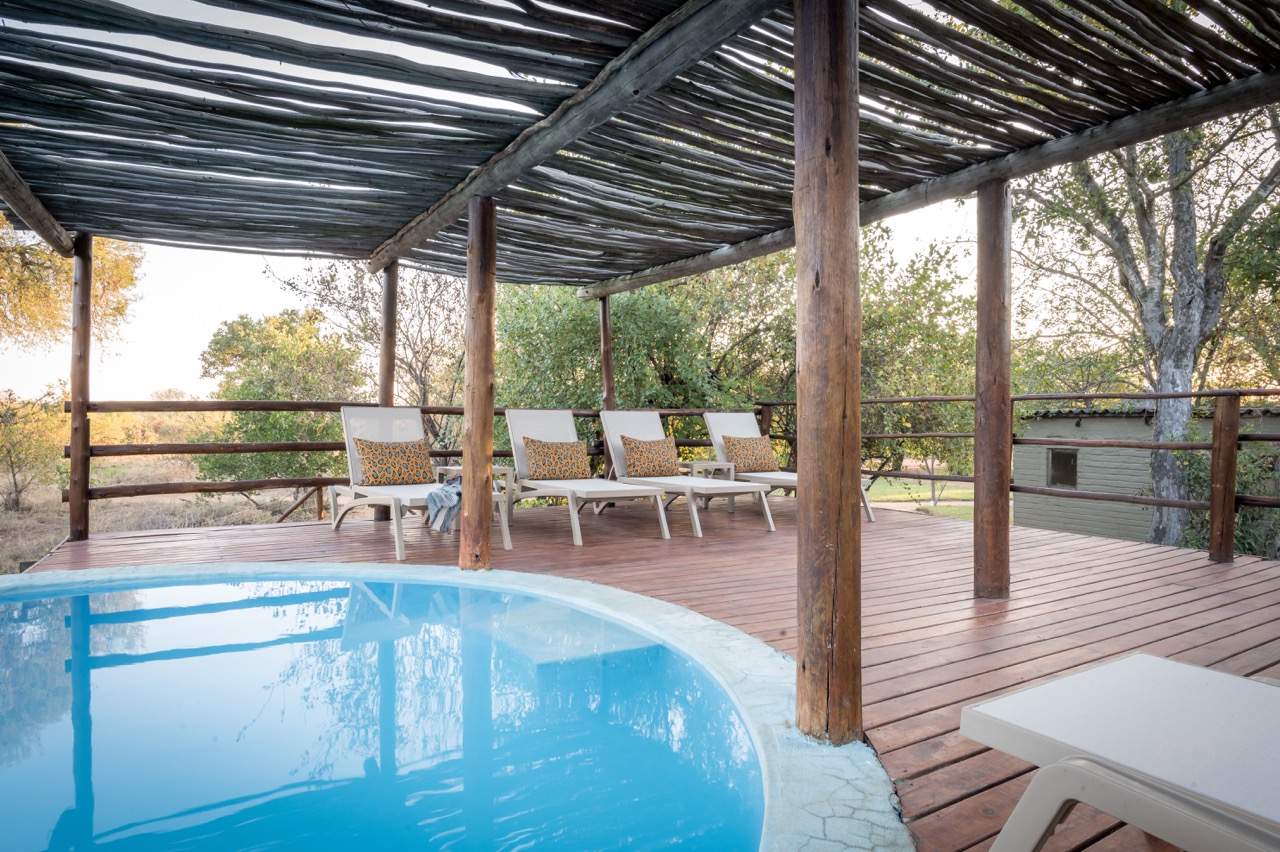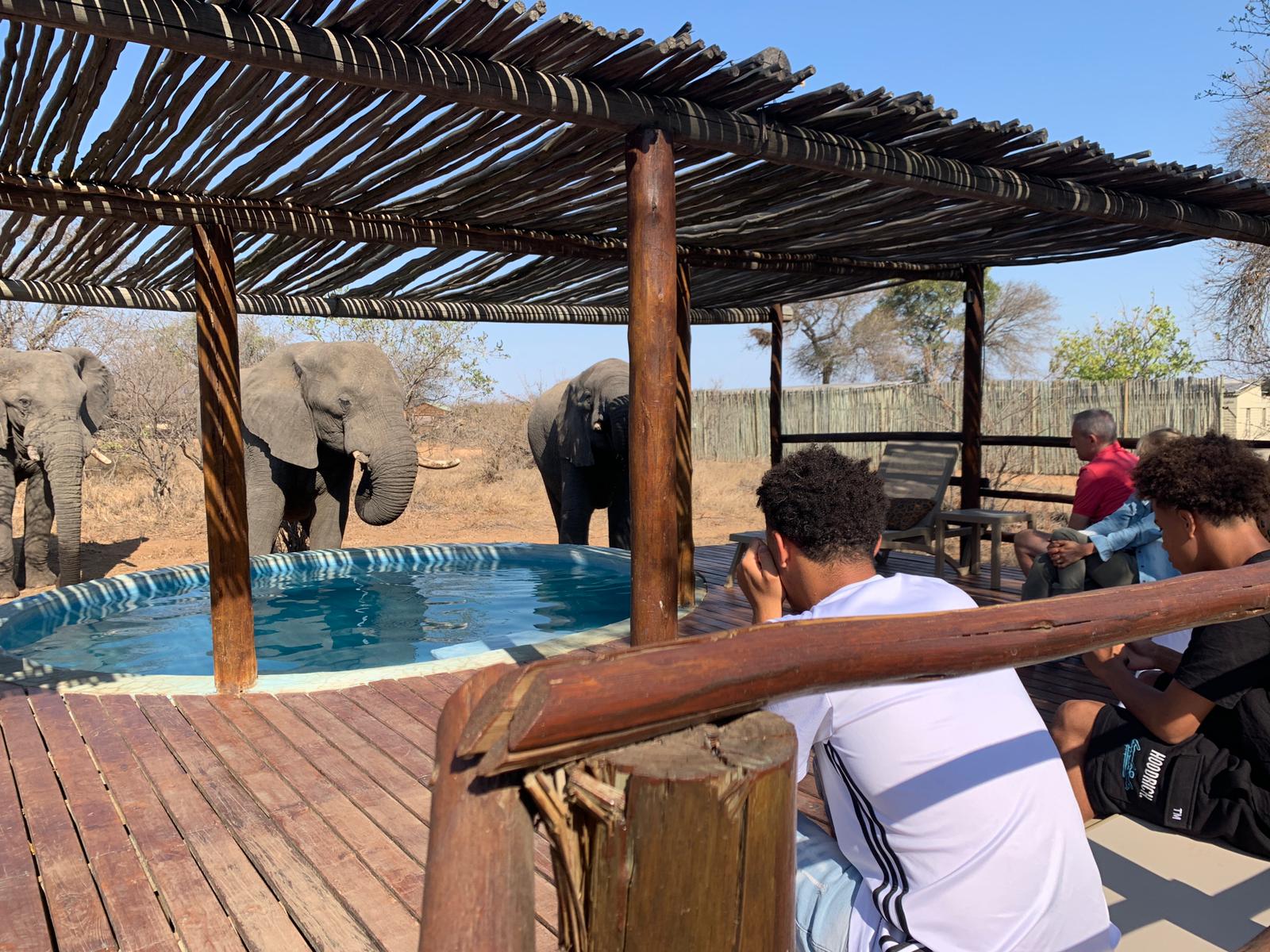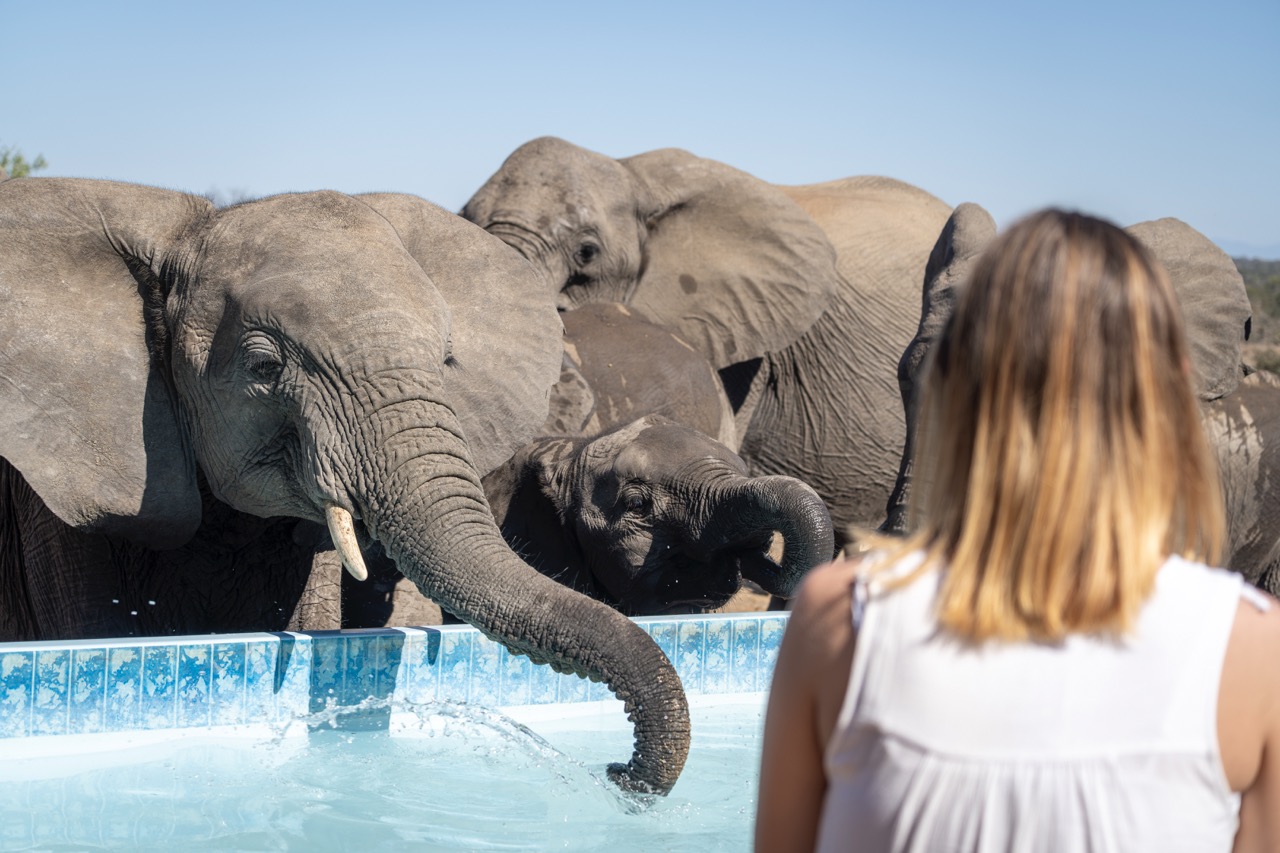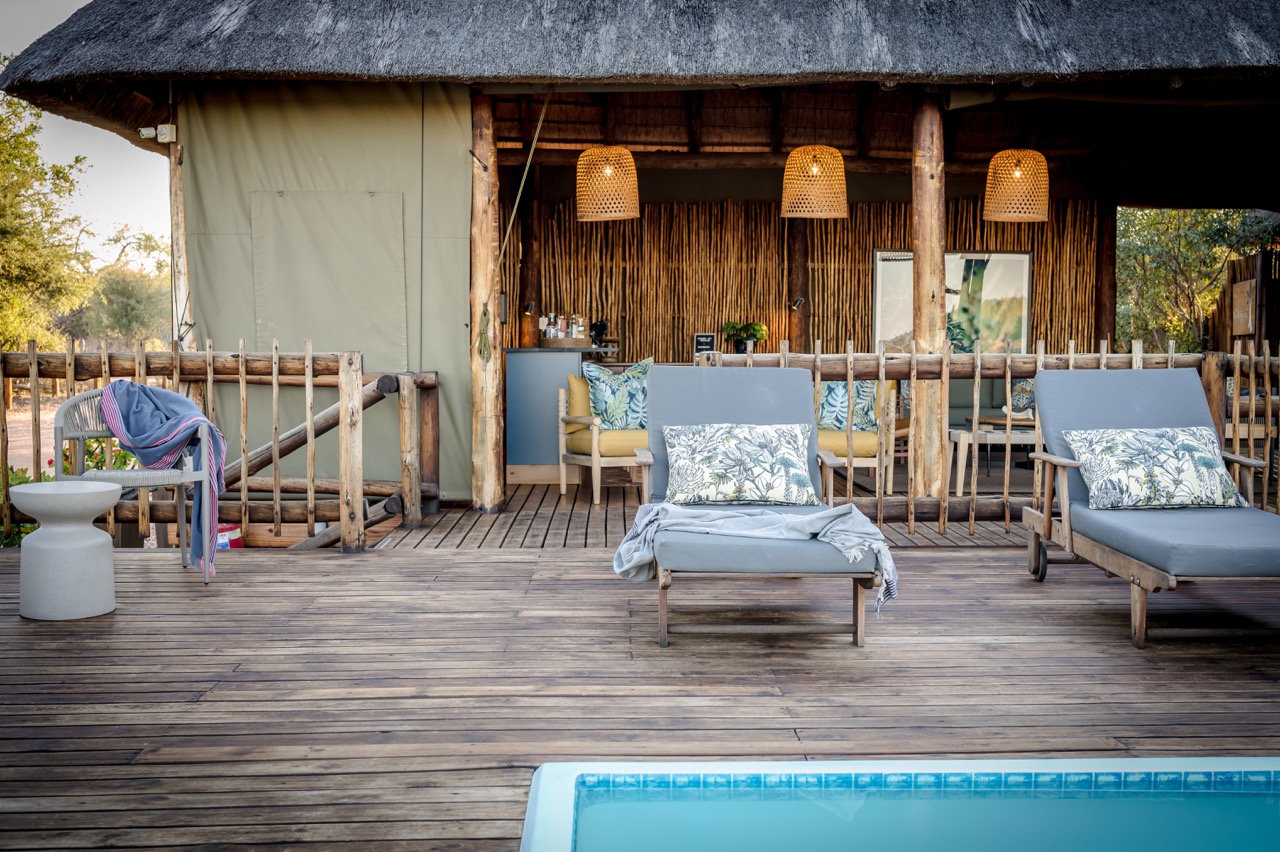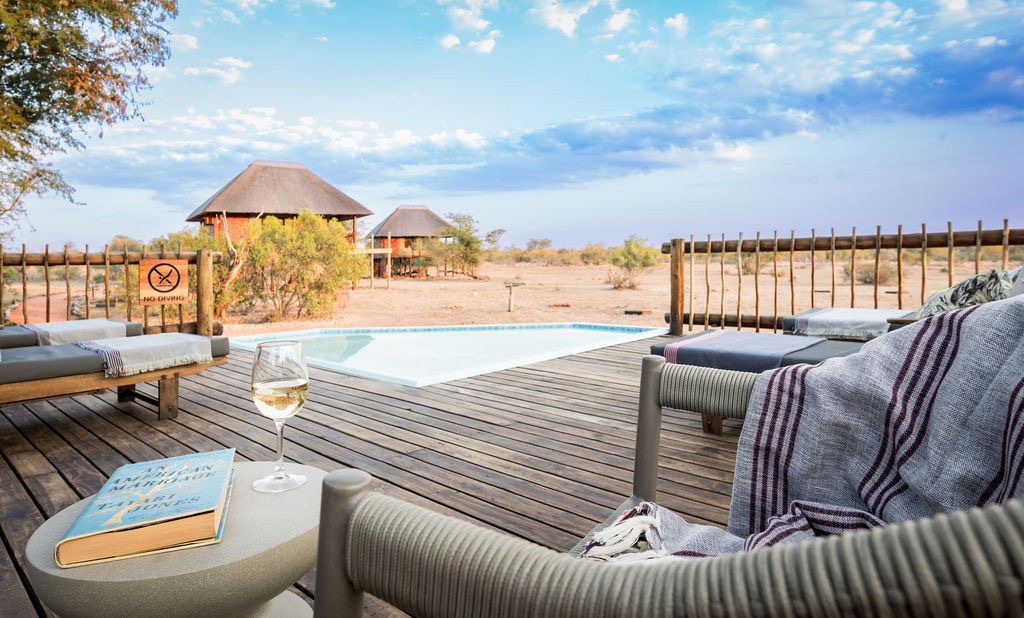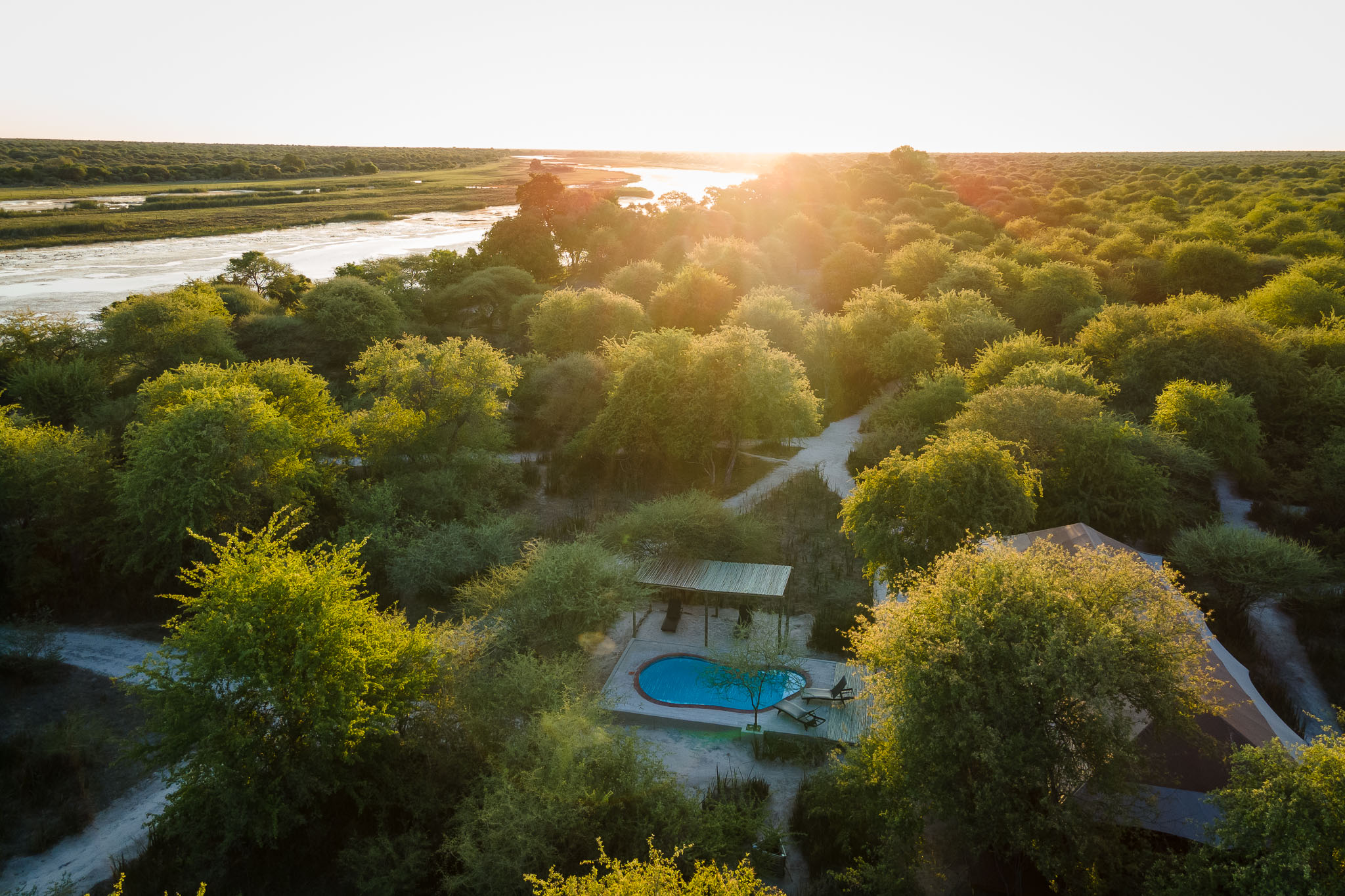
Safari Super Moms: Matriarchs of the Animal Kingdom
In the vast tapestry of our natural world, motherhood manifests in many forms. Each is uniquely adapted to ensure the continuation of life. As we honour mothers in Southern Hemisphere today, we shine a light on the remarkable female leaders of the animal kingdom, those whose diverse approaches to nurturing the next generation inspires both wonder and reflection.
From the fiercely protective elephant matriarch who guides her herd through decades of collective wisdom, to the ancient dinosaur-like crocodile who guards her nest with unwavering vigilance, to the python who creates the perfect eggs and nest and then leaves them to live out their own wild journey of independence. Each embodies a different facet of what it means to bring new life into the world.
Nature teaches us that motherhood isn’t confined or defined by a single expression.
It reminds us that our own human experiences with our mothers-whether they were constant presences, guiding lights, or complex figures in our lives—all form part of the universal story of nurturing and becoming.
An ever-present thread reminding us of our interconnectedness with nature. Not apart from but a part of.
Today, we honour this diversity. Seeing how in all its many forms, motherhood shapes our world in profound and lasting ways.
Exploring some of nature’s most fascinating maternal figures. We celebrate the many ways that female animals lead, protect, teach, and ultimately, let go…
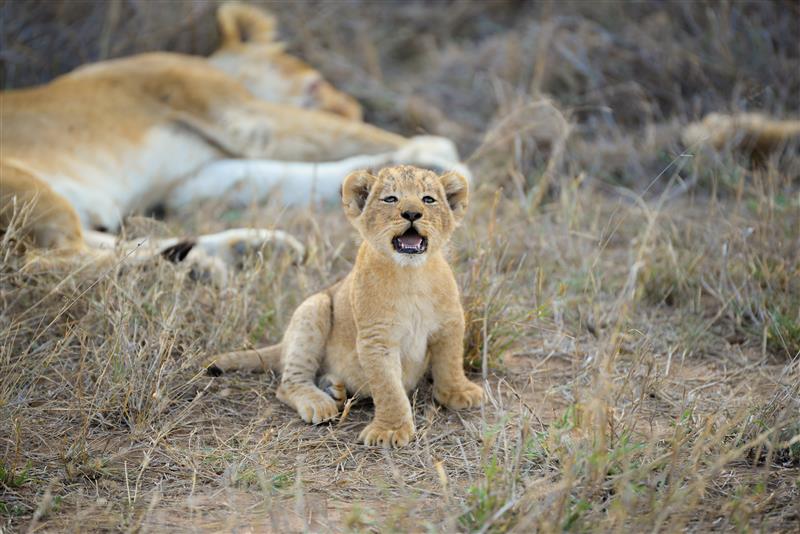 The Wisdom of Elephants
The Wisdom of Elephants
The most well known and impressive matriarchal societies in the animal kingdom is the African elephants.
Led by the oldest (and often largest) female, elephant herds rely on their matriarch’s wisdom and experience to navigate their wild world. When people speak of an elephant’s memory, it is because of this fact. An elephant matriarch is a repository of crucial knowledge about migration routes, water sources, and safe passages. It can mean the difference between life and death during droughts for her and her family. Her decades of experience and extraordinary memory support the entire herd.
 Herds are a multi-generational family of 6 to 12 members, most of which are her offspring, her sisters, and their offspring. Young female elephants begin learning leadership skills early by “babysitting” calves. This crucial development ensures they will learn the necessary leadership skills when it is their turn to lead.
Herds are a multi-generational family of 6 to 12 members, most of which are her offspring, her sisters, and their offspring. Young female elephants begin learning leadership skills early by “babysitting” calves. This crucial development ensures they will learn the necessary leadership skills when it is their turn to lead.
Matriarchs express their dominance in both competitive and cooperative situations. Though traditionally thought of as autocratic, making most decisions and leading docile “followers,” research shows that any member of a family may make suggestions about plans of action.
“Most successful matriarchs are not self-appointed females who force their way into the position, but are instead chosen by other members of the family – often because of her age and/or perceived wisdom.” Read more here.
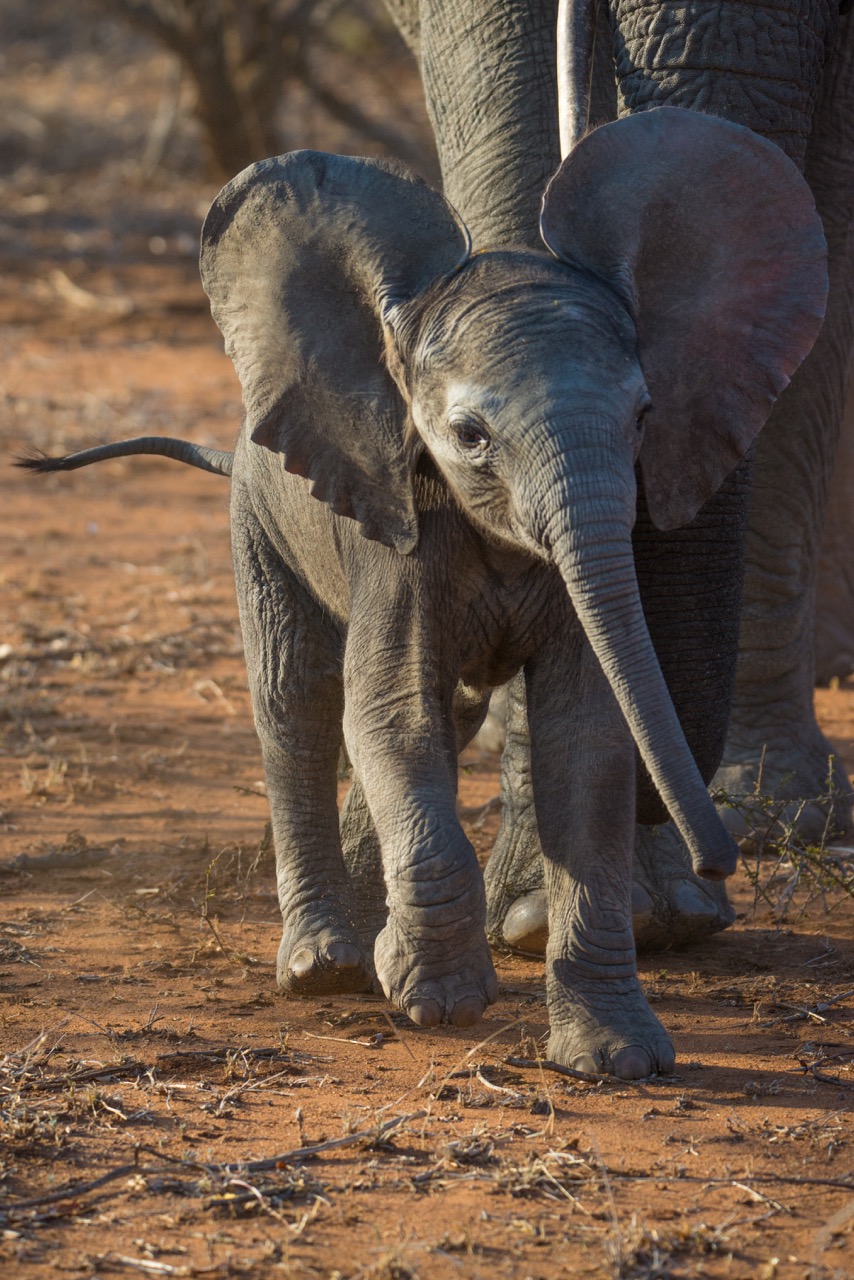 Spotted Hyenas
Spotted Hyenas
We’ve spoken about how hyenas have got a bad reputation (read our previous post on The Most Misunderstood African Animals here) Disney’s villains are, in fact, remarkable and fascinating creatures. They have one of the most complex and interesting social structures in the mammal world. Their clans are led by an alpha female who establishes the social hierarchy of the entire group.
Female spotted hyenas give birth through their narrow pseudopenis (an enlarged clitoris), which often tears during first births and can lead to fatal complications. Females make males work incredibly hard before mating for this reason. When cubs are born, they immediately enter a highly competitive environment. Spotted hyena mothers don’t intervene when same-sex cubs fight, even when these fights become severe or fatal. Hierarchy/status is often passed down through the mother and what may seem harsh to us is a survival tactic and from an evolutionary perspective, it ensures that at least one strong offspring survives rather than potentially losing both to resource scarcity.
Spotted hyenas are however dedicated mothers in their own way. They nurse cubs for up to 18 months and defend them fiercely against predators. Spotted hyenas have a unique communal den system. While females initially give birth in isolated dens, they later move their cubs to a shared “kindergarten”. Although there may be many cubs from different mothers in the communal den, each mother nurses only her own cubs.
Baboons
Baboons have been studied extensively to gain insights into early human evolution and behavior due to certain similarities in their adaptations to diverse environments.
Helicopter parents take note! Research, particularly on yellow baboons by Jean Altmann, has identified two distinct maternal styles: permissive and restrictive. Permissive mothers stop restraining their infants at a younger age (around 0.5 months) compared to restrictive mothers (around 2.25 months).
Interestingly, permissive mothers tend to be higher-ranking females, with an average rank of 6, while restrictive mothers have an average rank of about 11. This suggests social status influences maternal style, though the exact reasons aren’t fully understood. “
Read more on this fascinating research here.
Female baboons typically give birth after a six-month gestation period, usually to one infant. Females are the primary caretakers, though several females may share duties for all offspring.
Allomothering, or care provided by individuals other than the mother, is an important aspect of baboon social systems. For mothers, allomothering reduces the time and effort allocated to infant care, allowing them to increase their foraging efforts and efficiencies.
Just like humans, baboons benefit from communal care structures. The saying ‘it takes a whole village’ to raise your children applies seemingly, not only to us, but to baboons and other primates too.
Allomothering appears to help nulliparous (females who have never given birth) develop mothering skills. Studies on vervets found that first-time mothers with high alloparenting experience raised 100% of their first offspring to maturity, while those with low experience had less than 50% survival rate of their first infant.
The Queen Bee
No discussion of matriarchal societies would be complete without mentioning honey bees. The entire hive revolves around the queen, who is the mother of nearly every bee in the colony.
The queen bee is one of the most complete examples of female reproductive dominance. The entire social structure of the hive exists to support her reproductive capacity and the continuation of the colony.
Isn’t that sweet?
